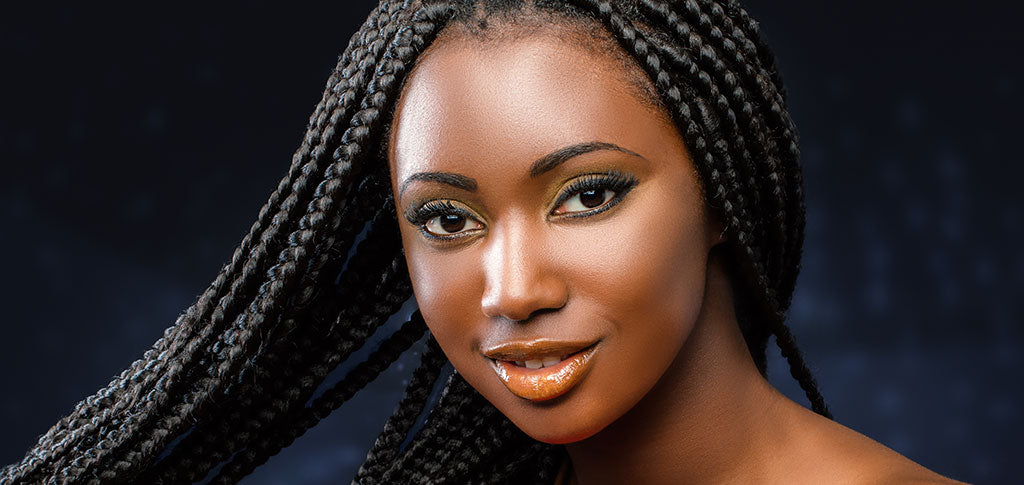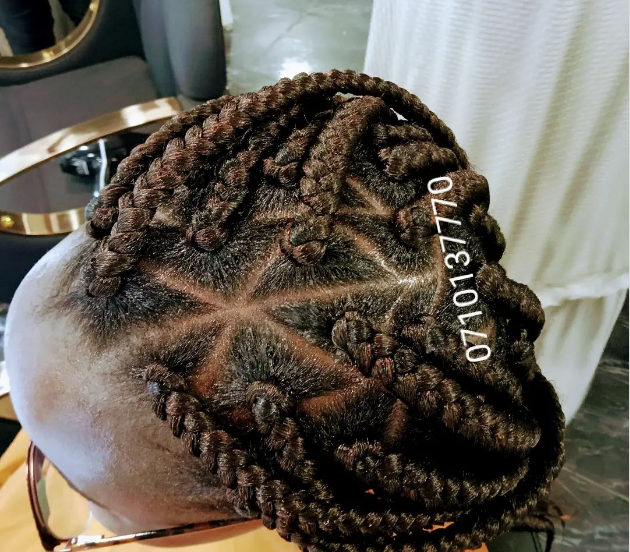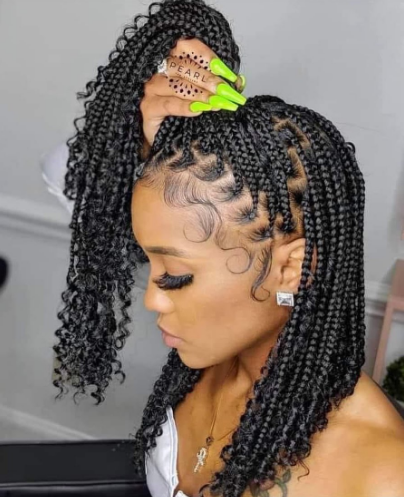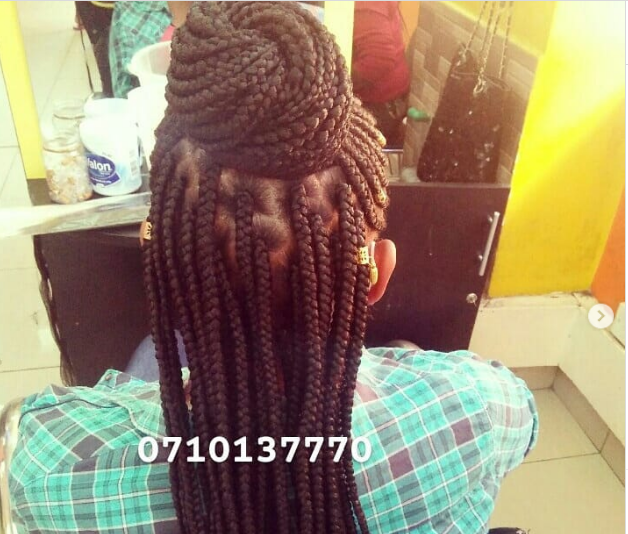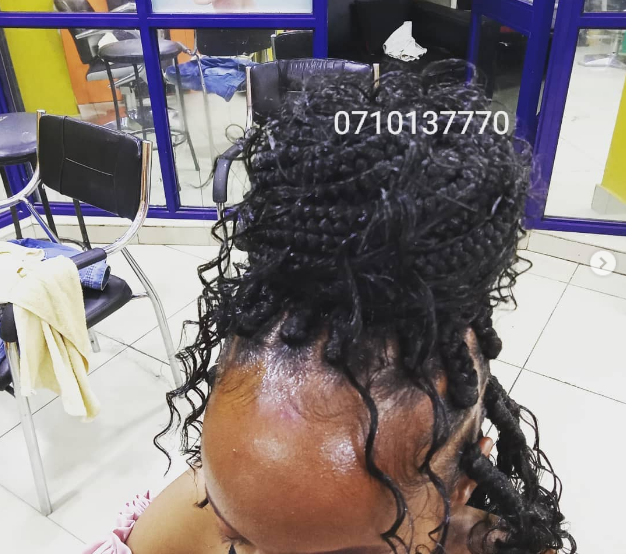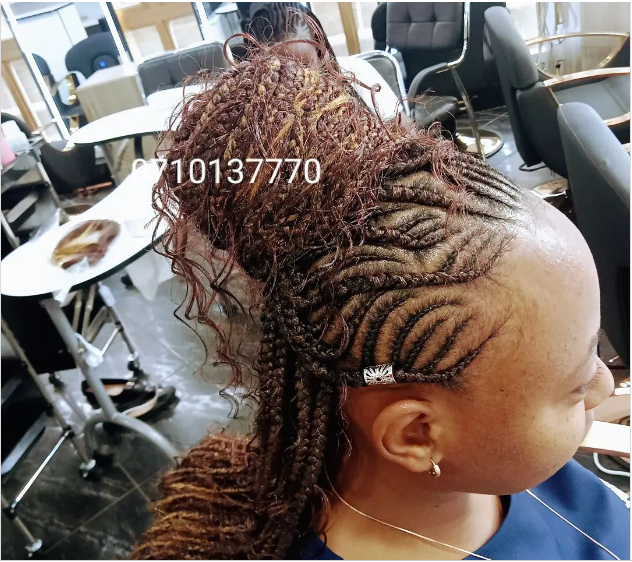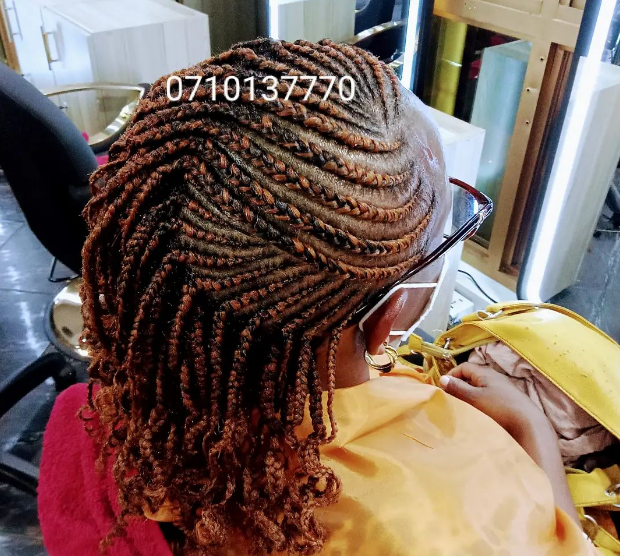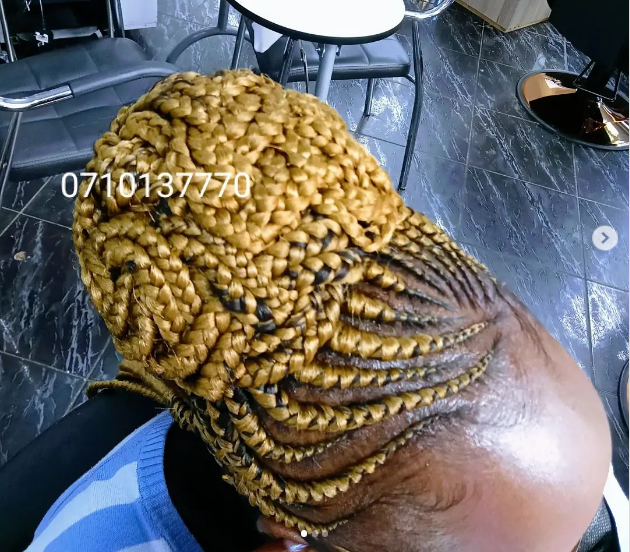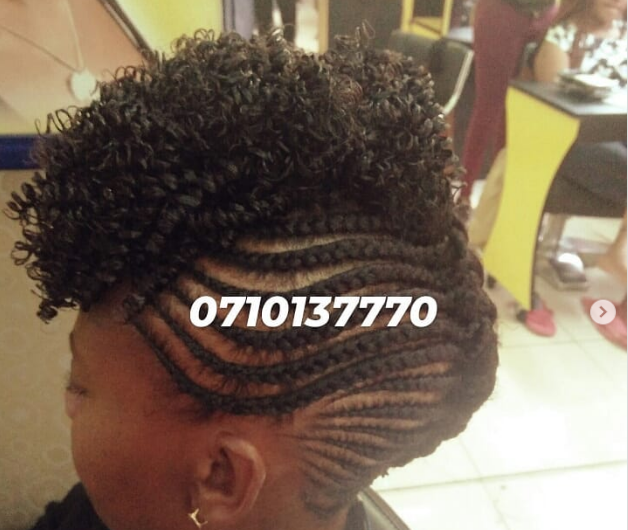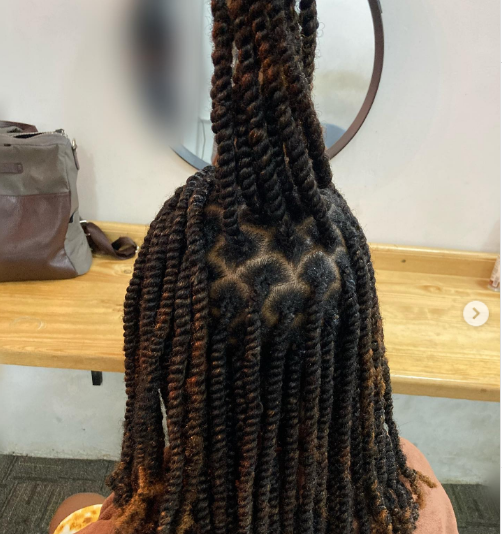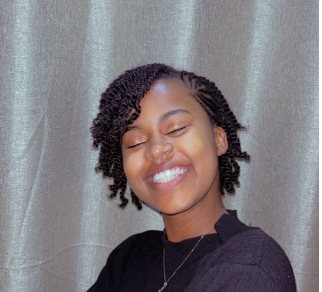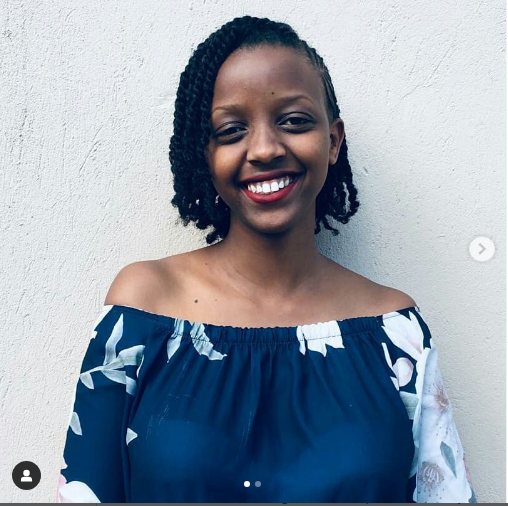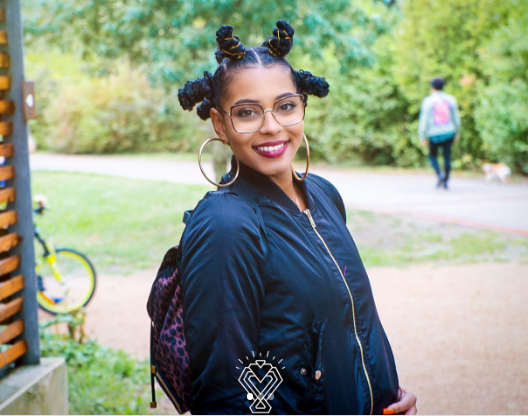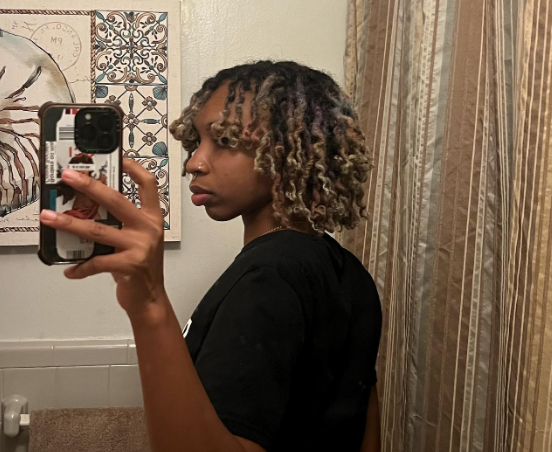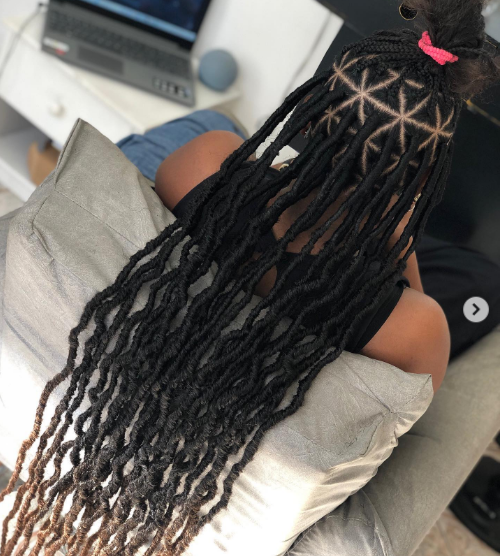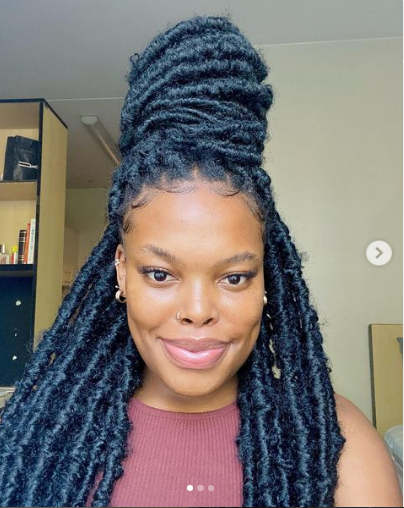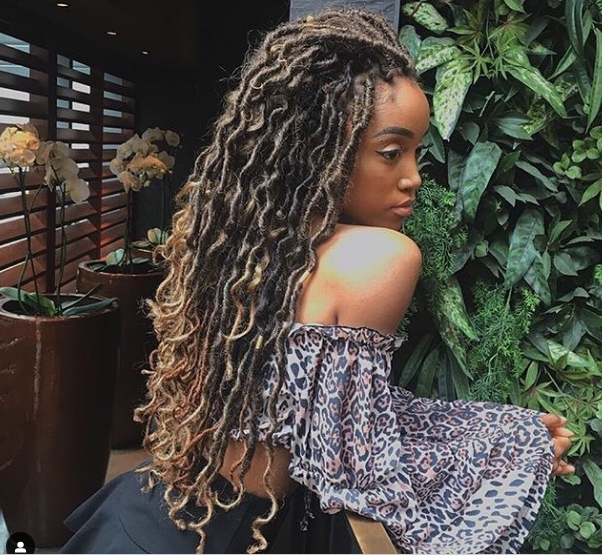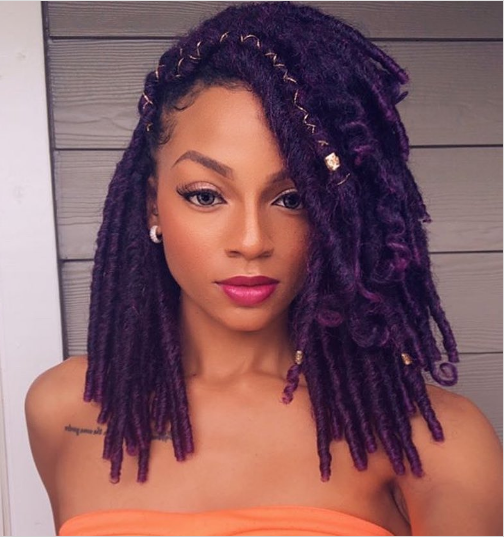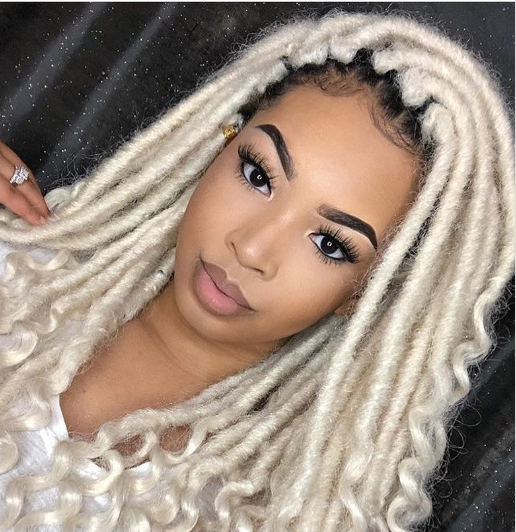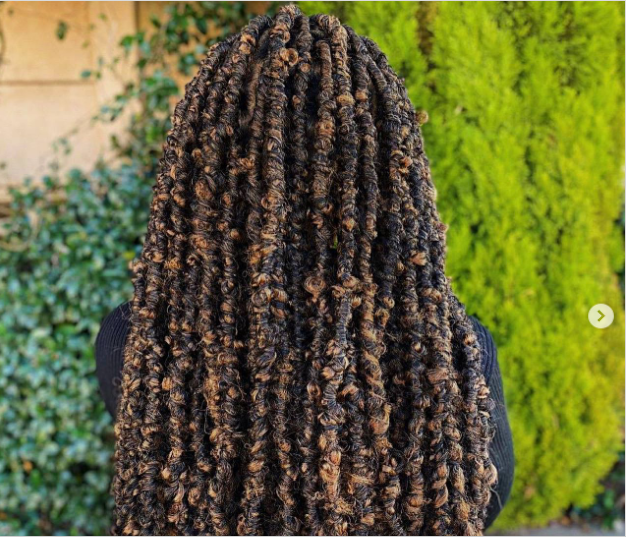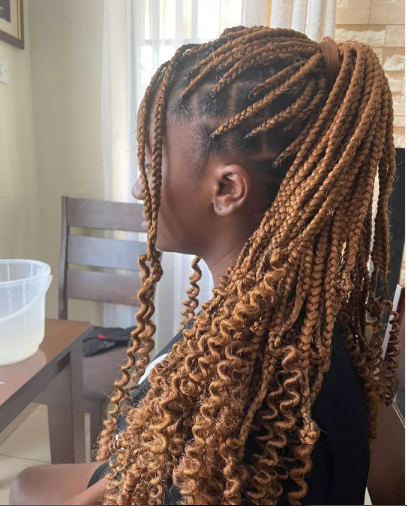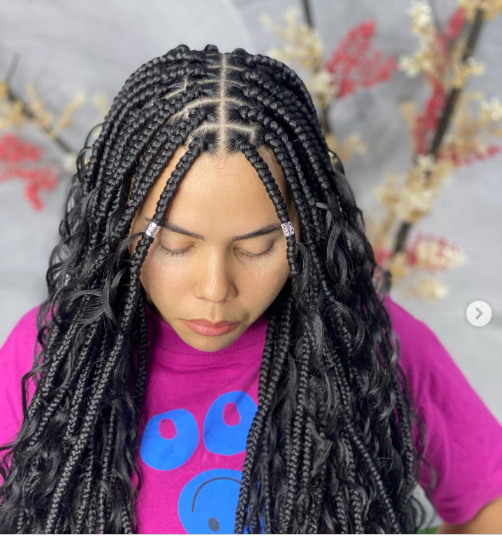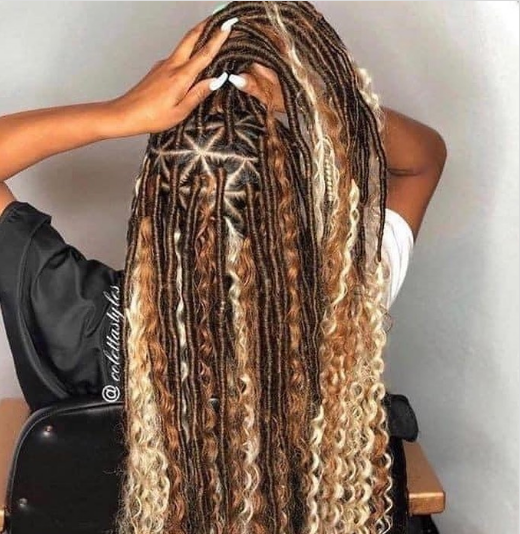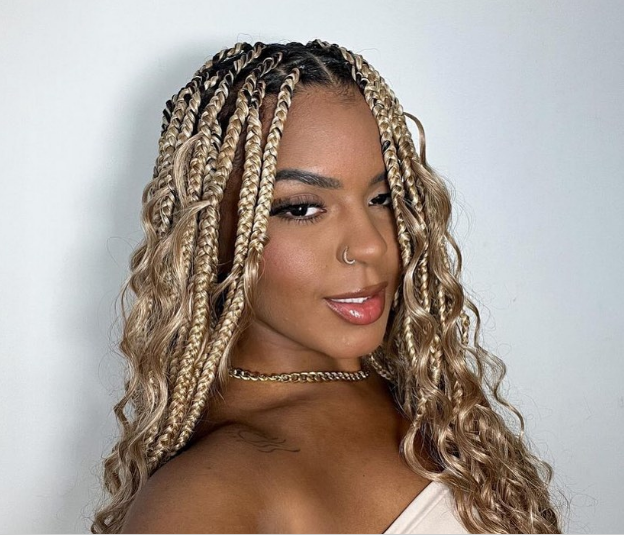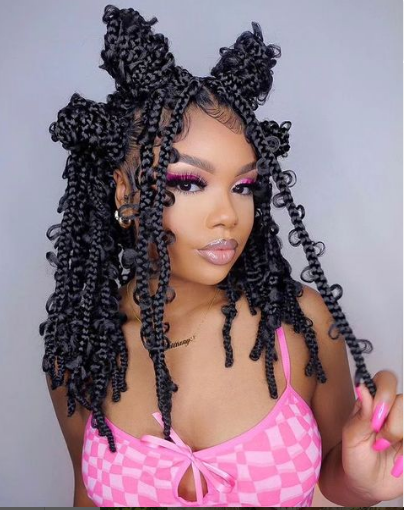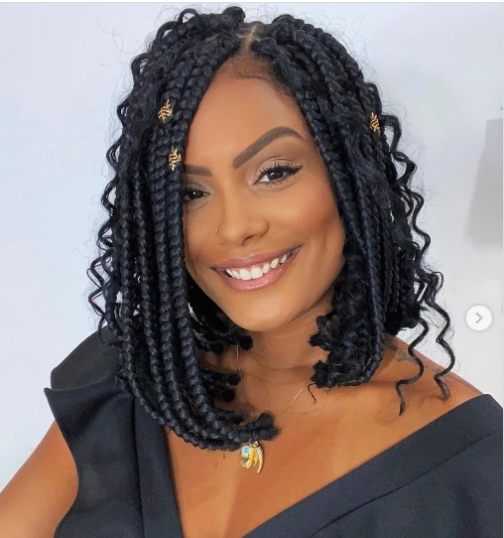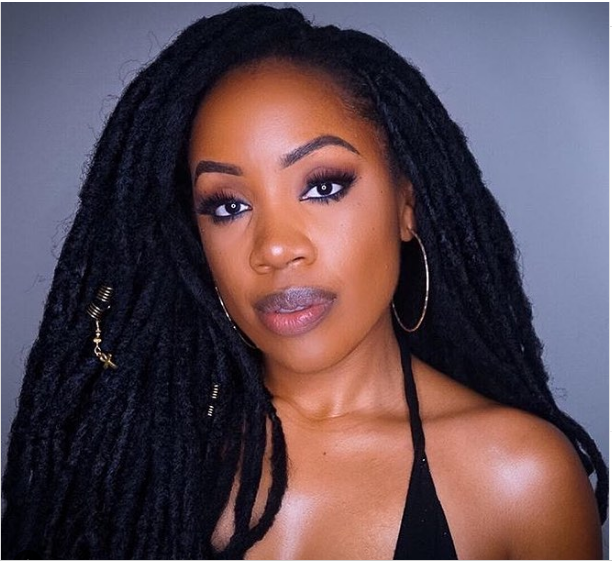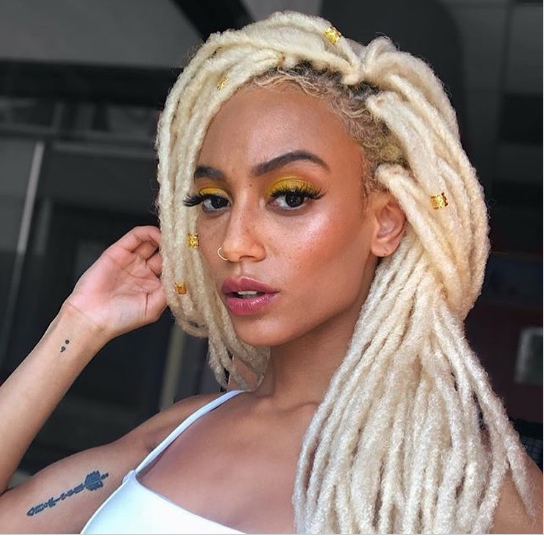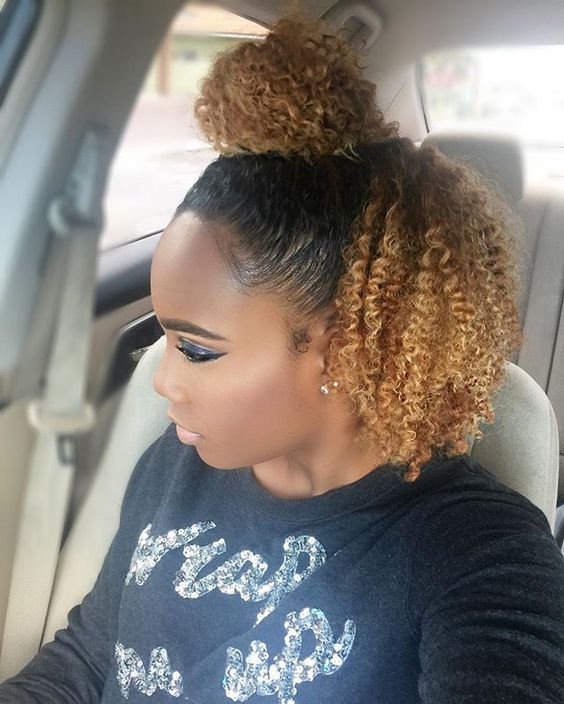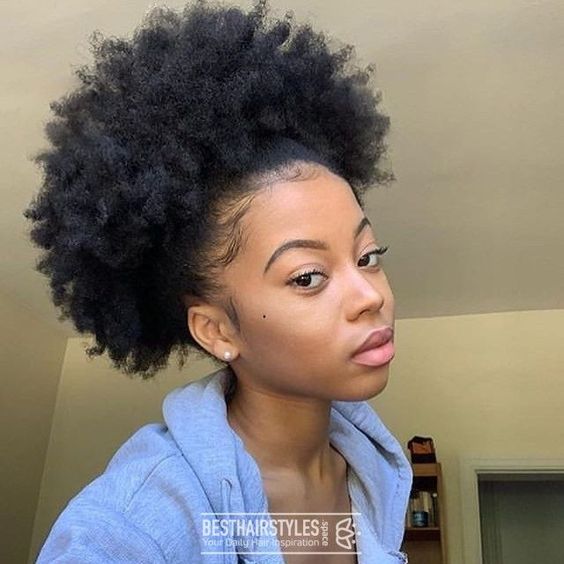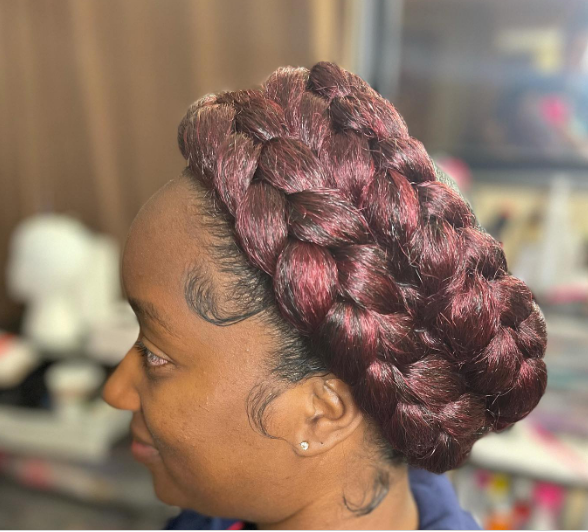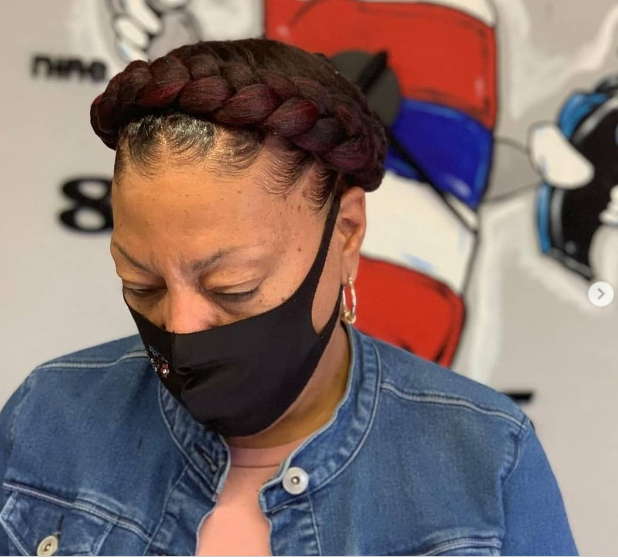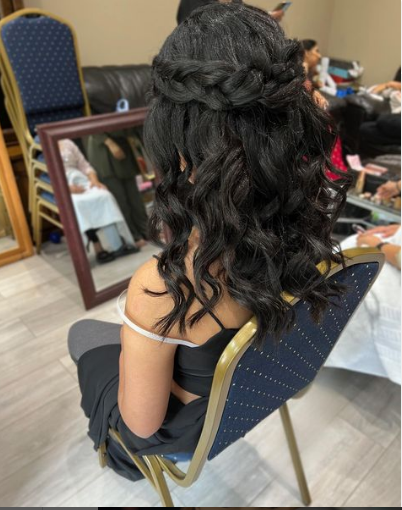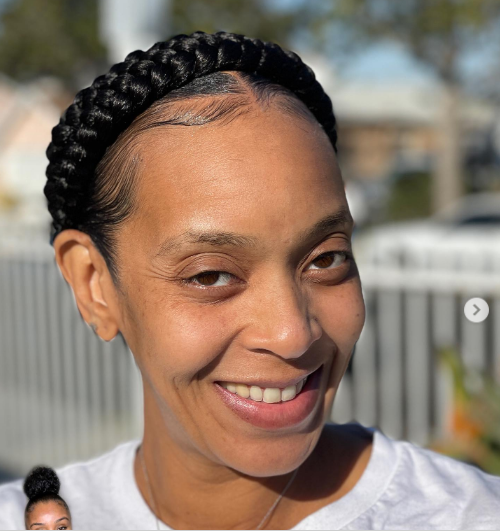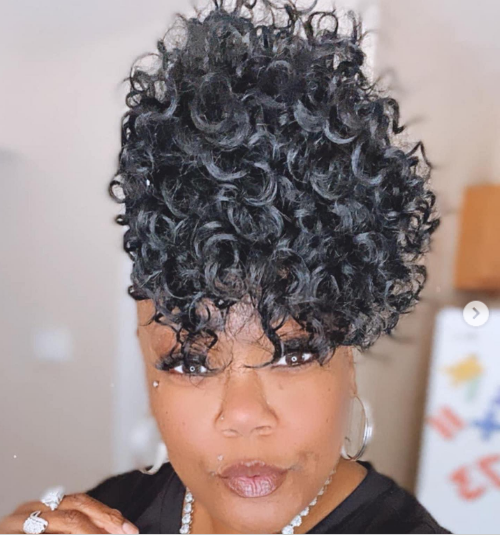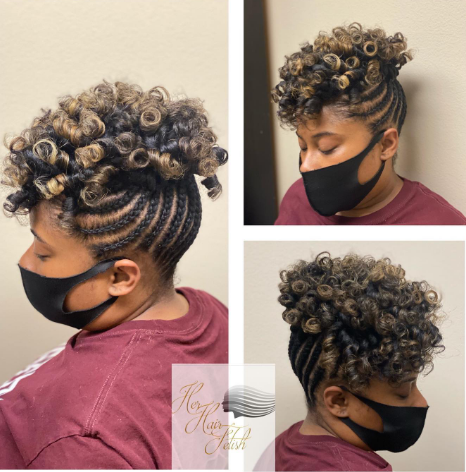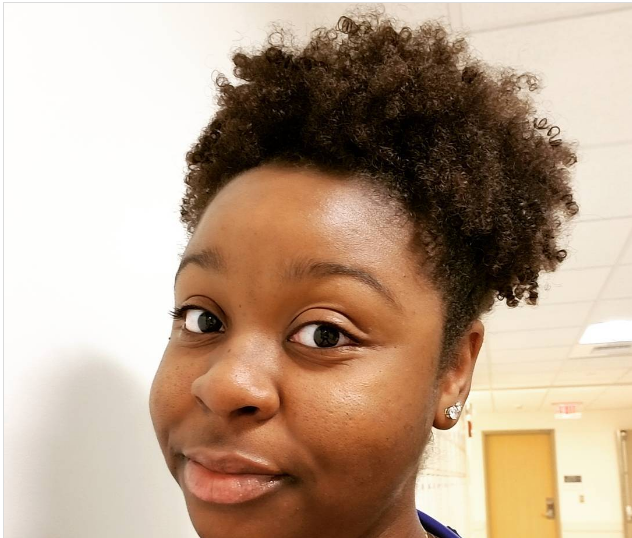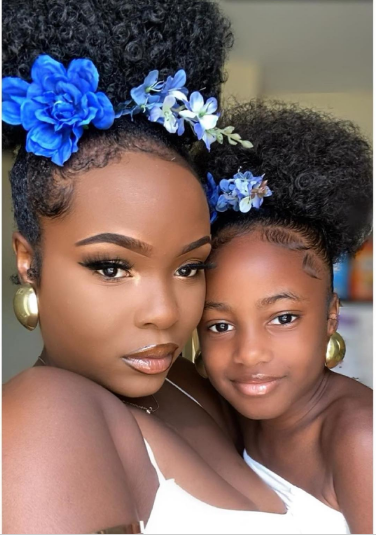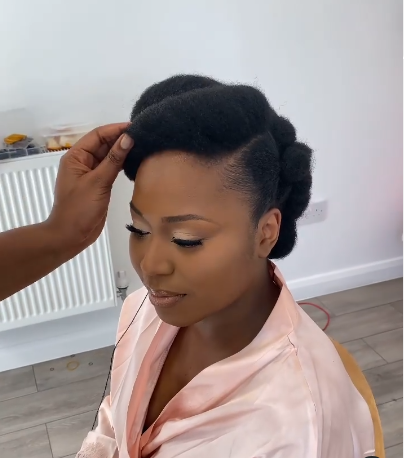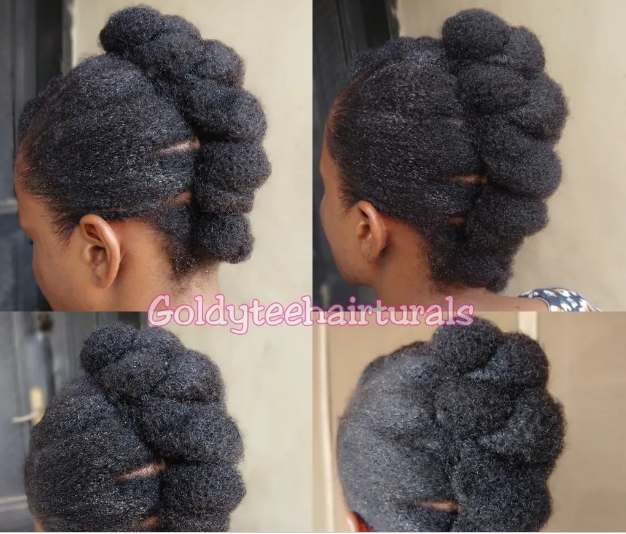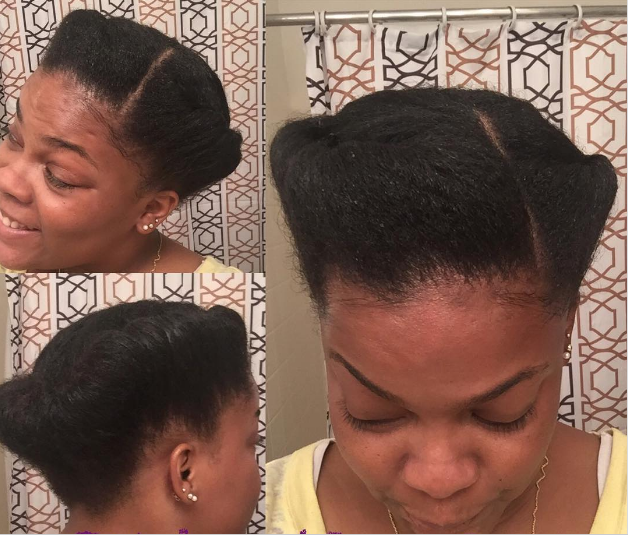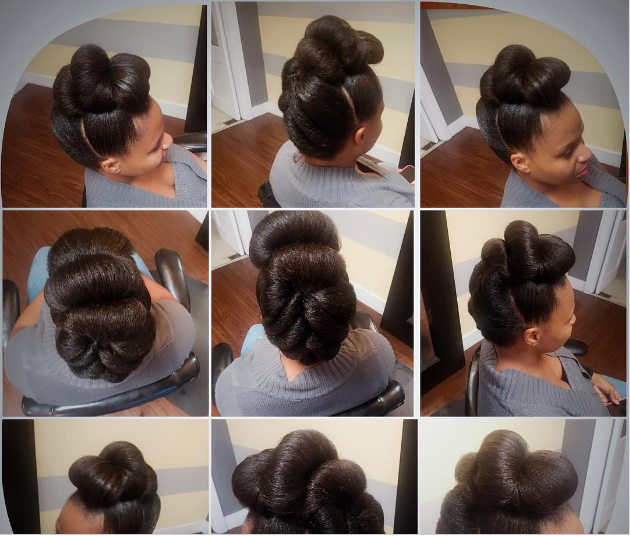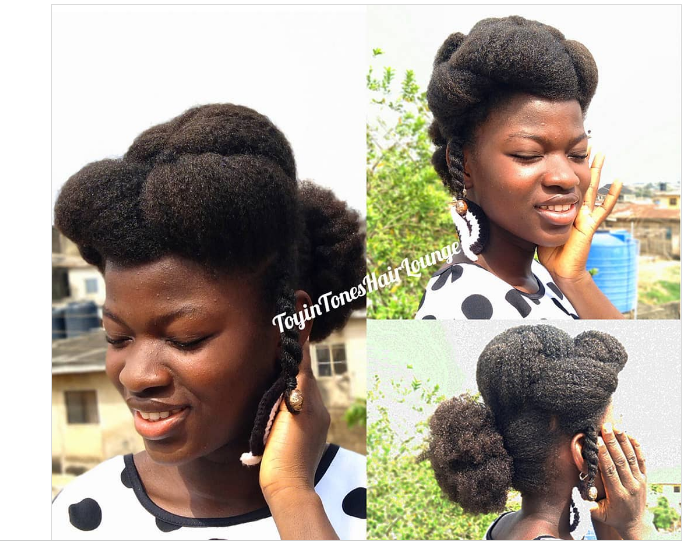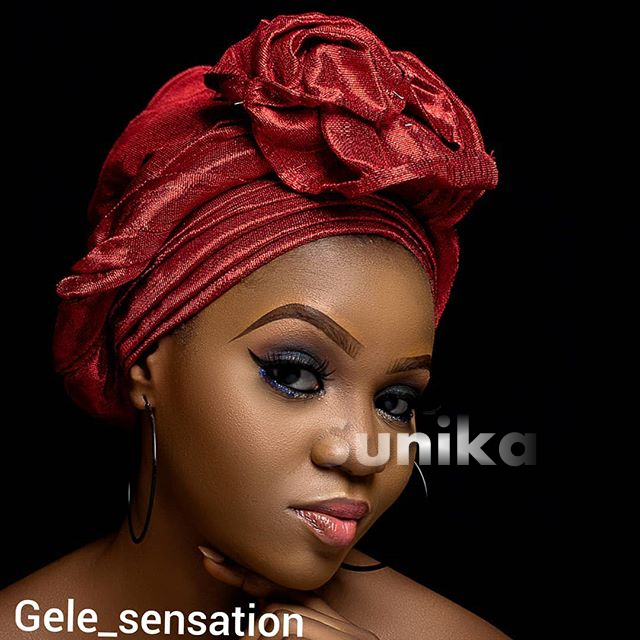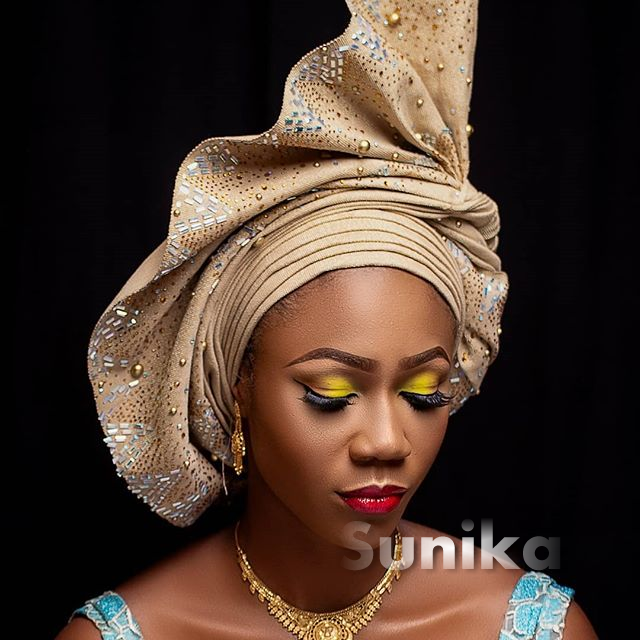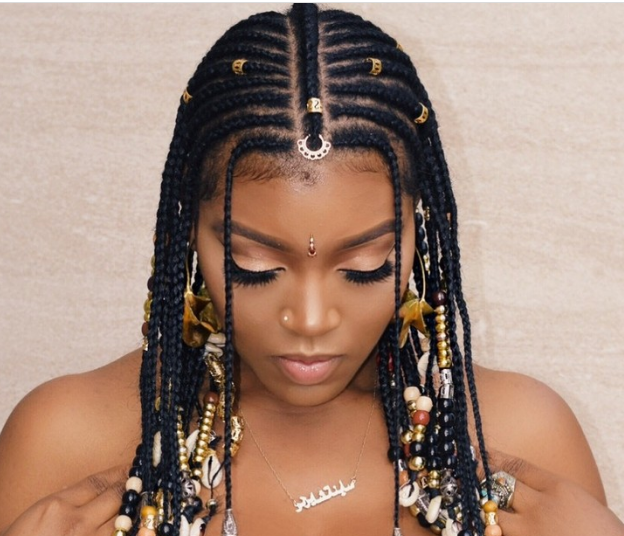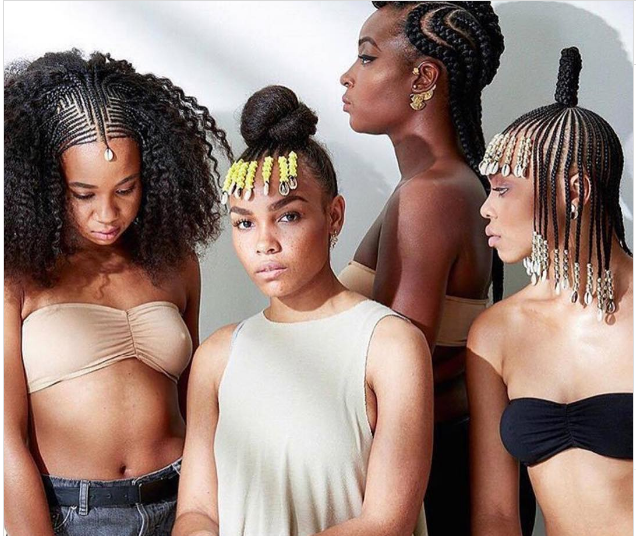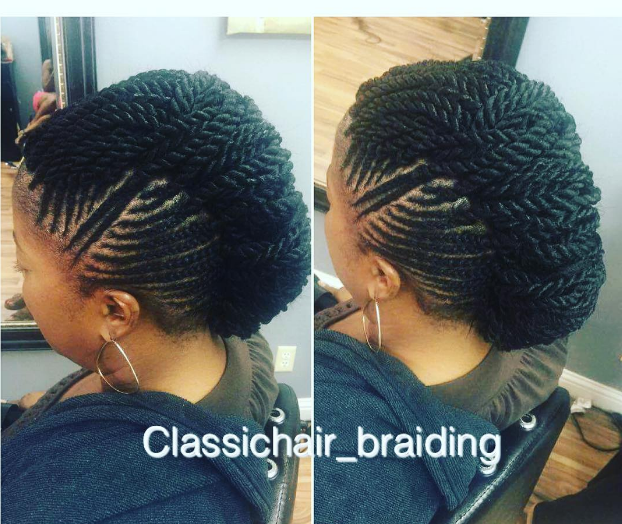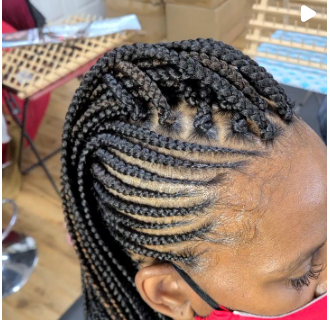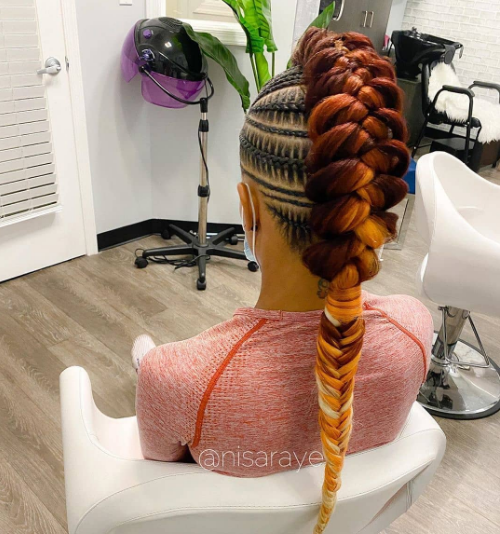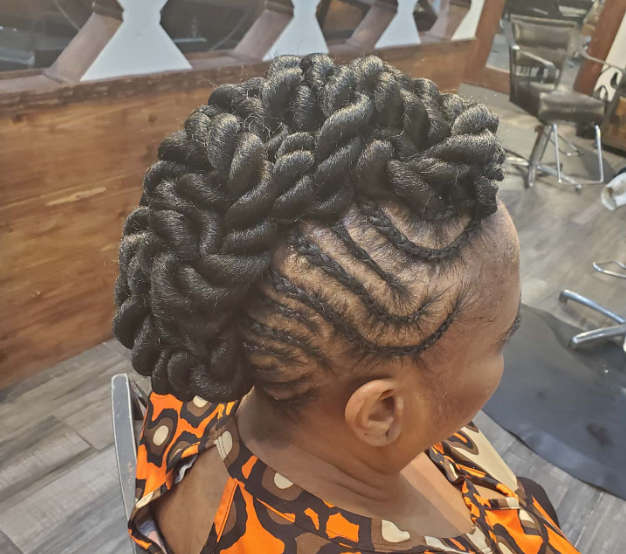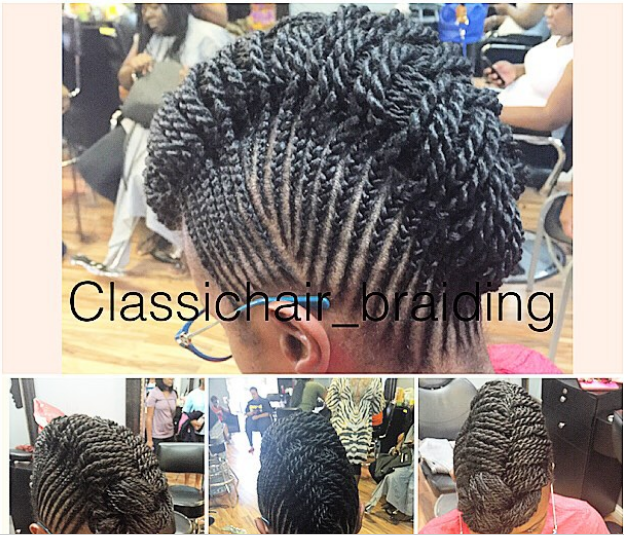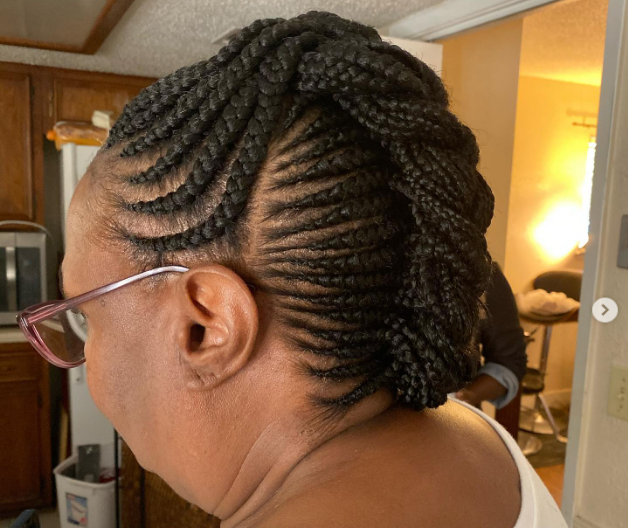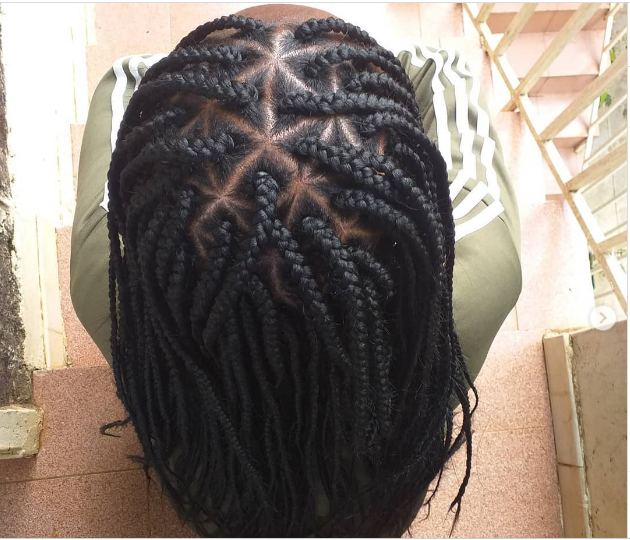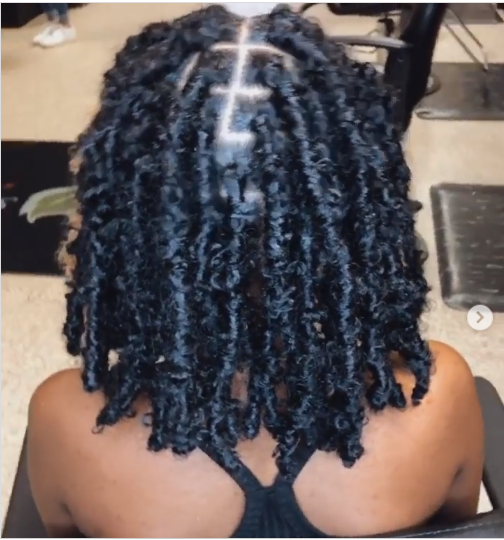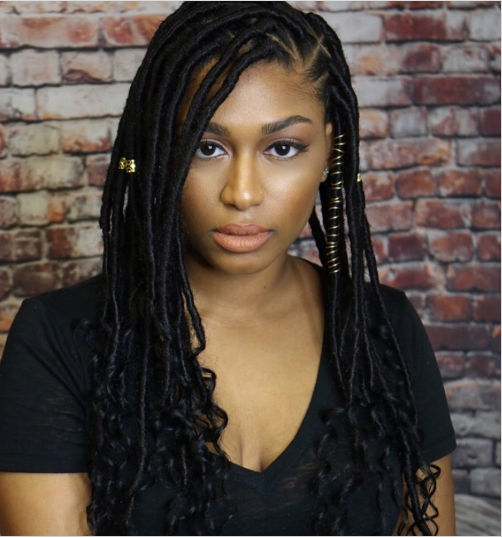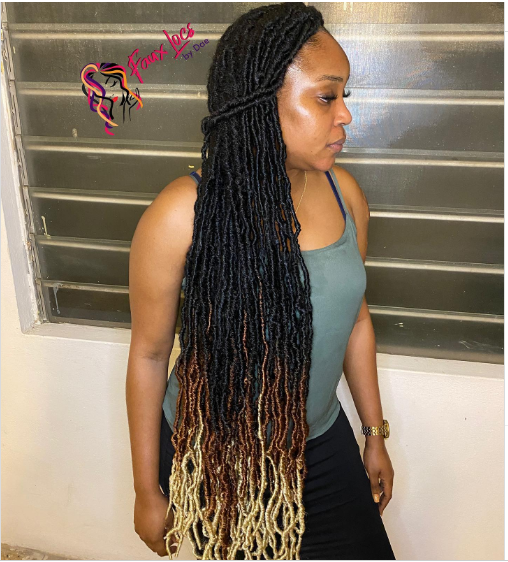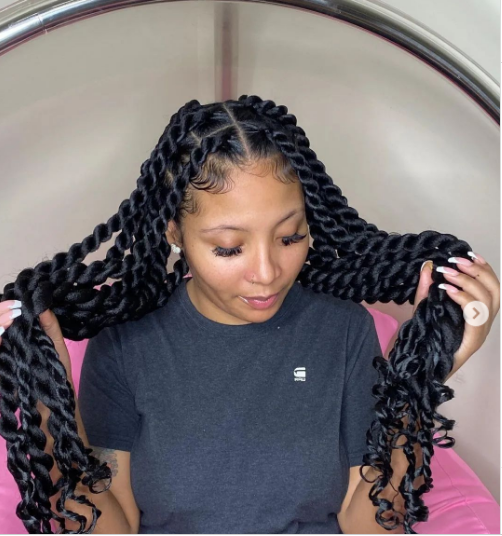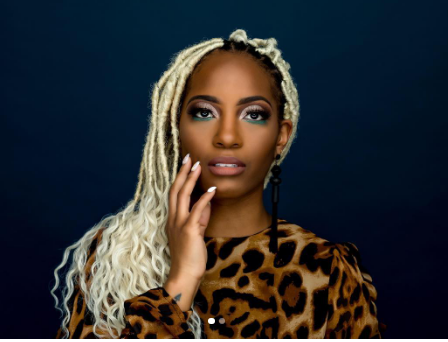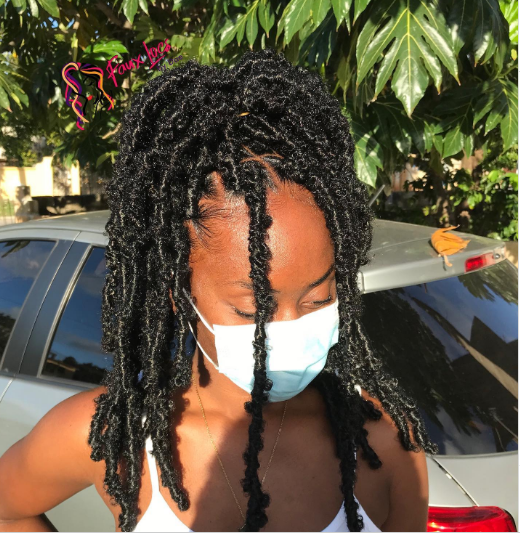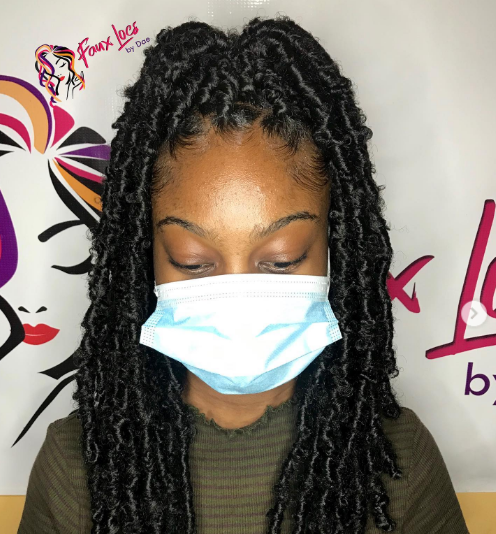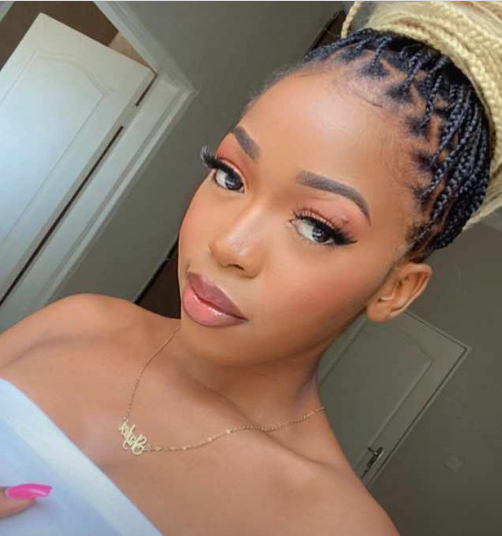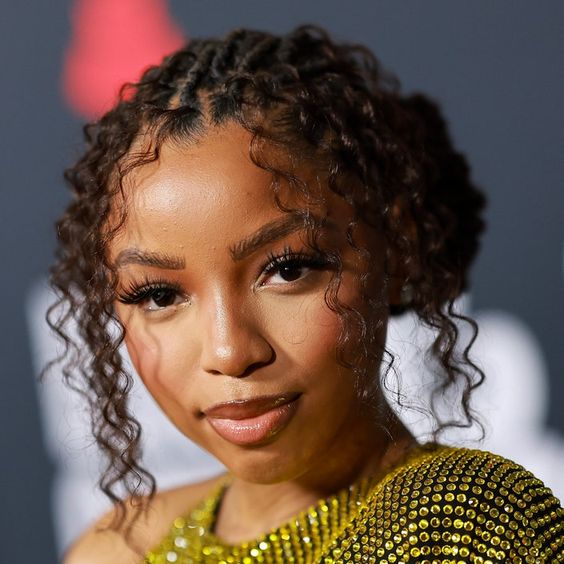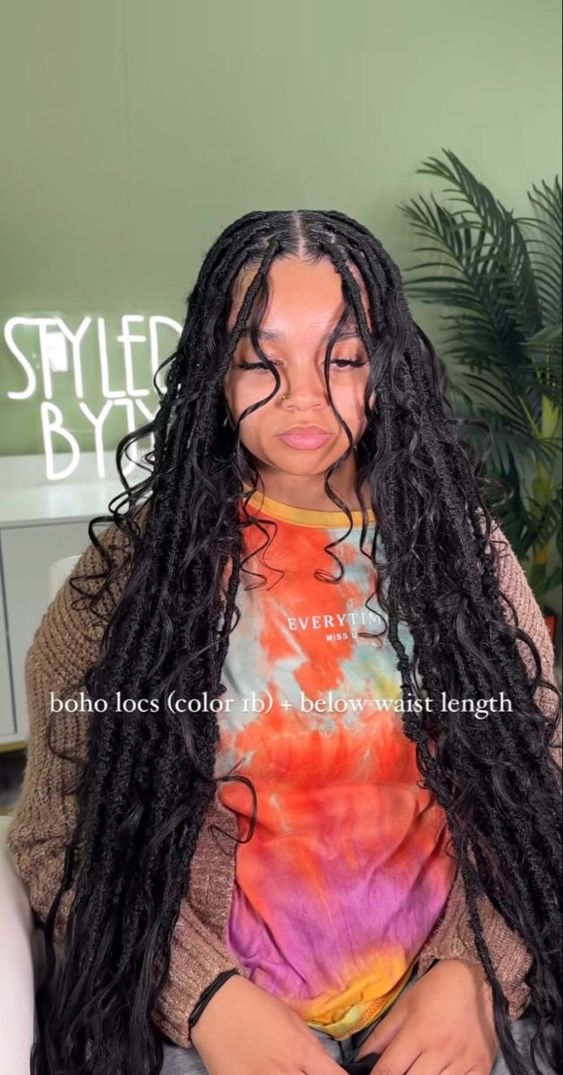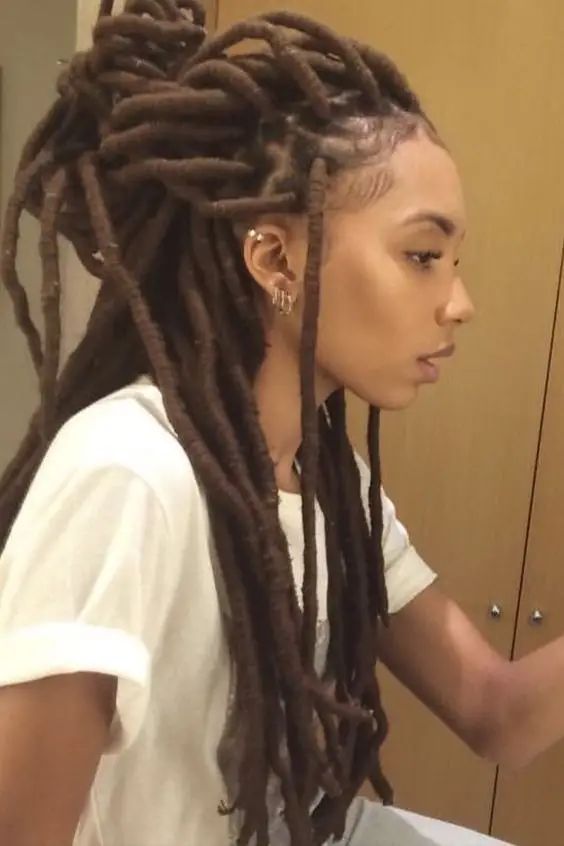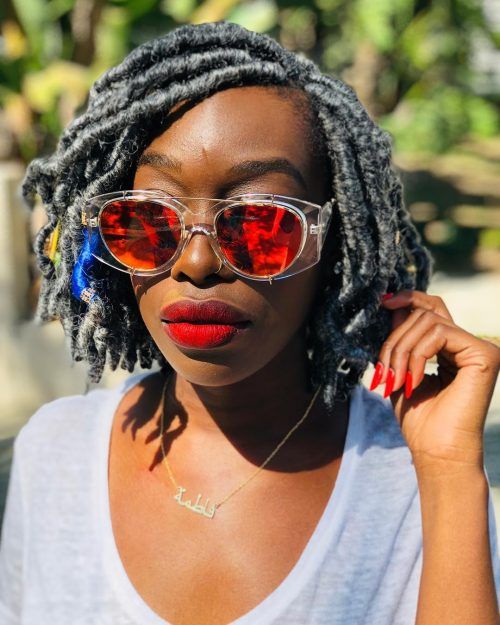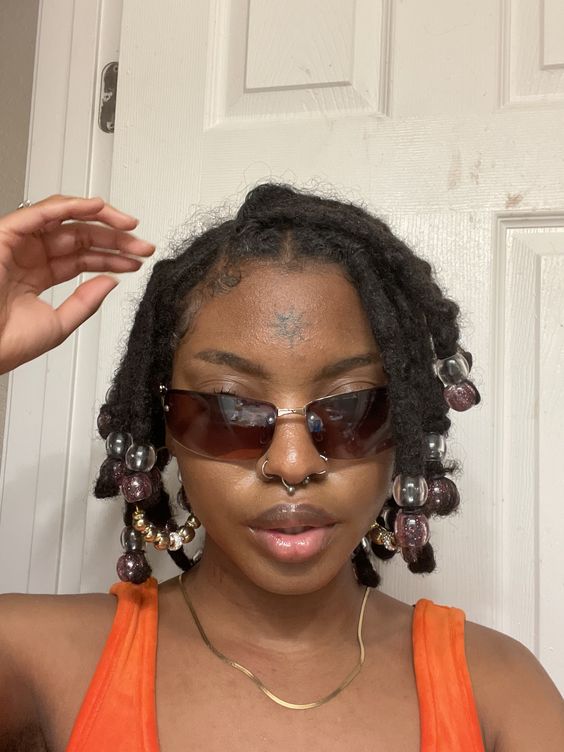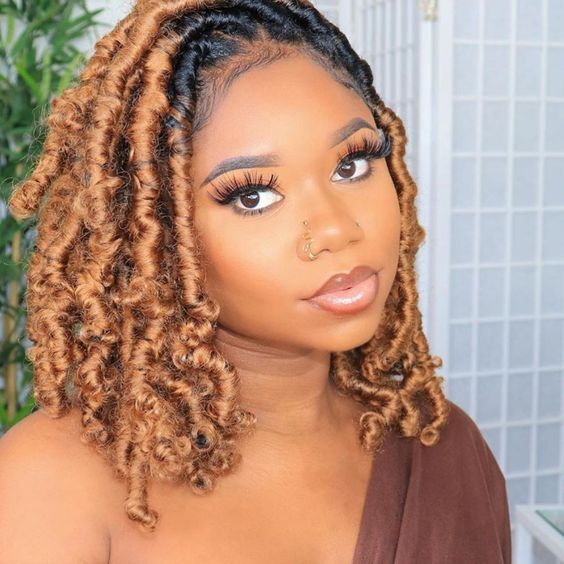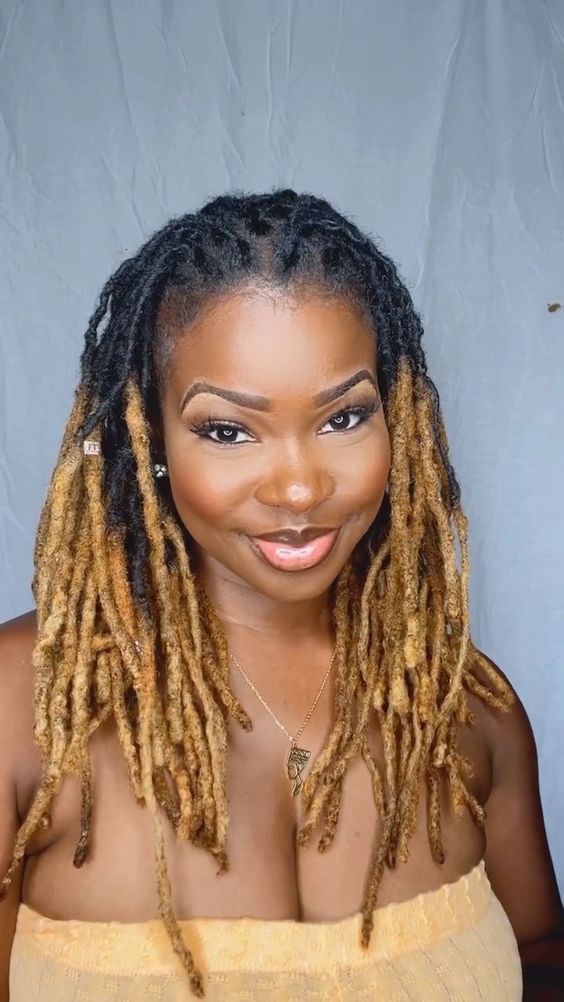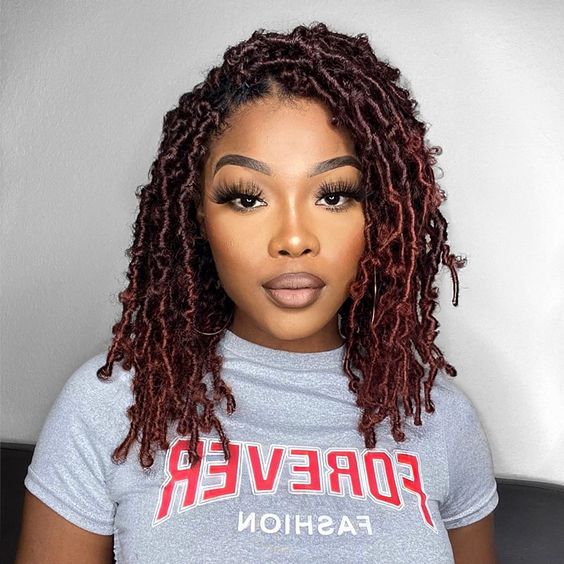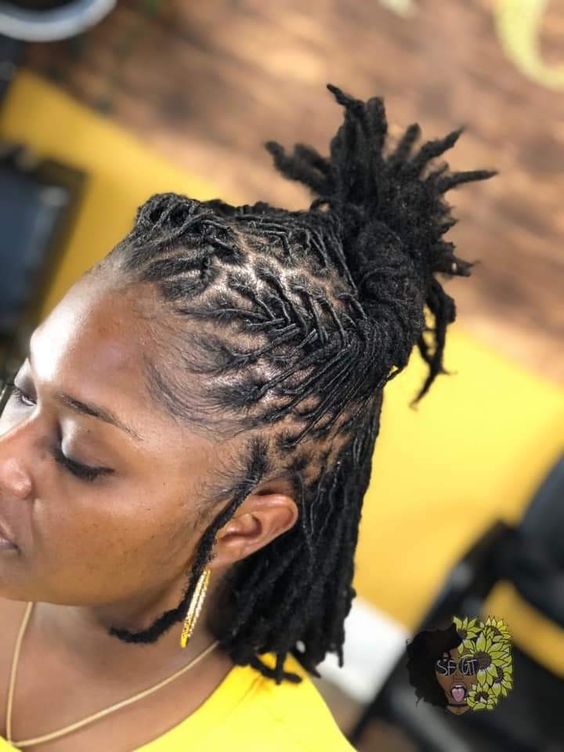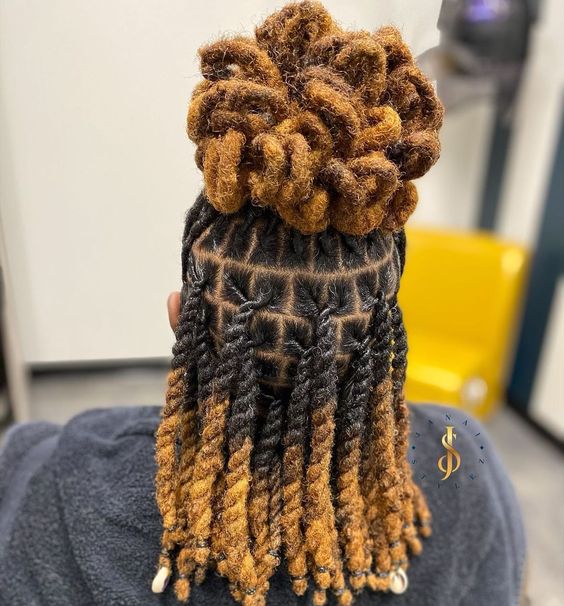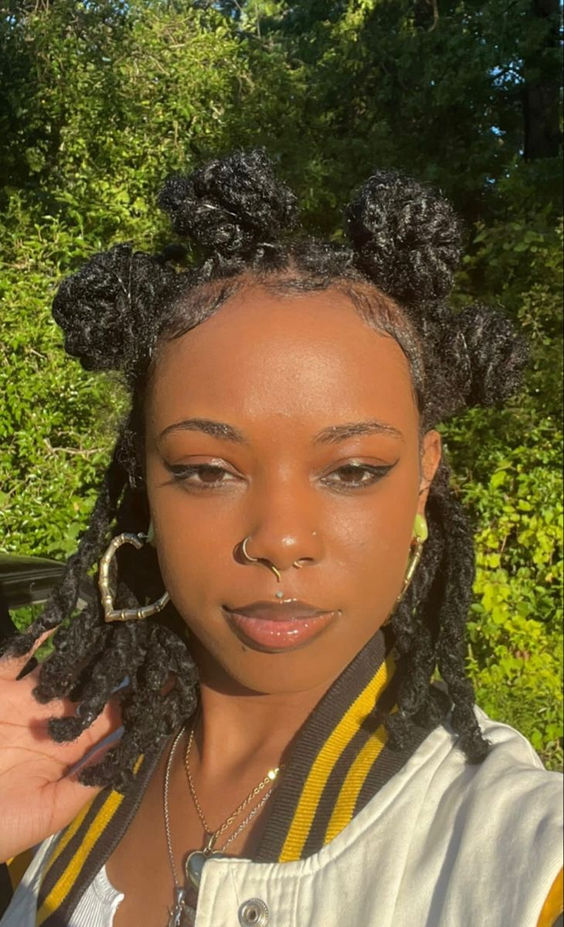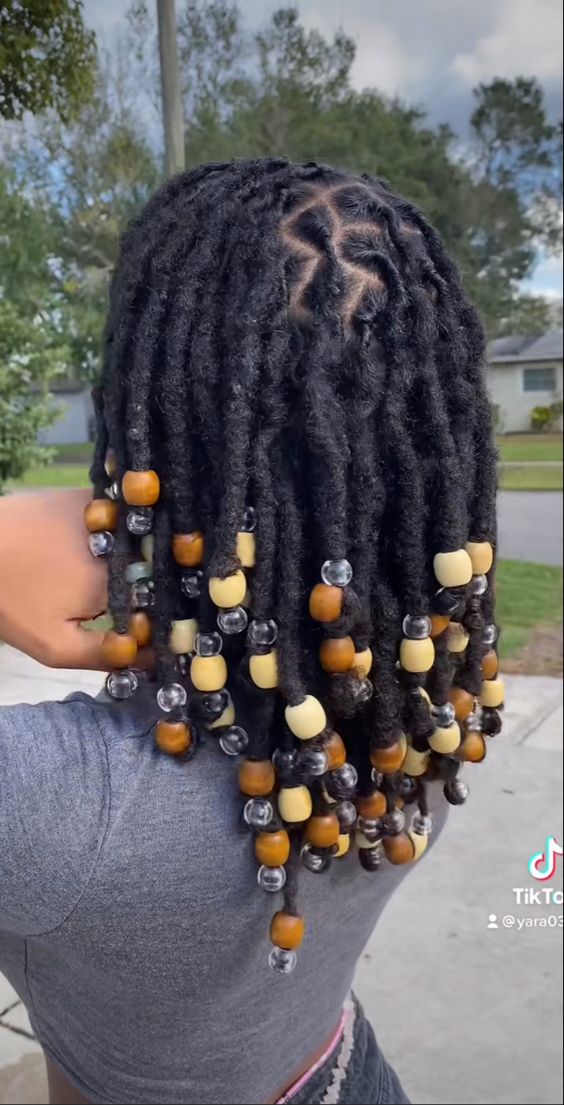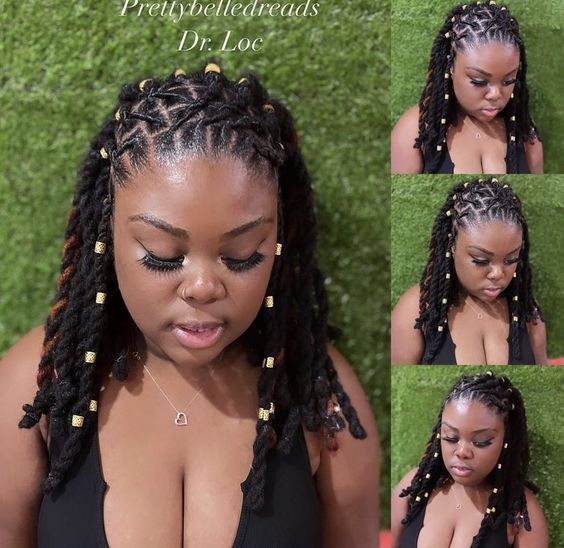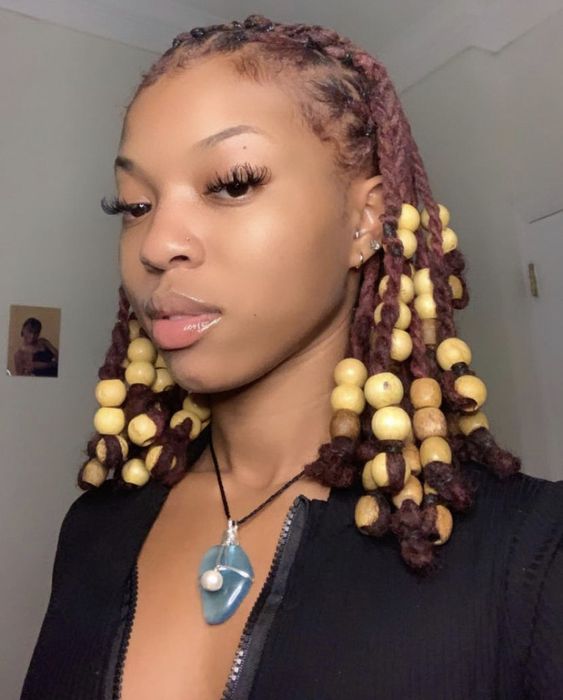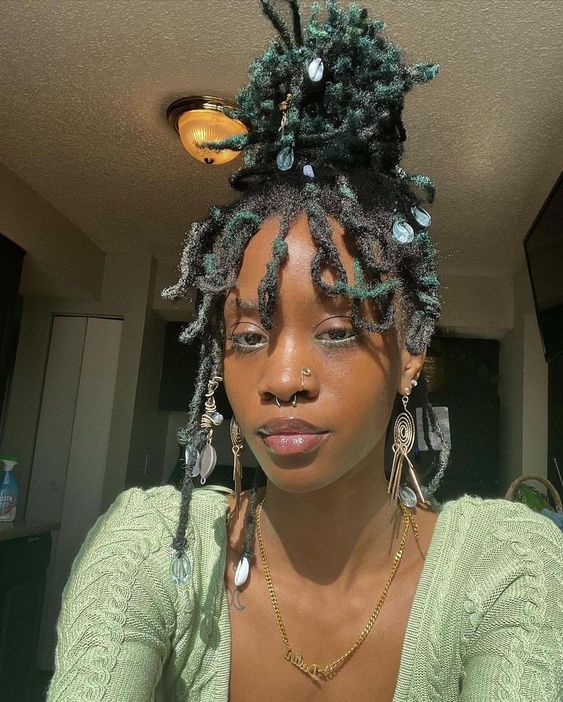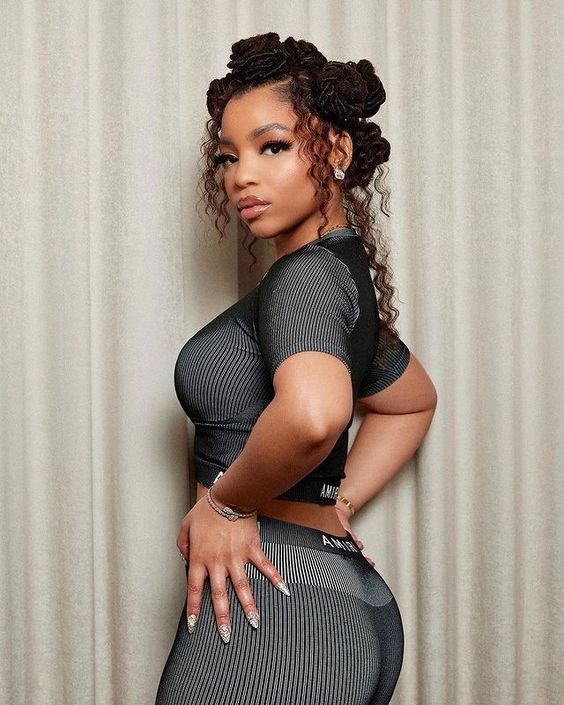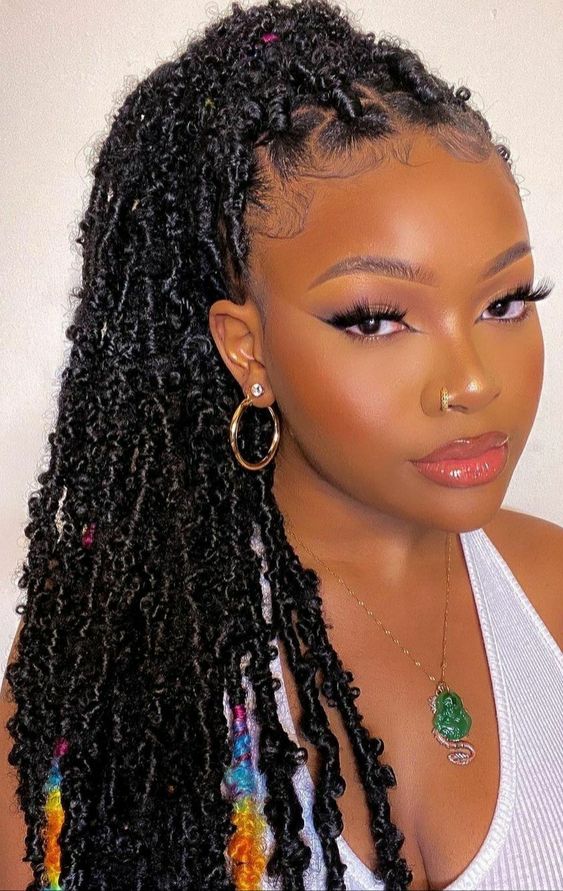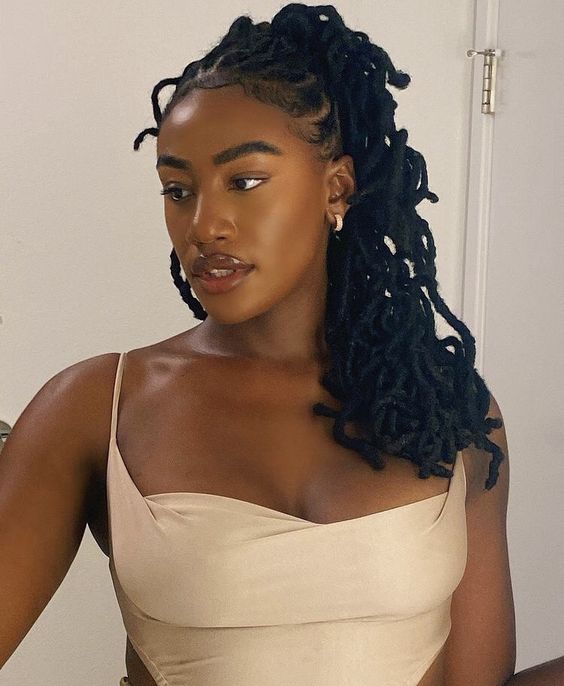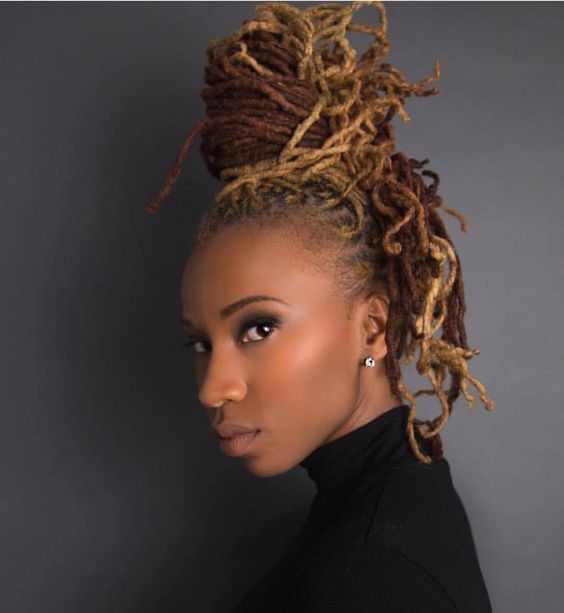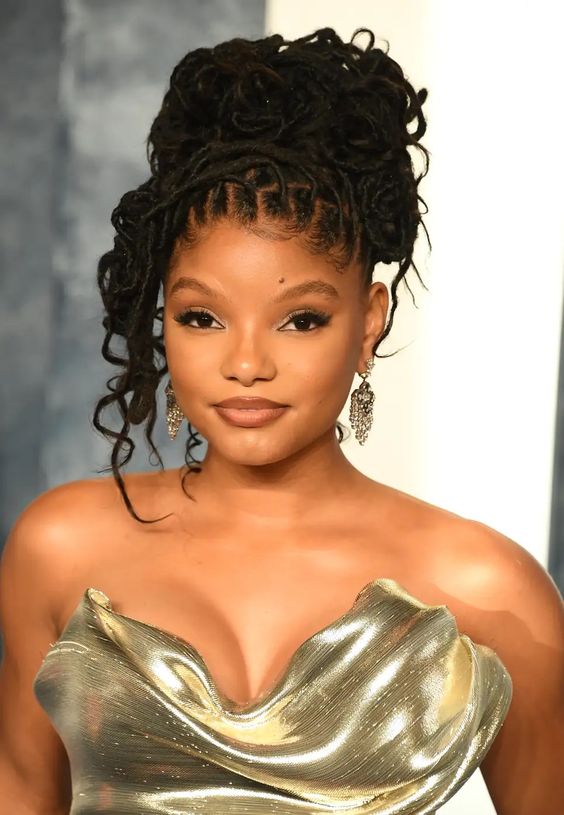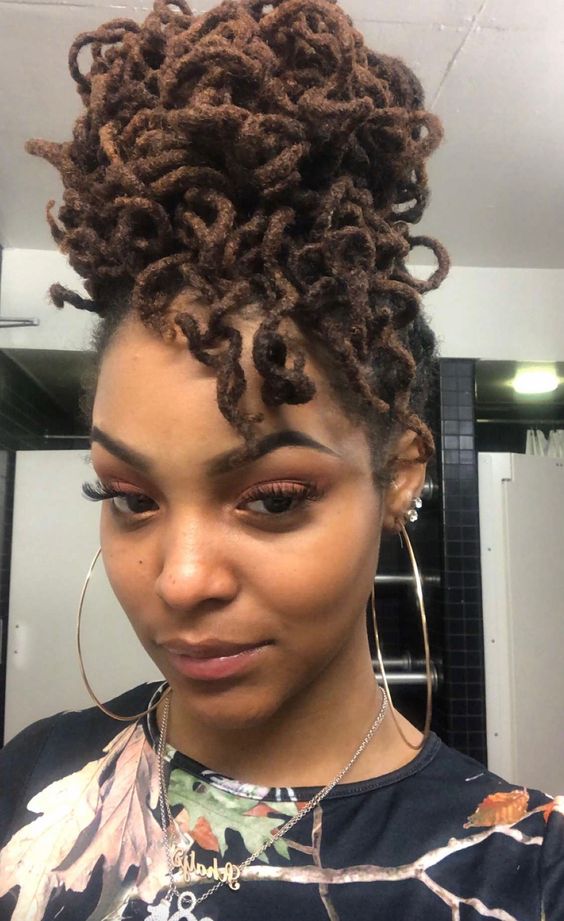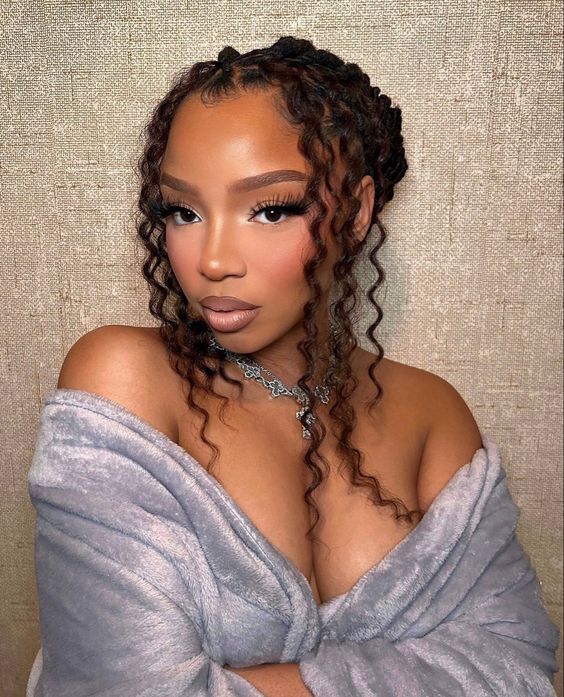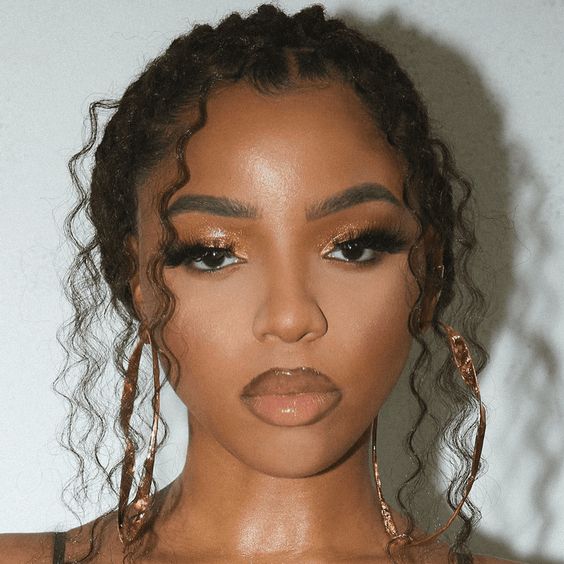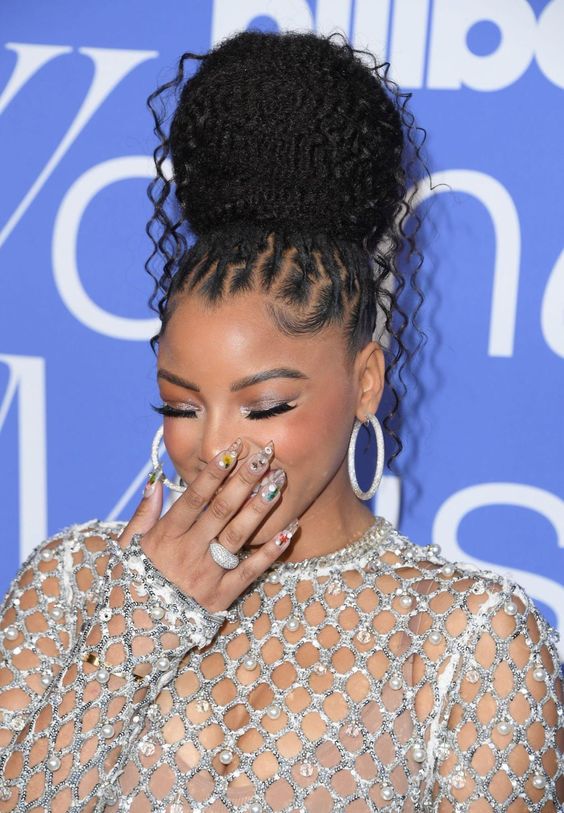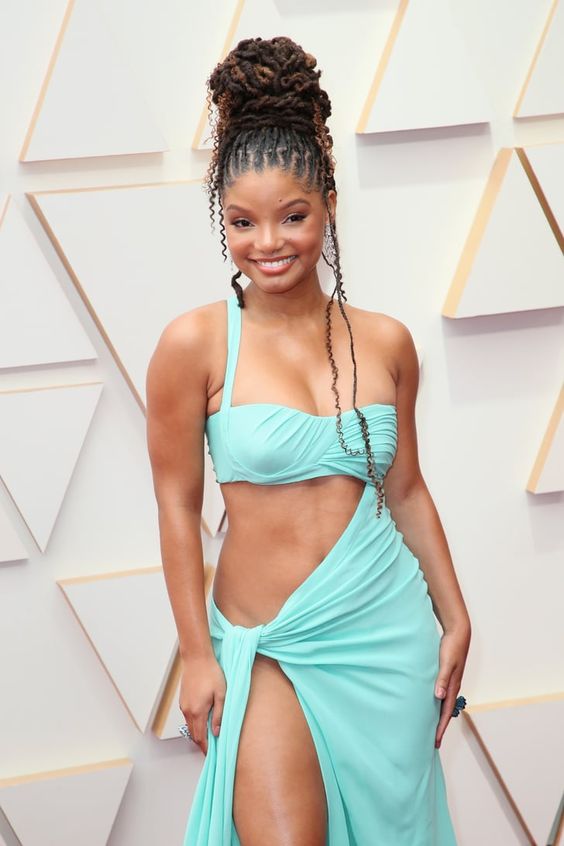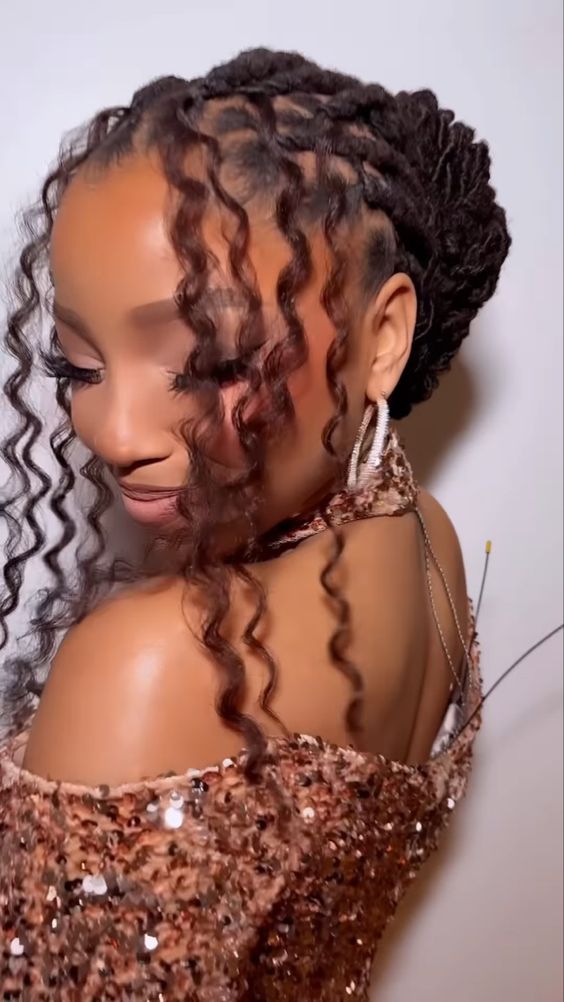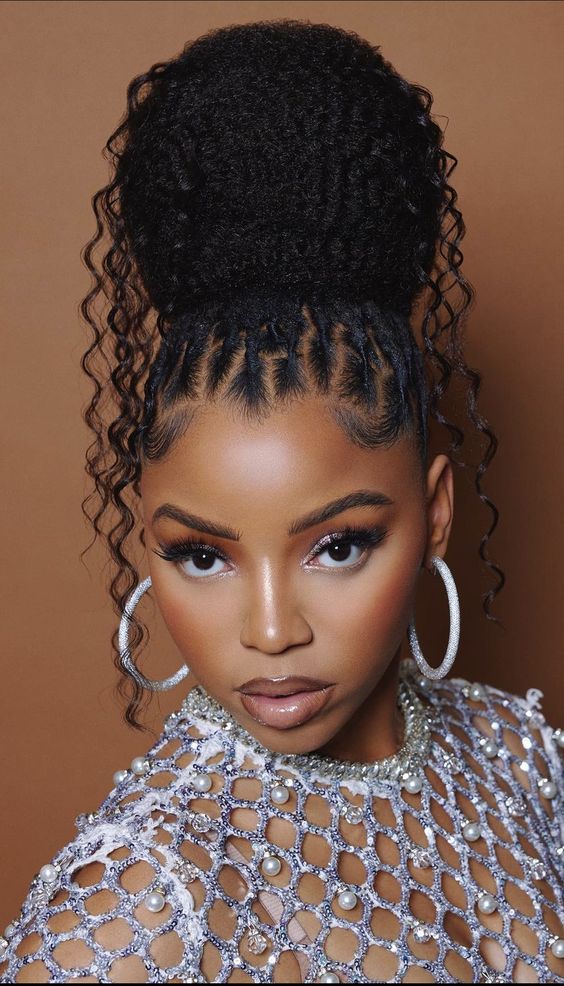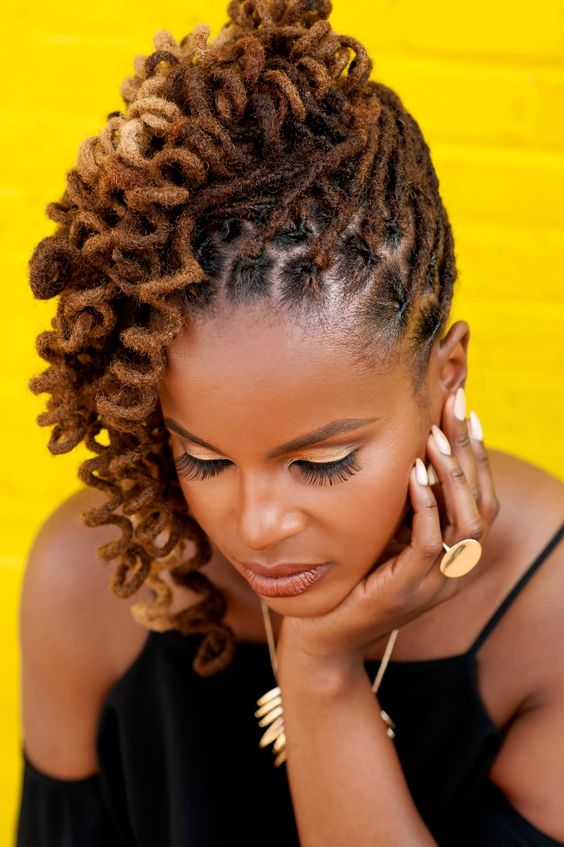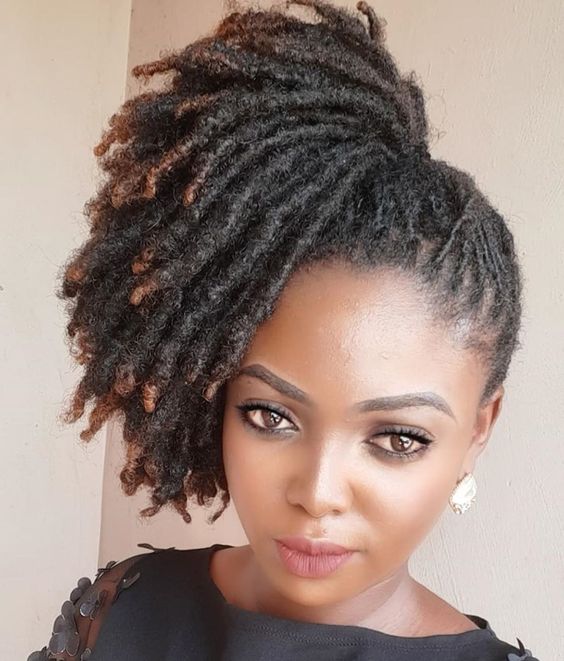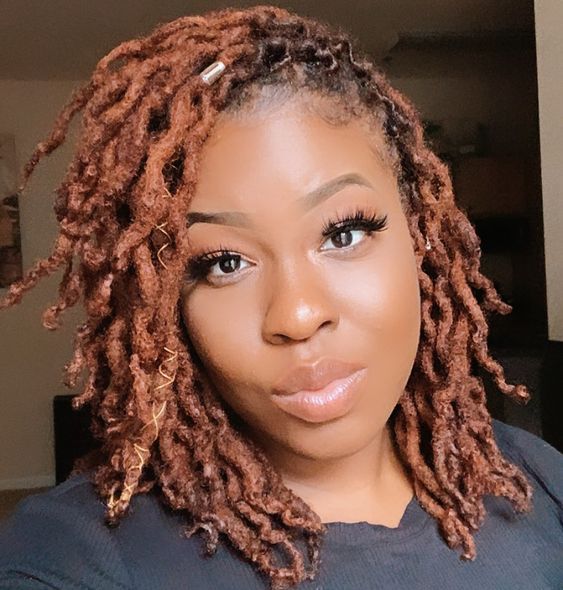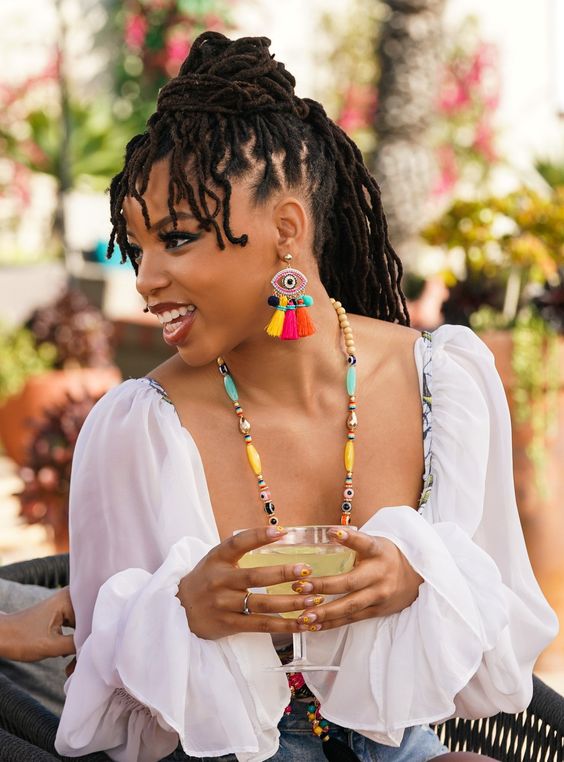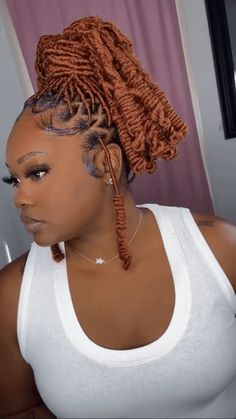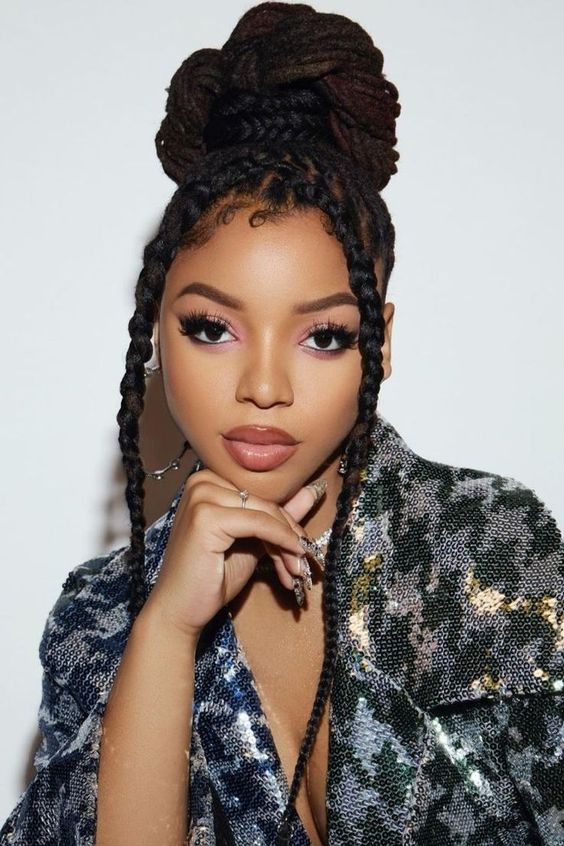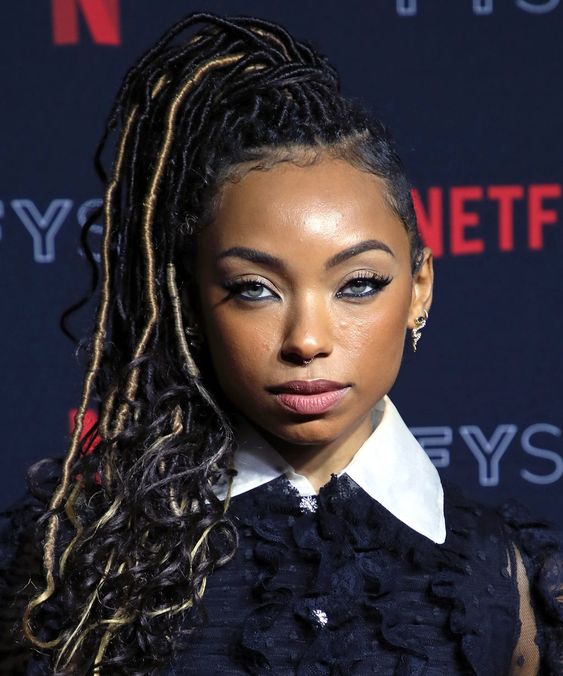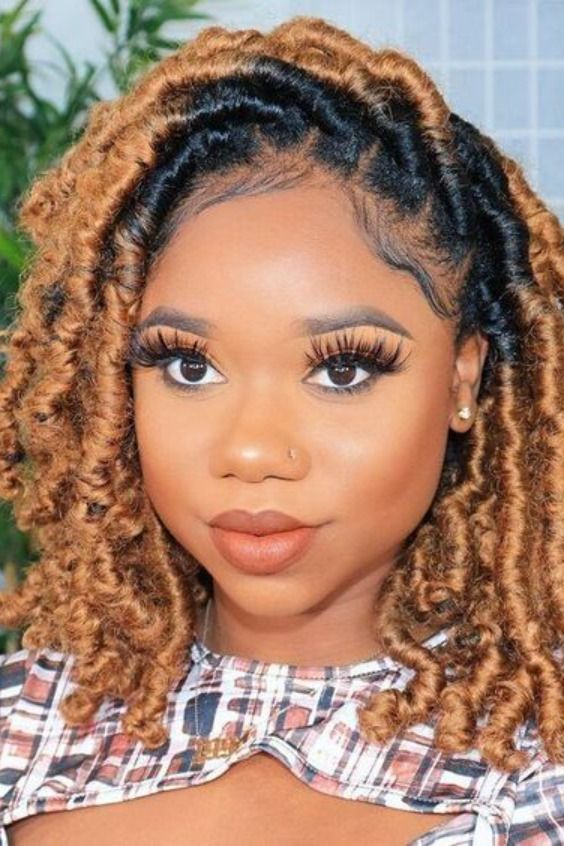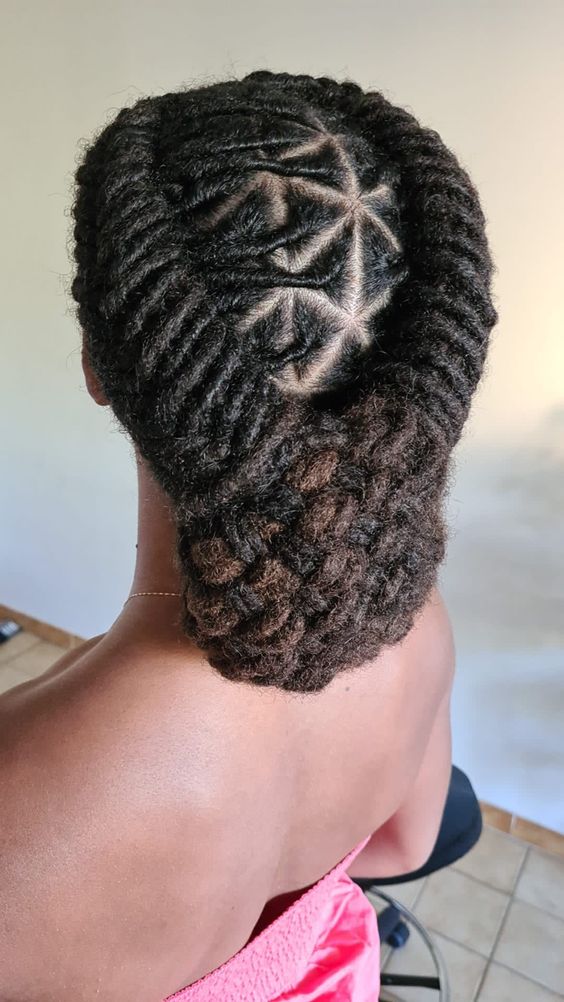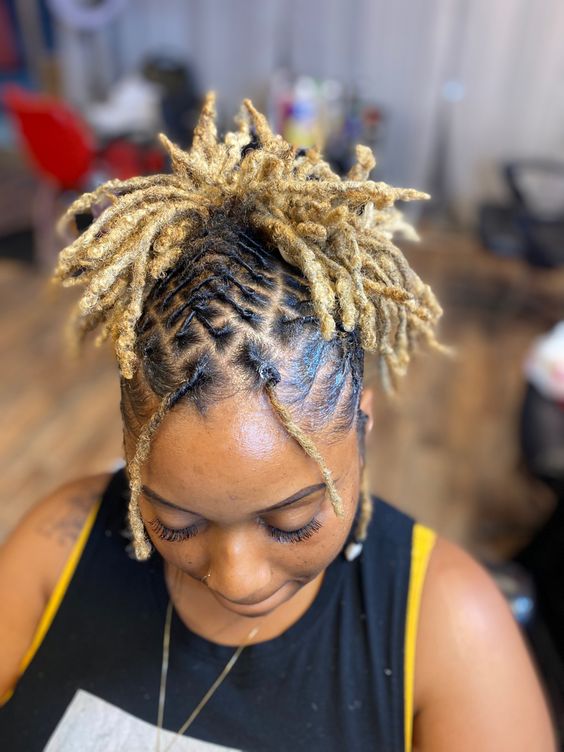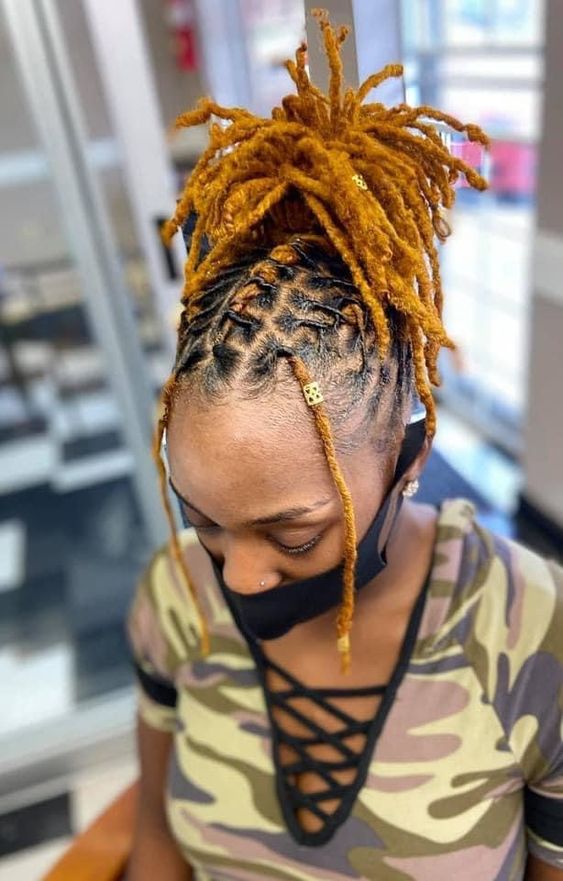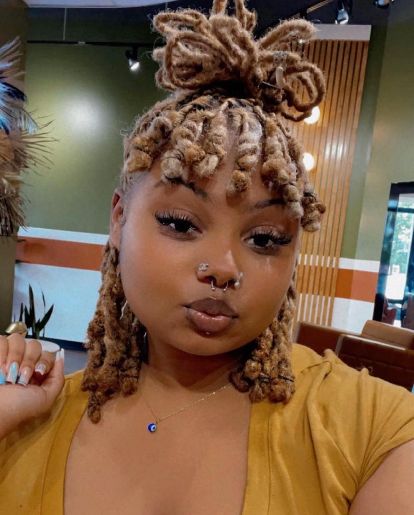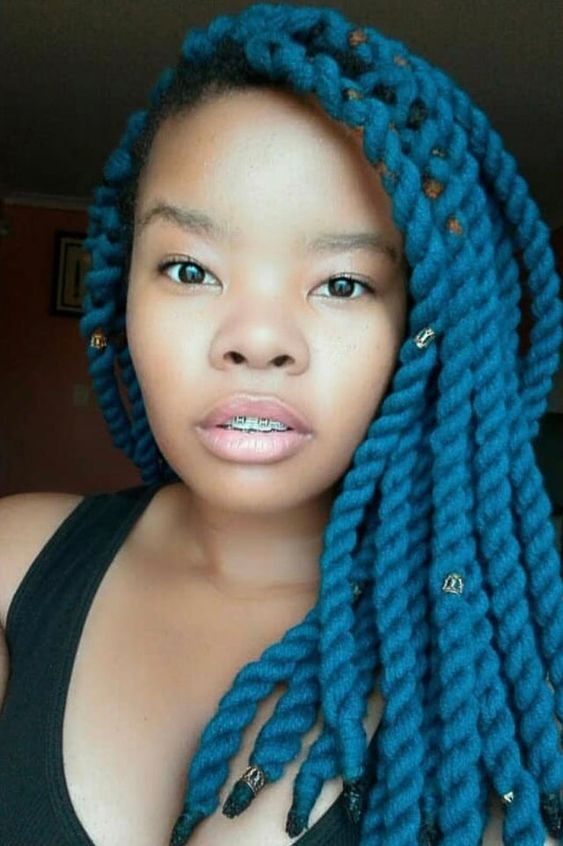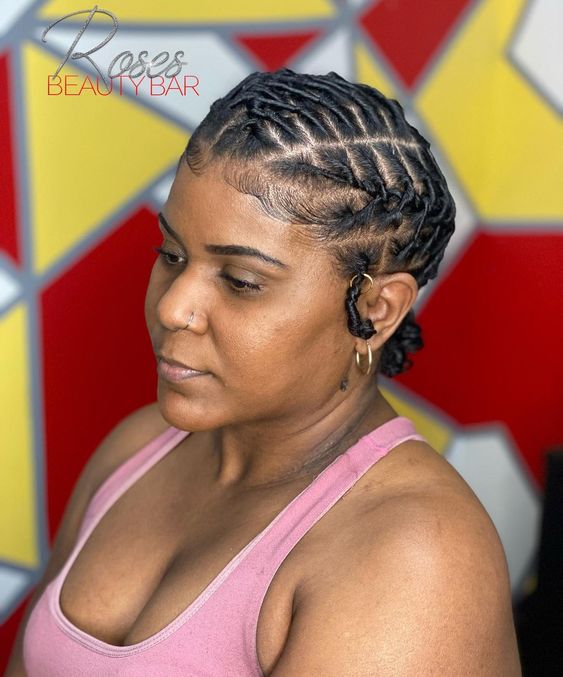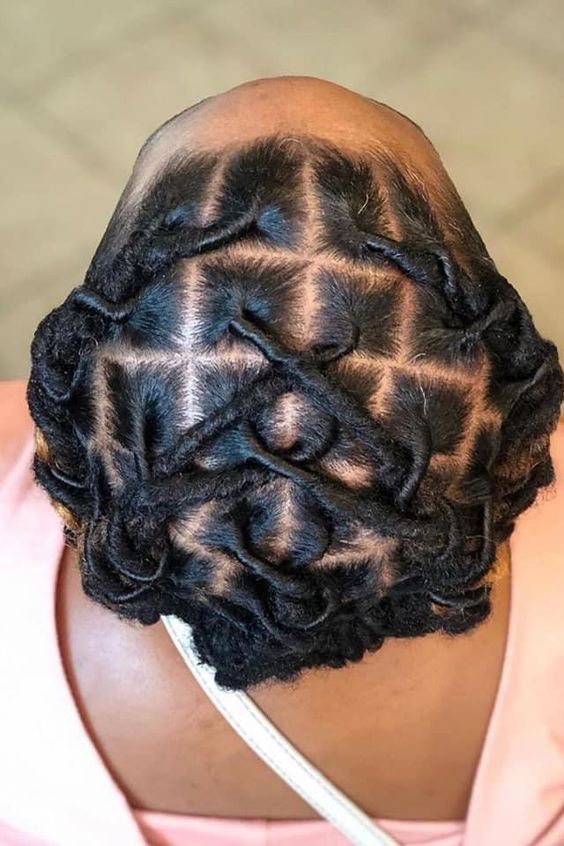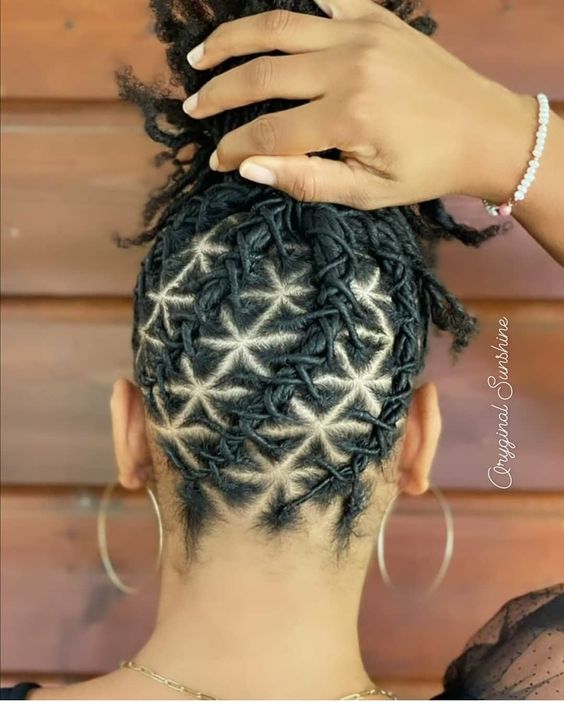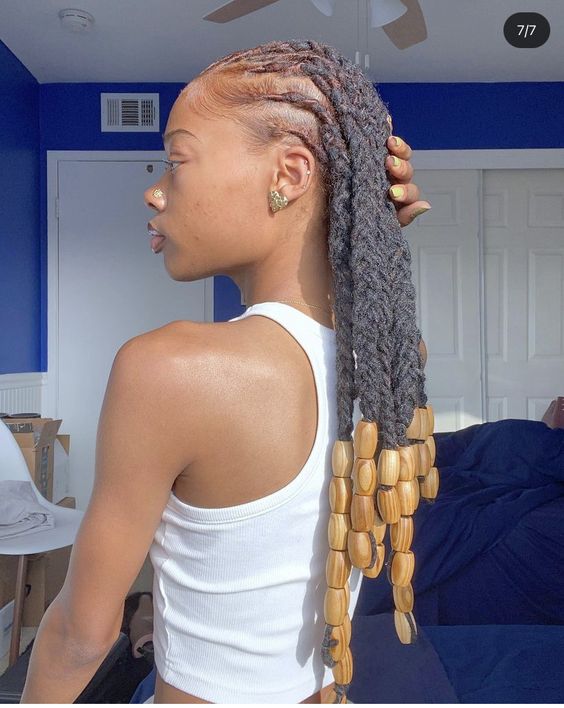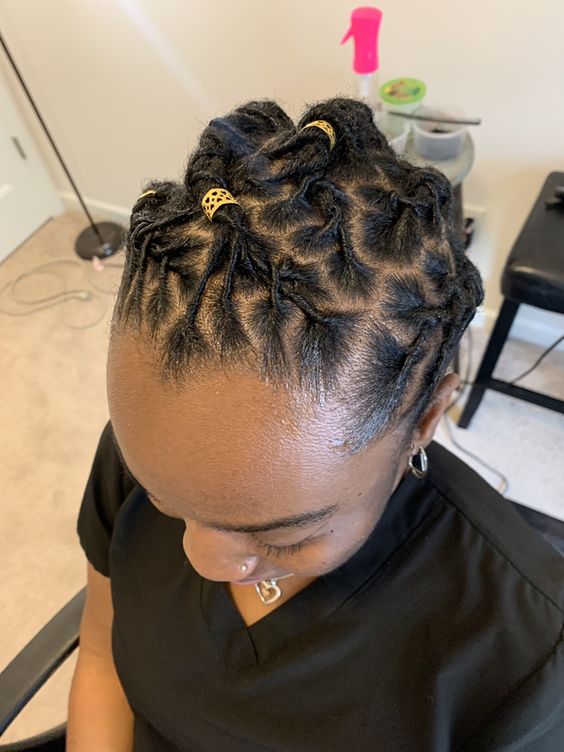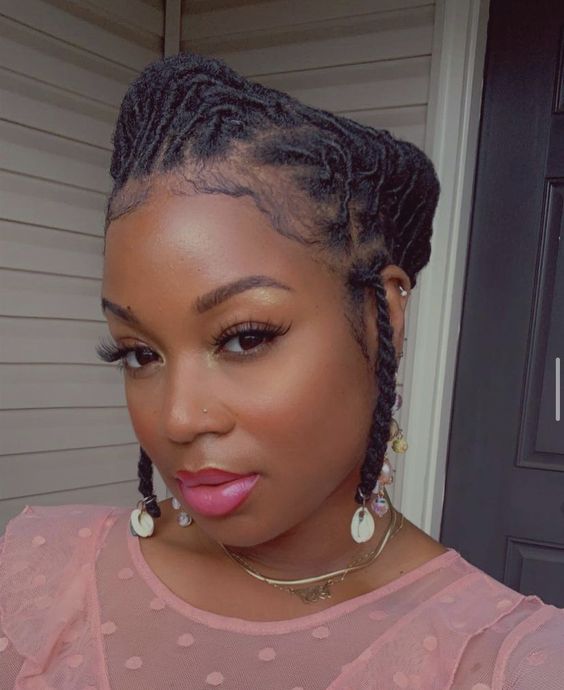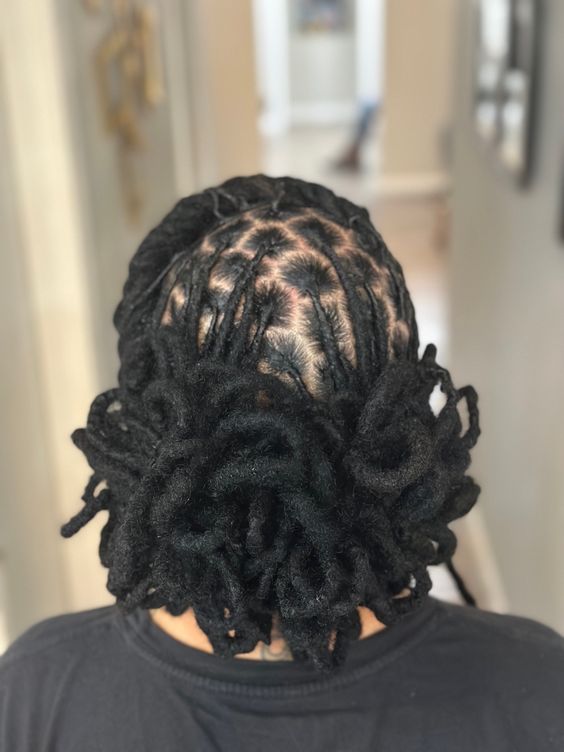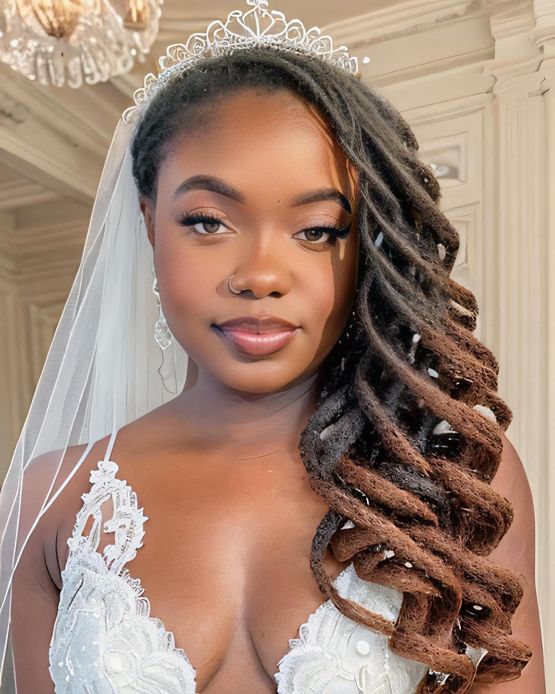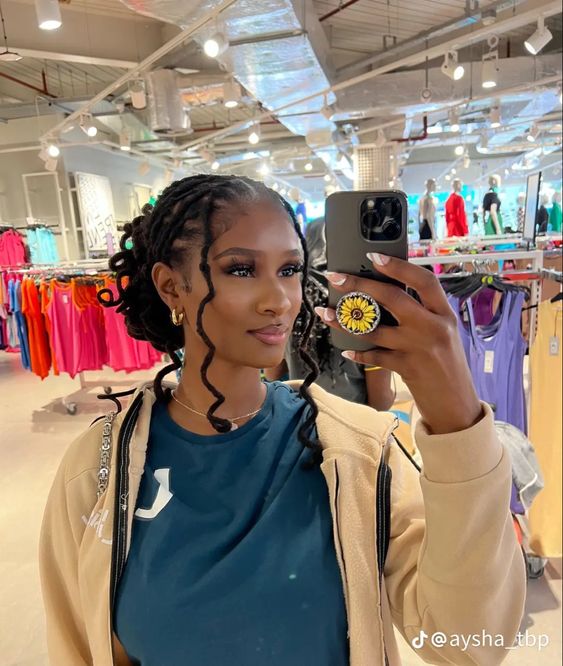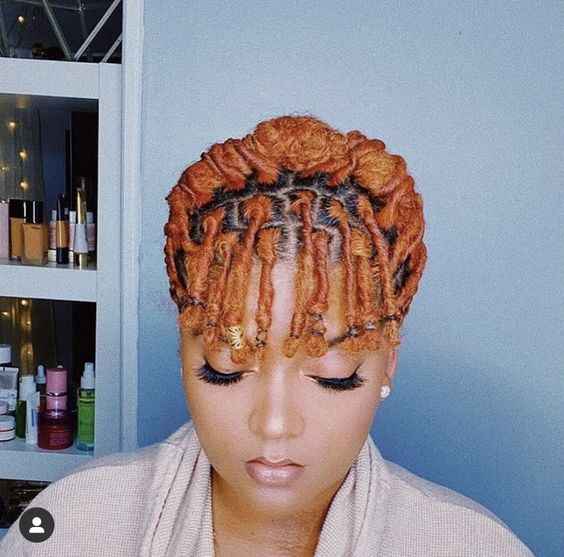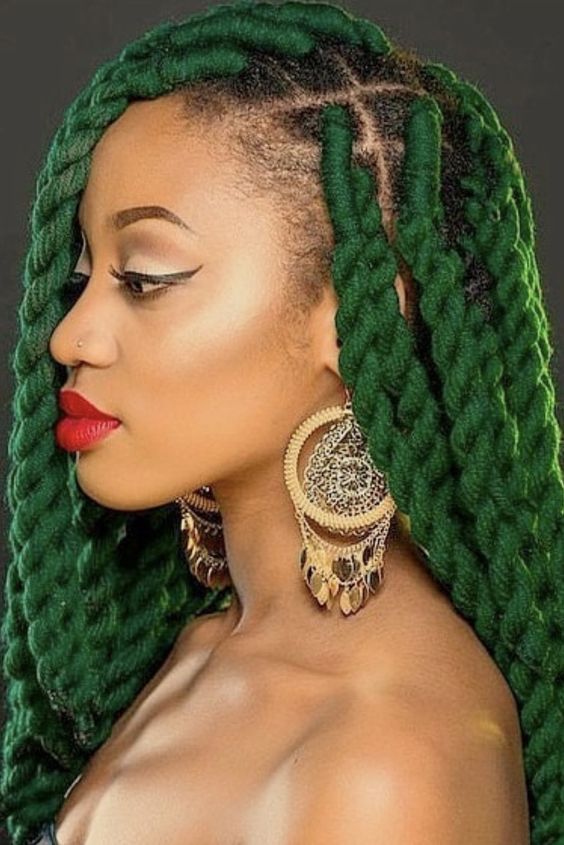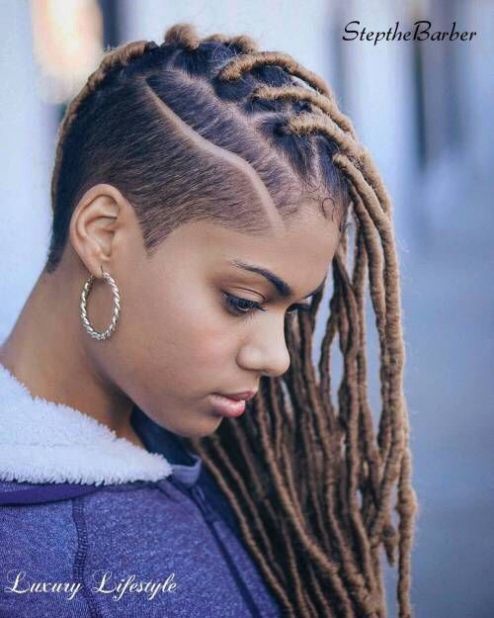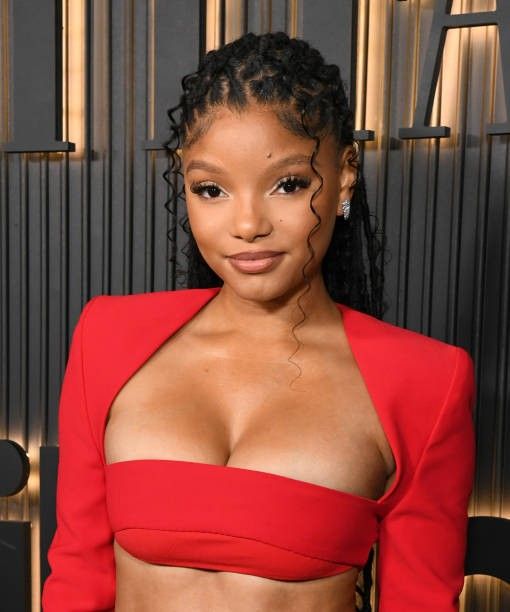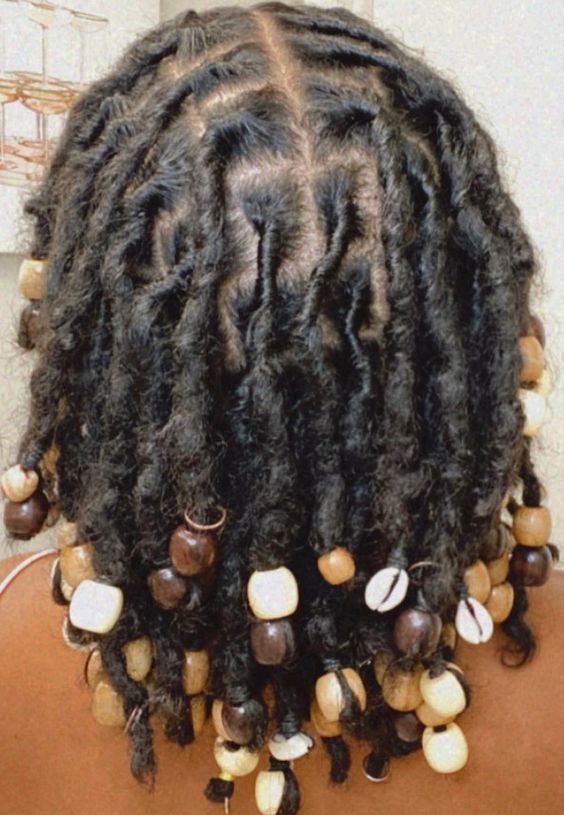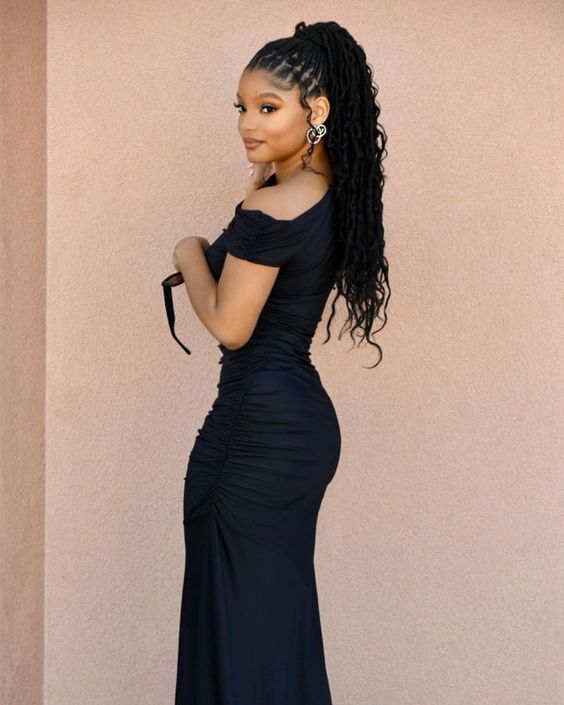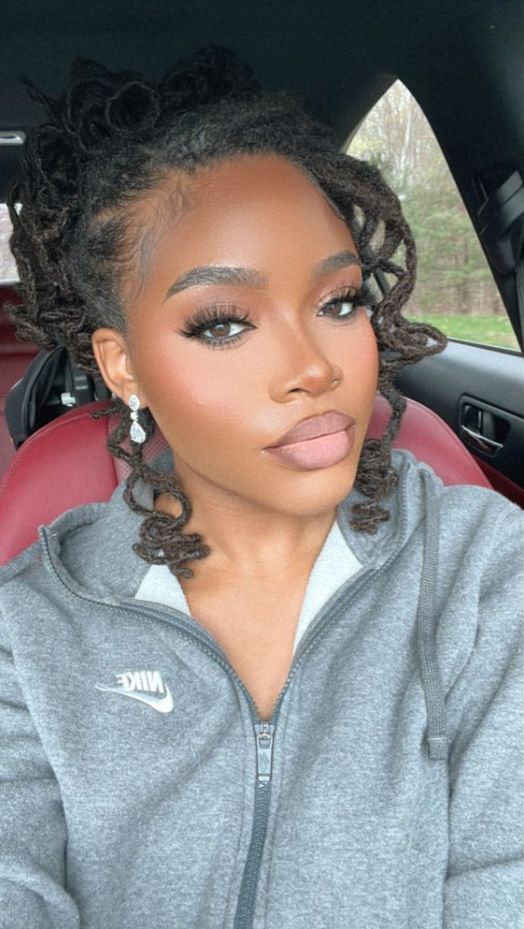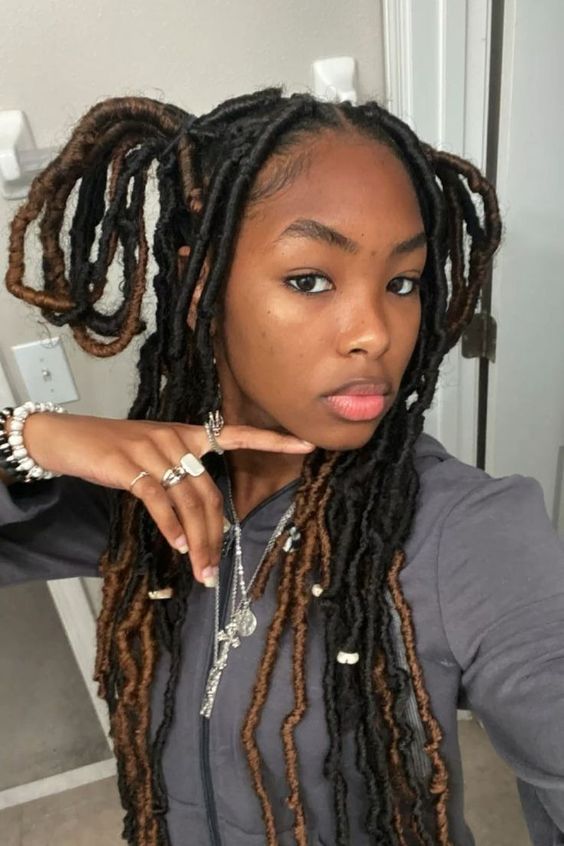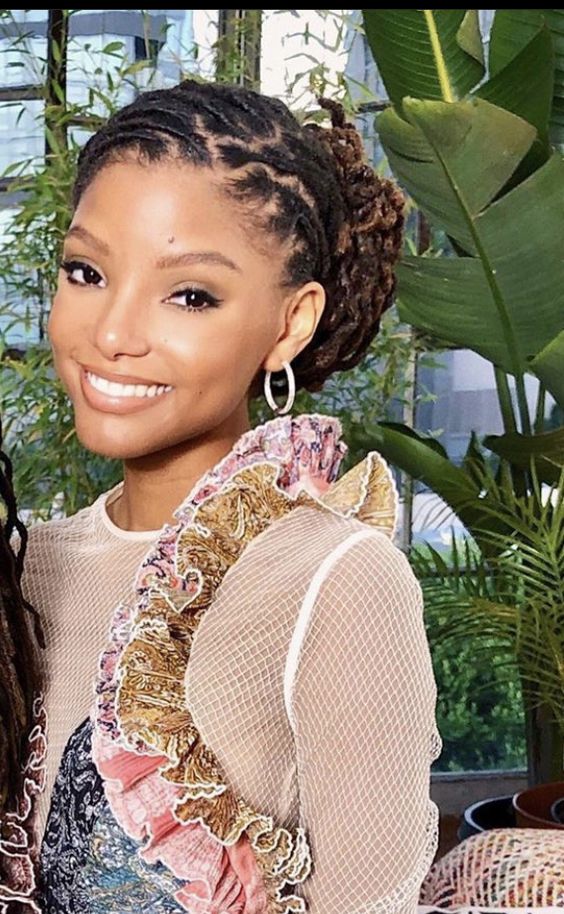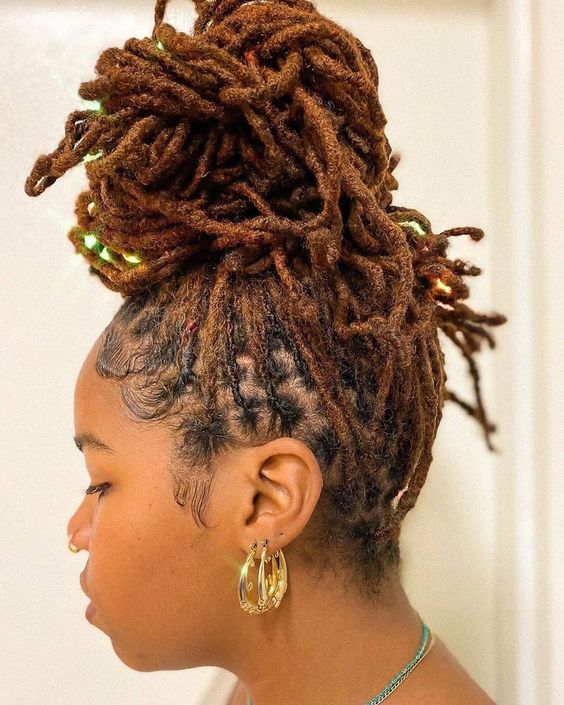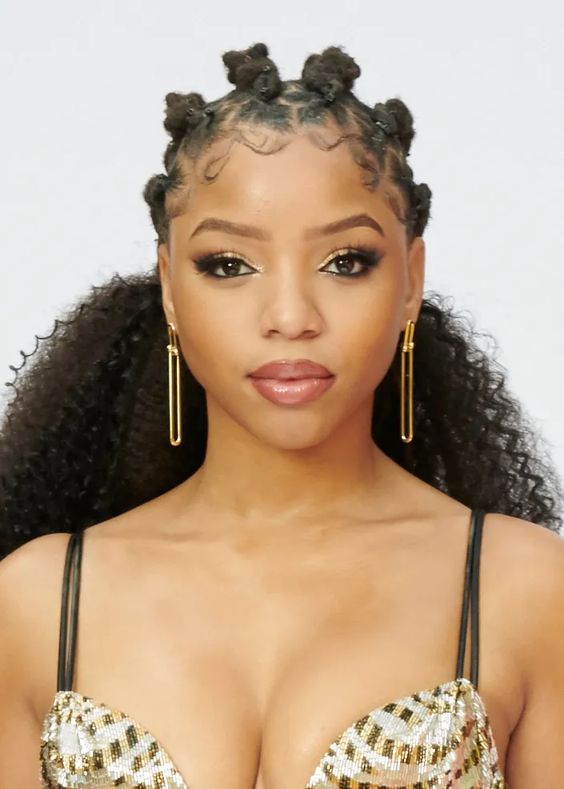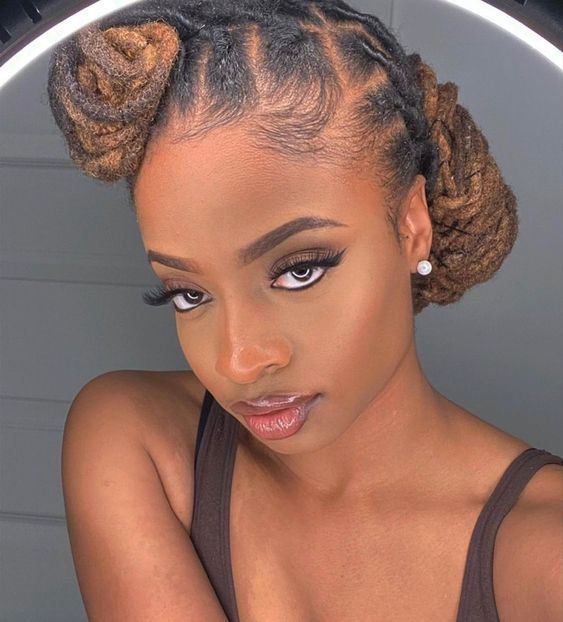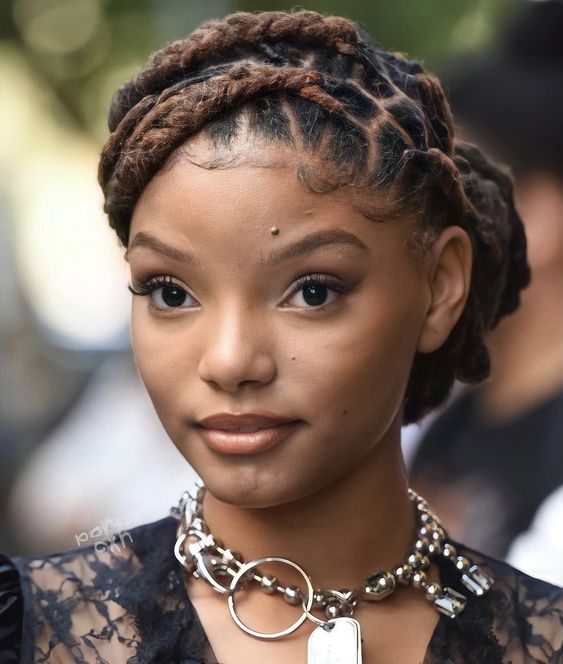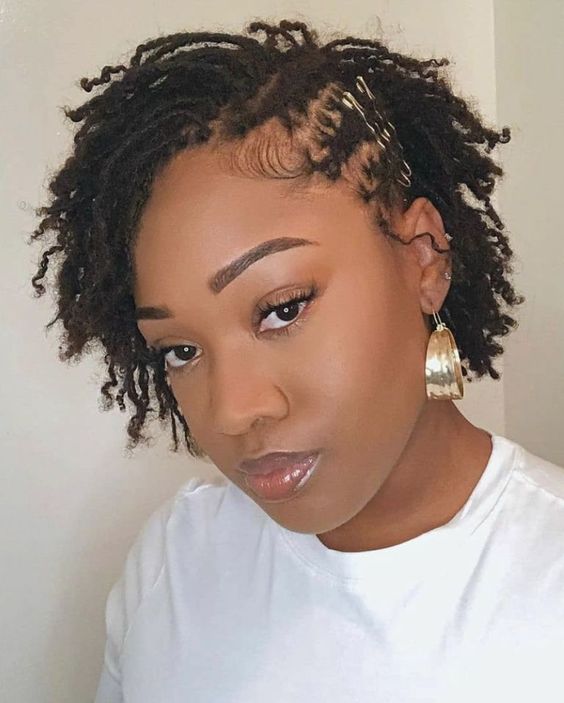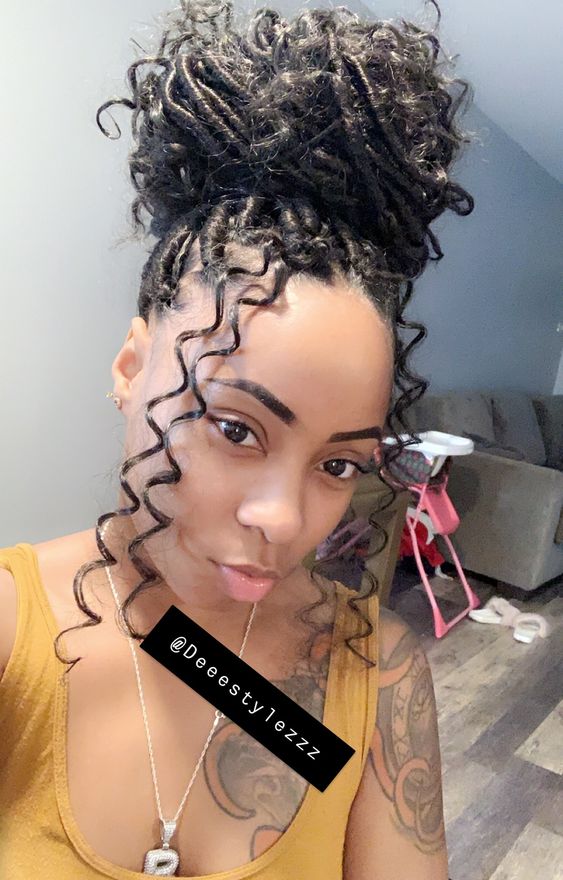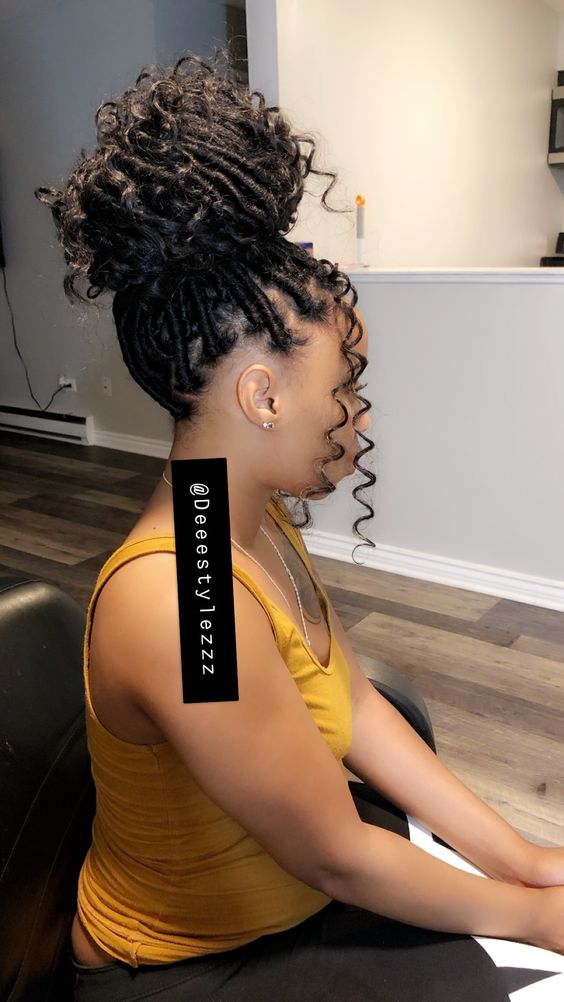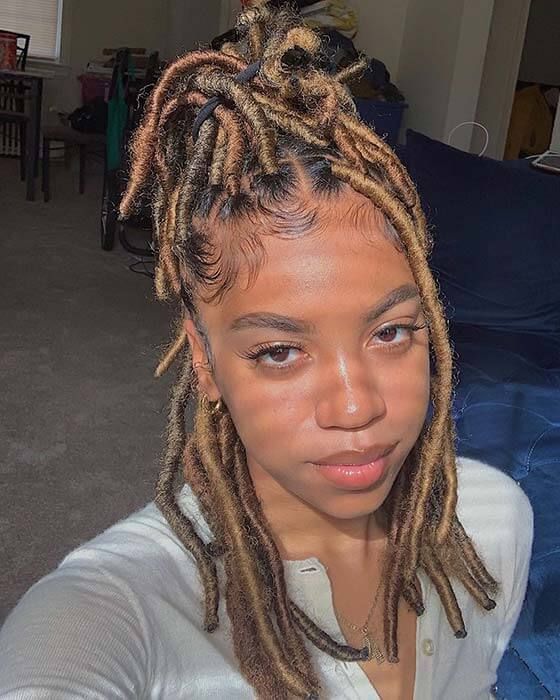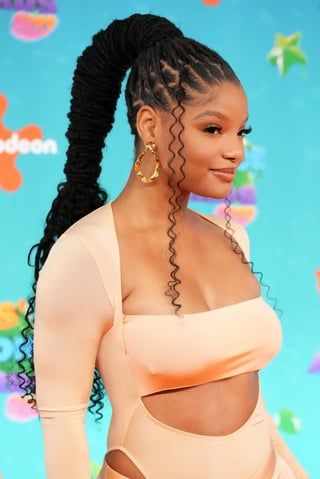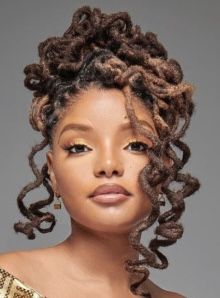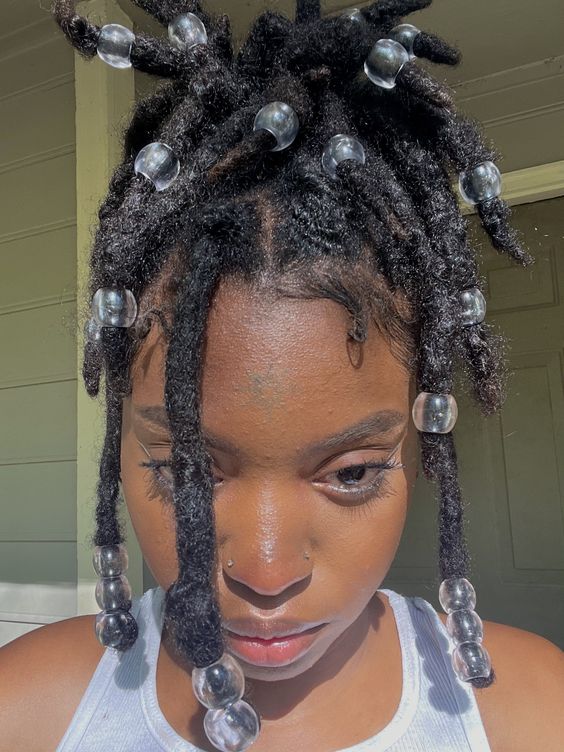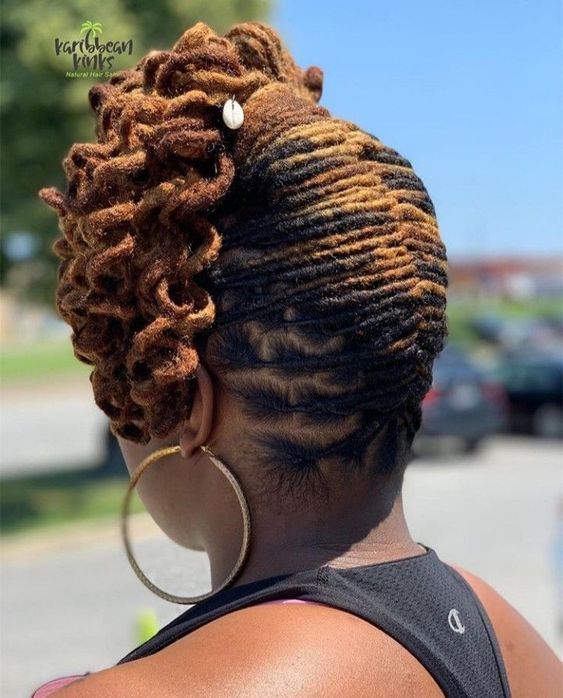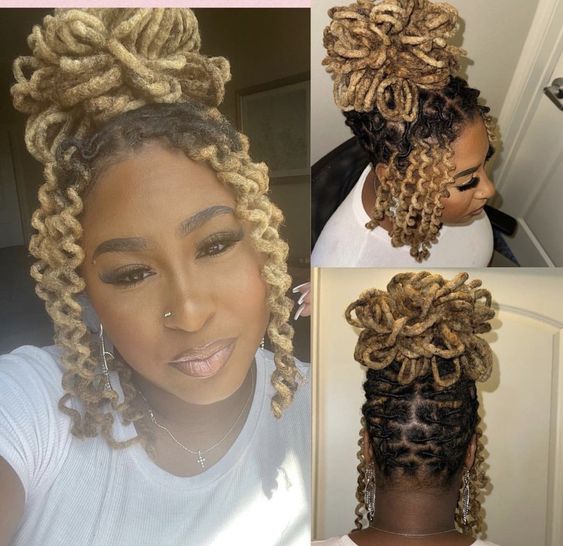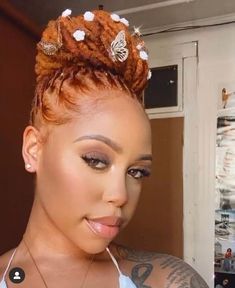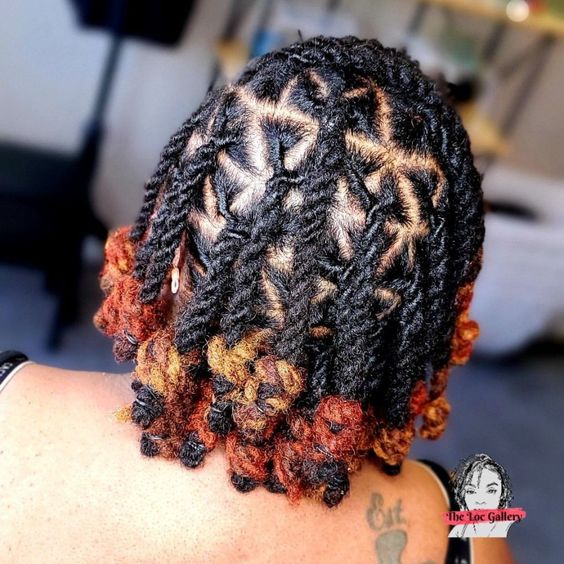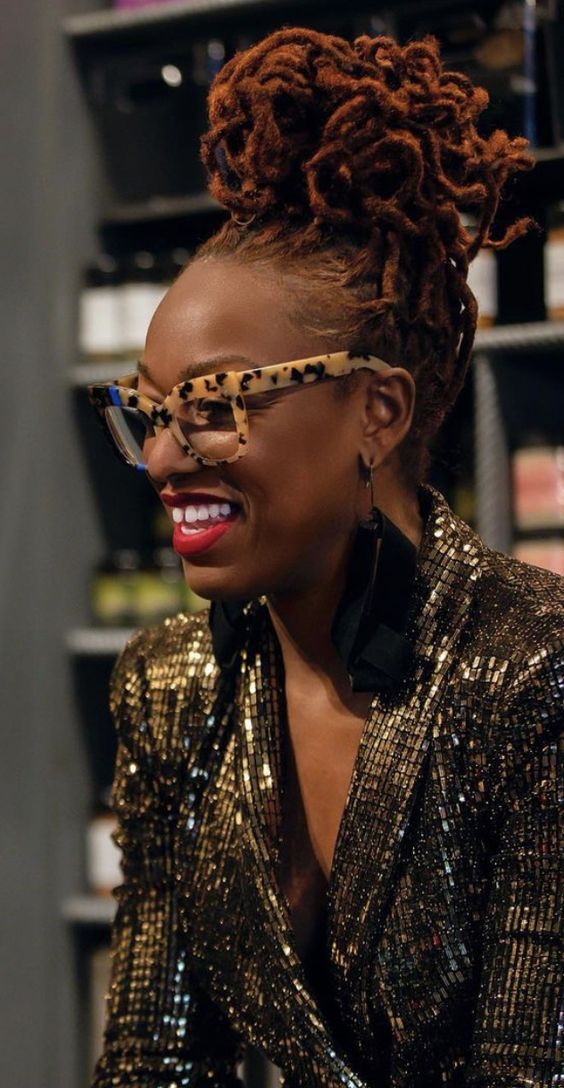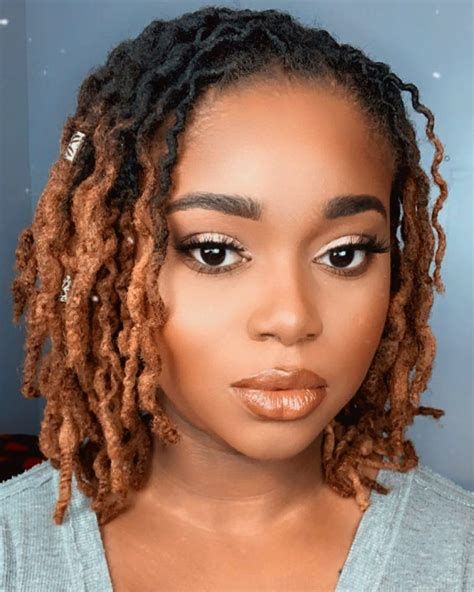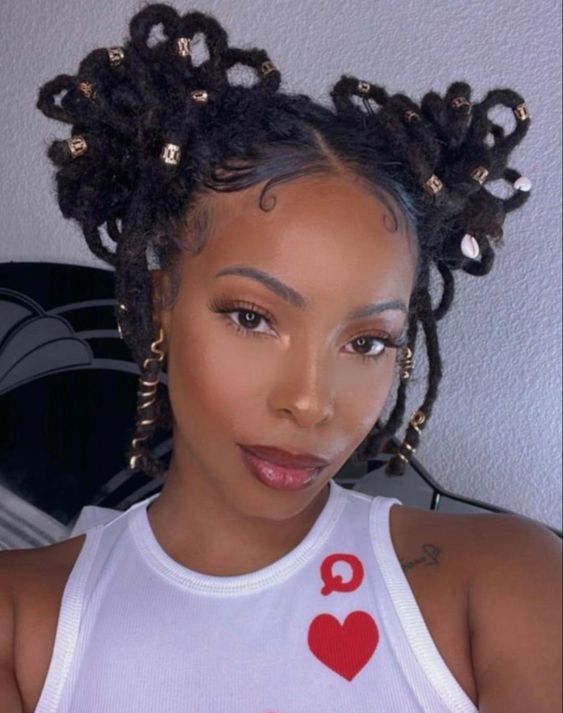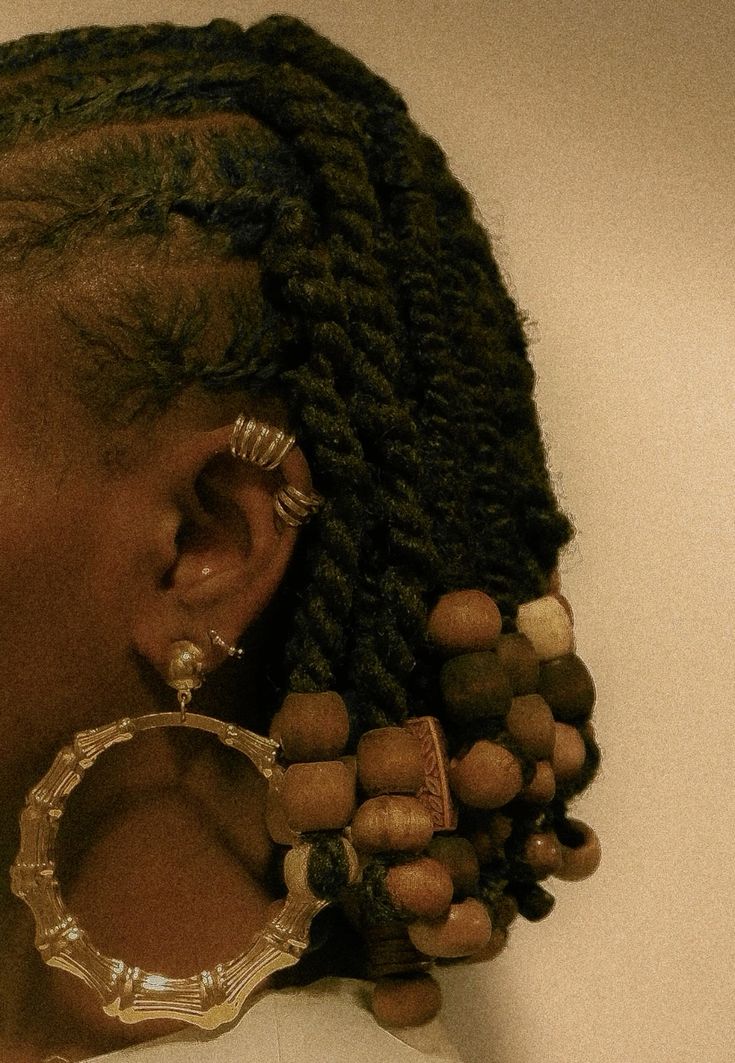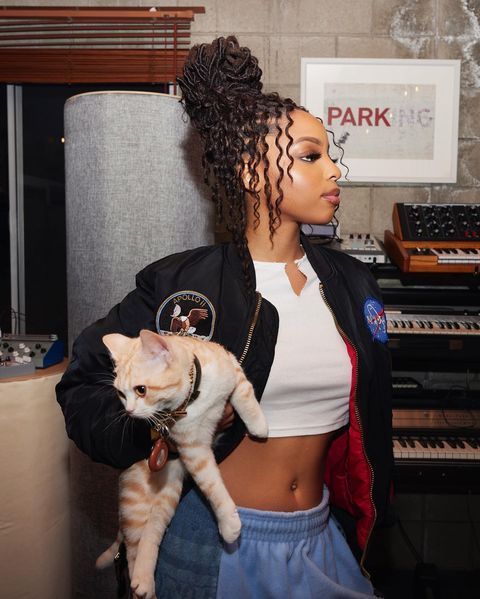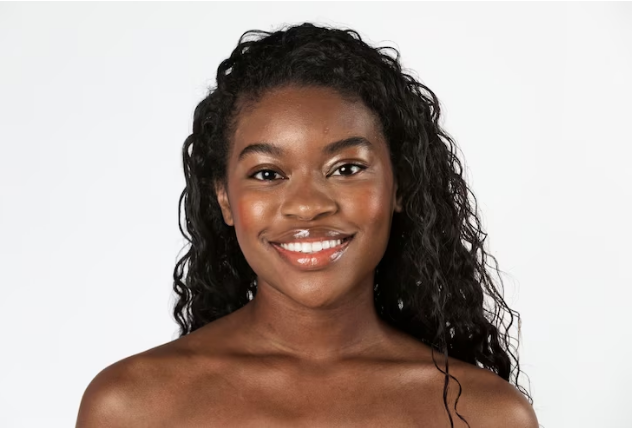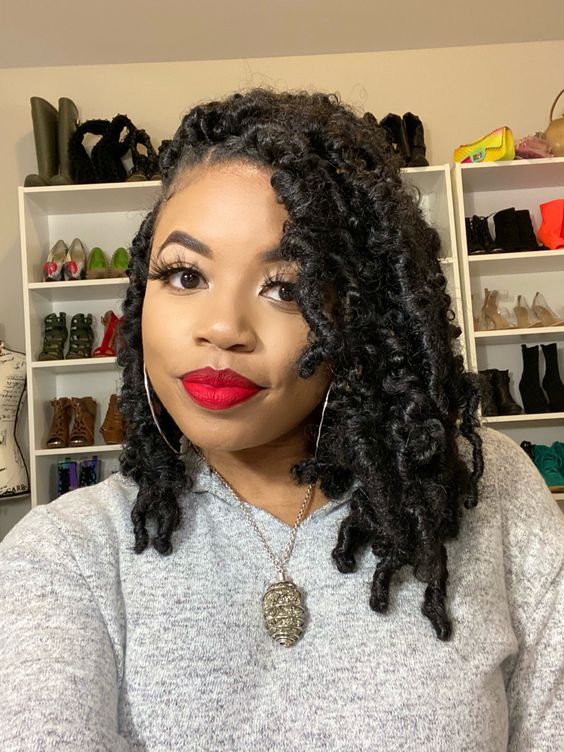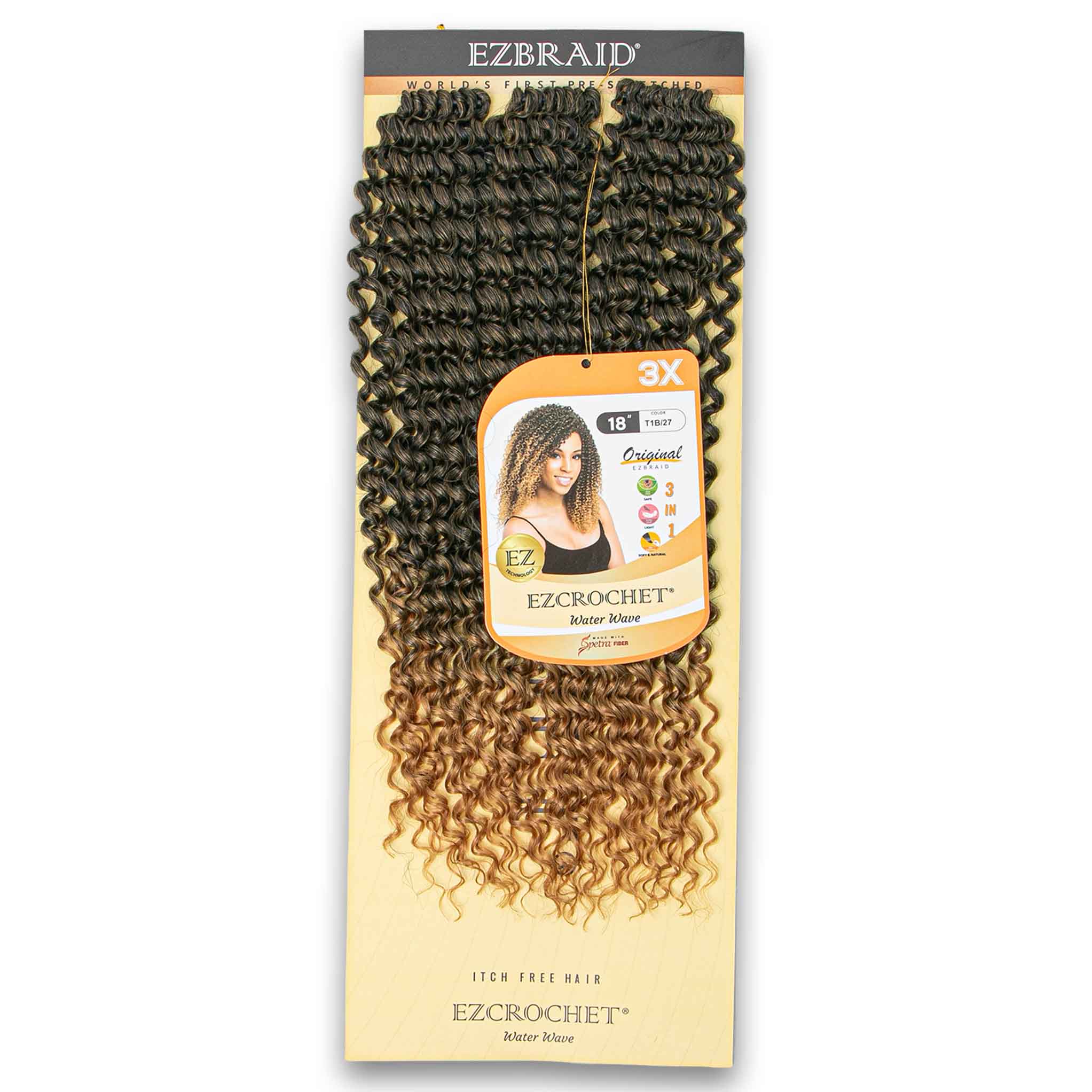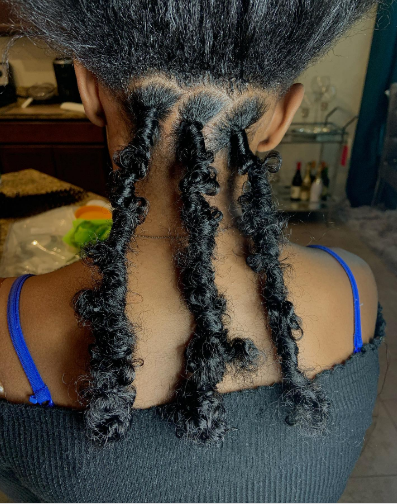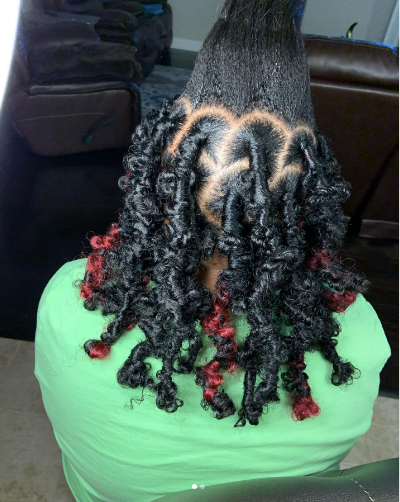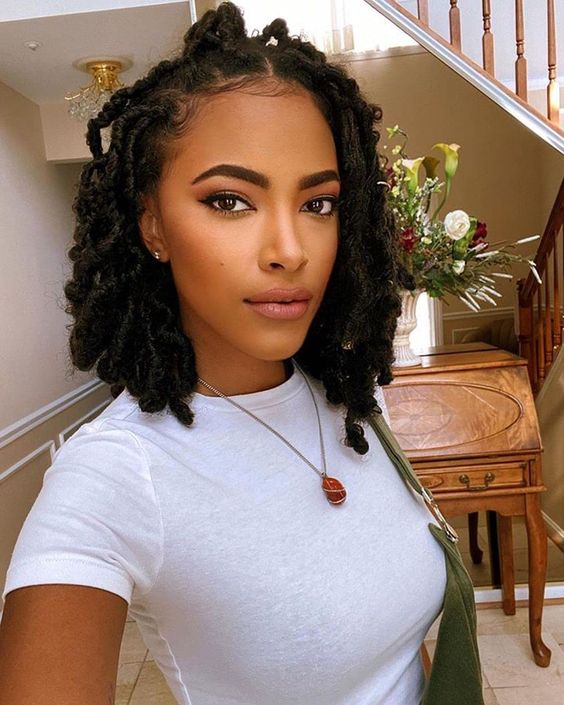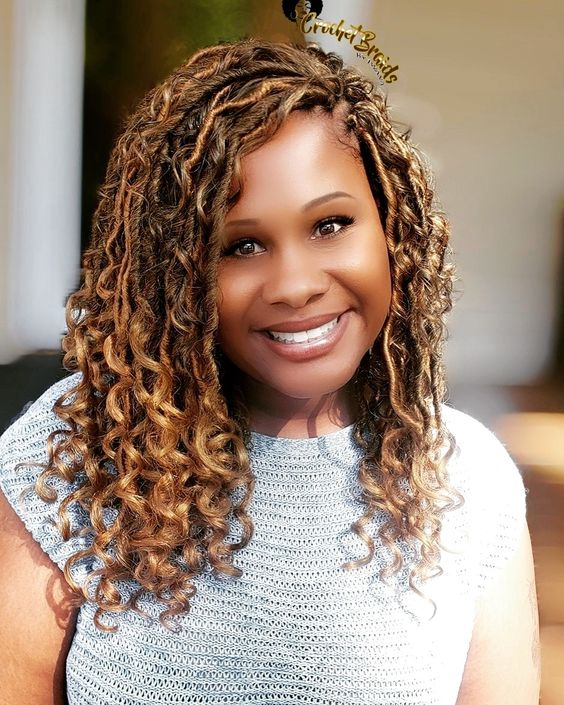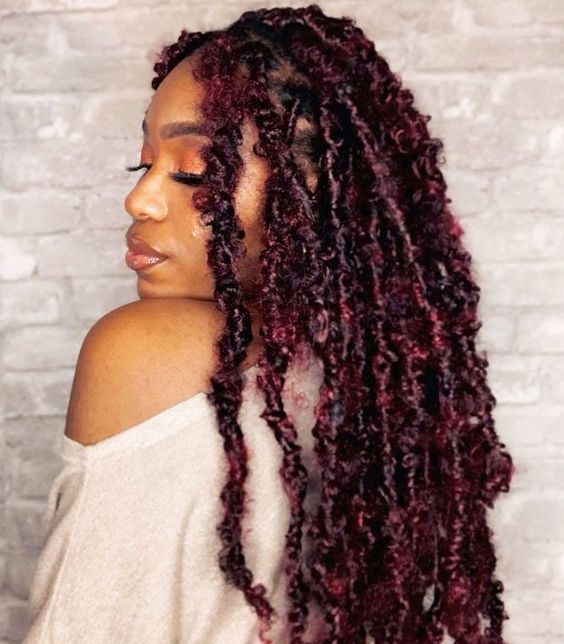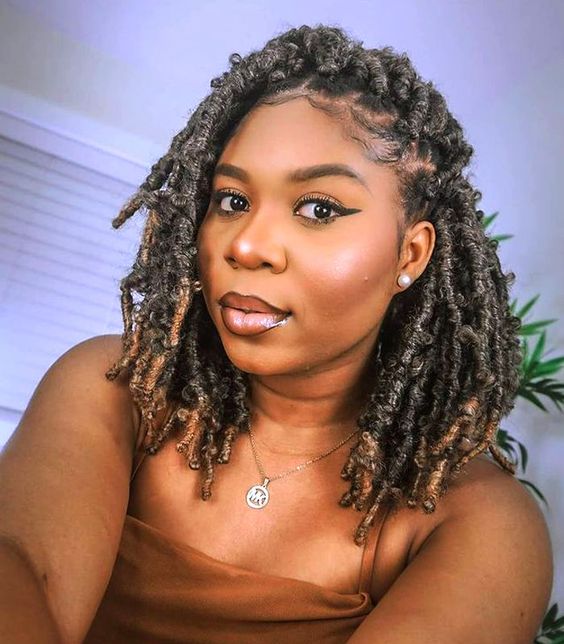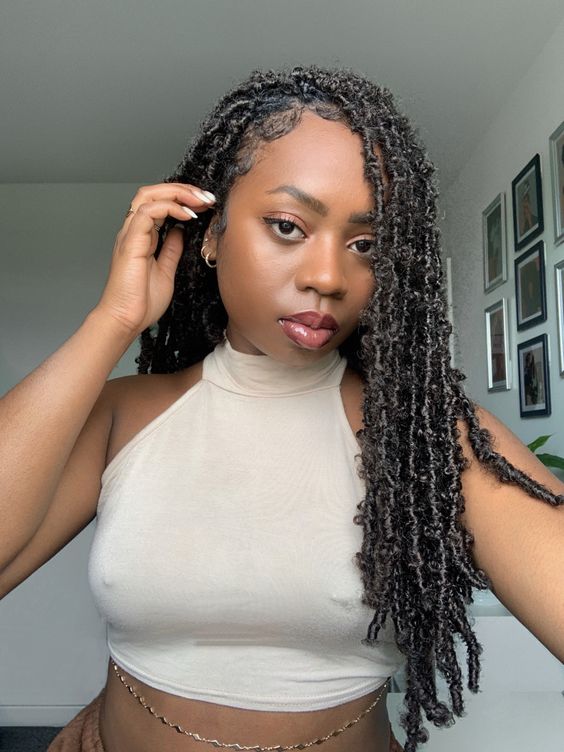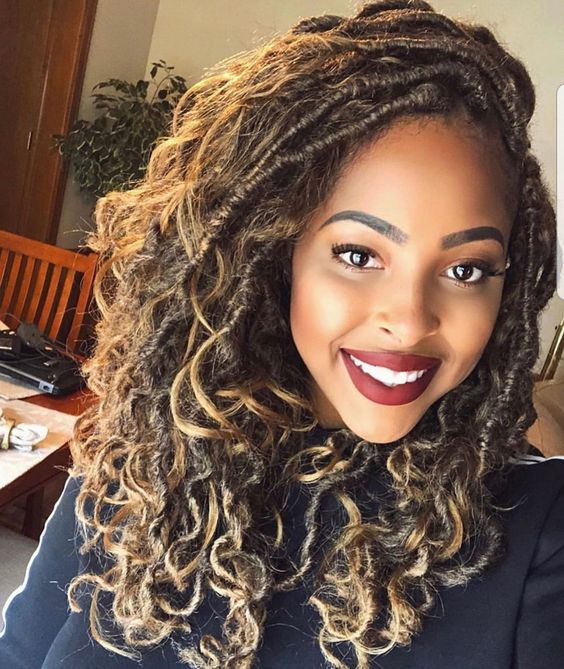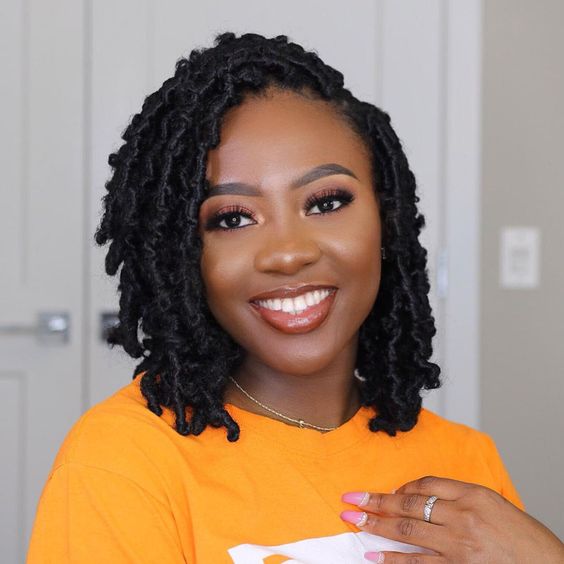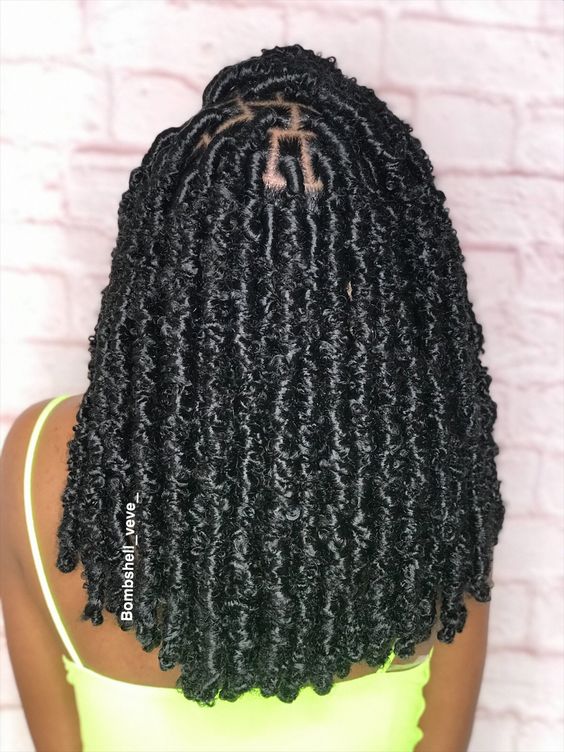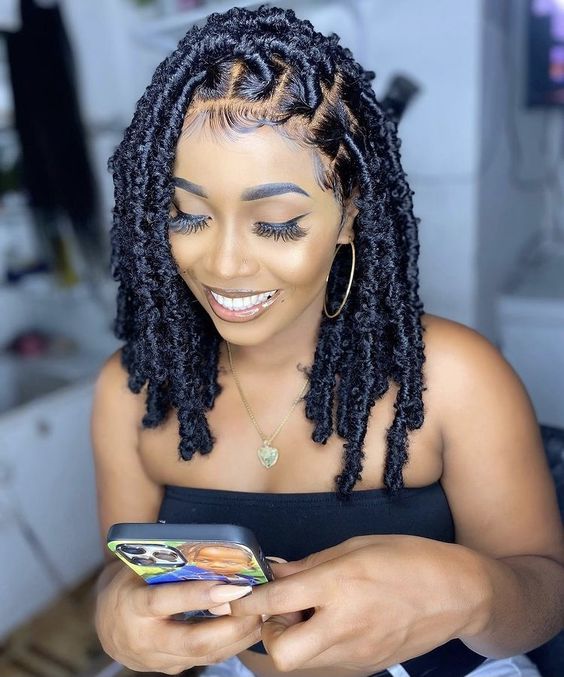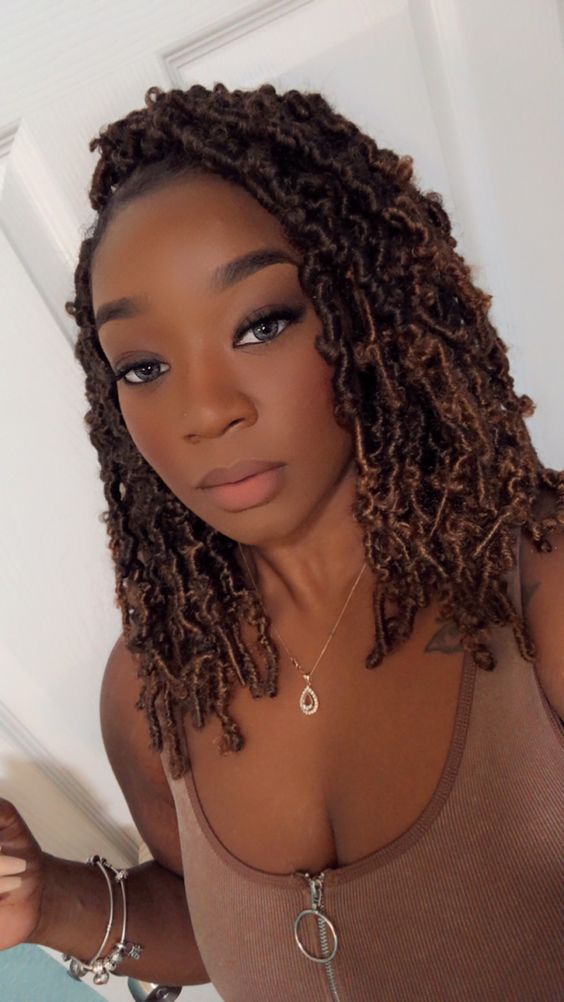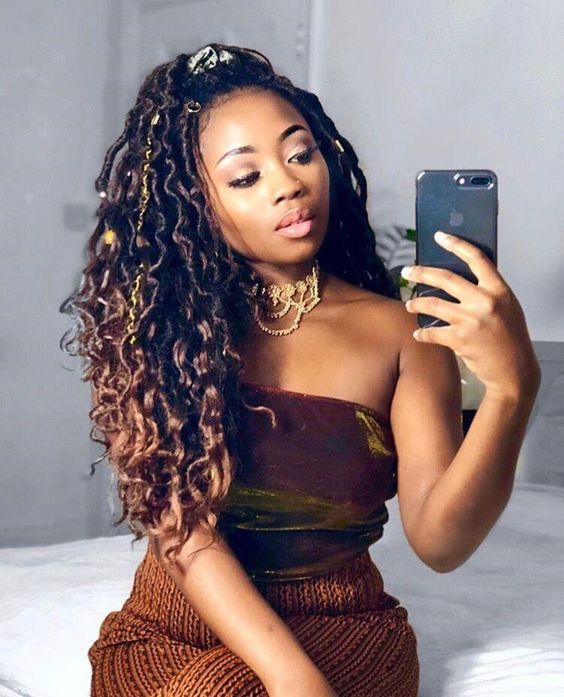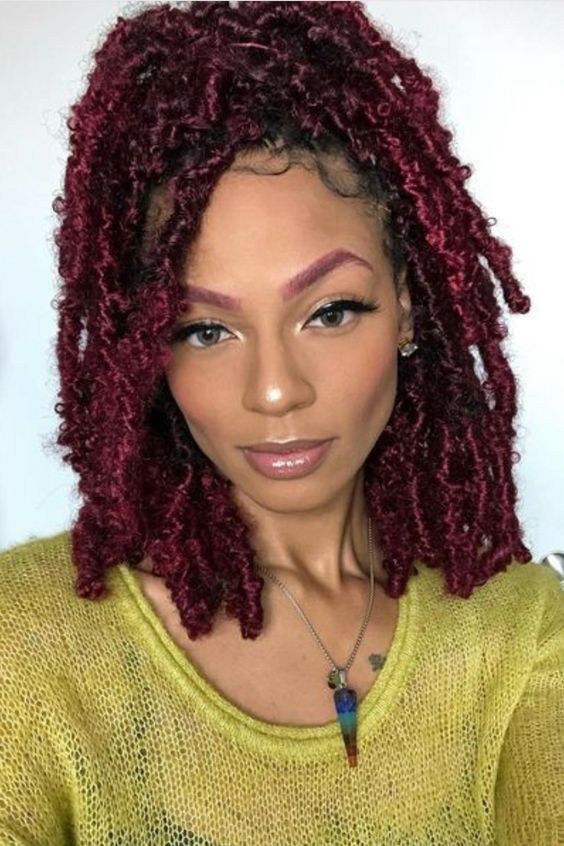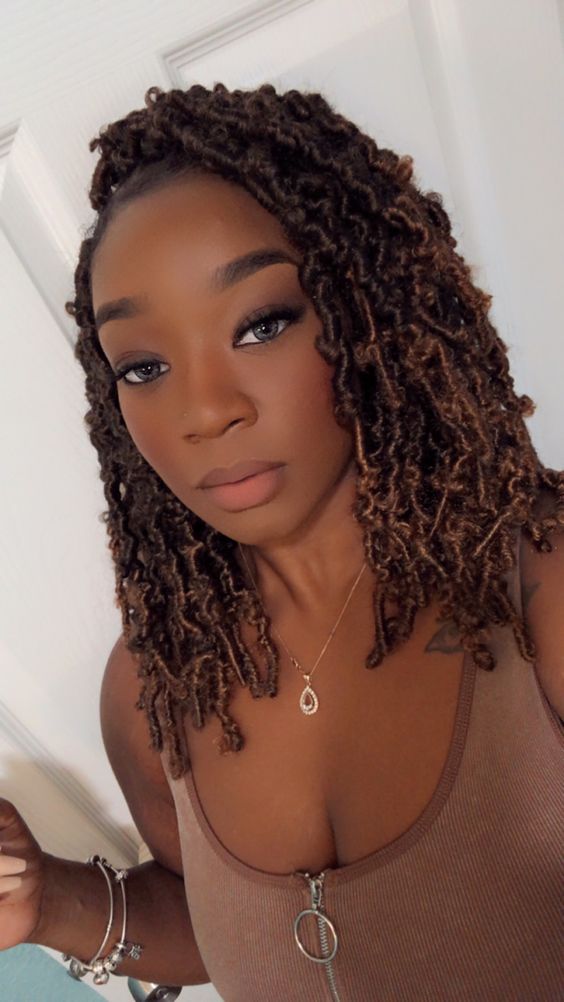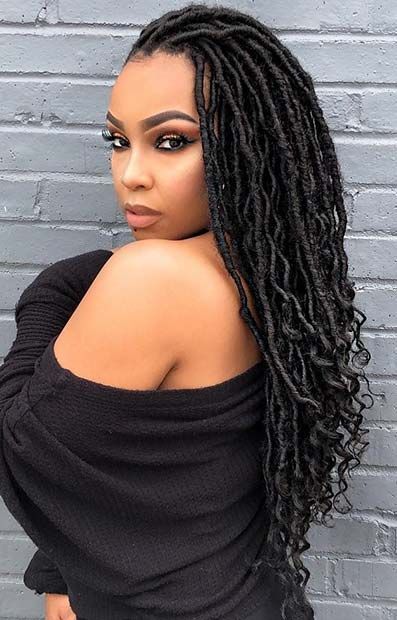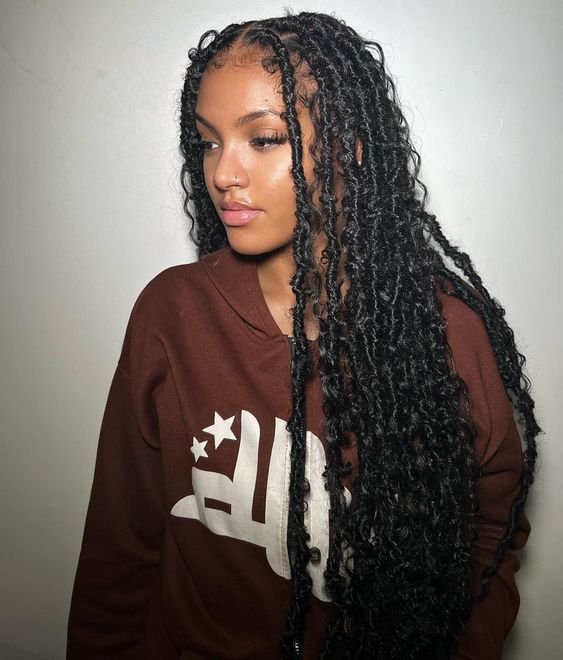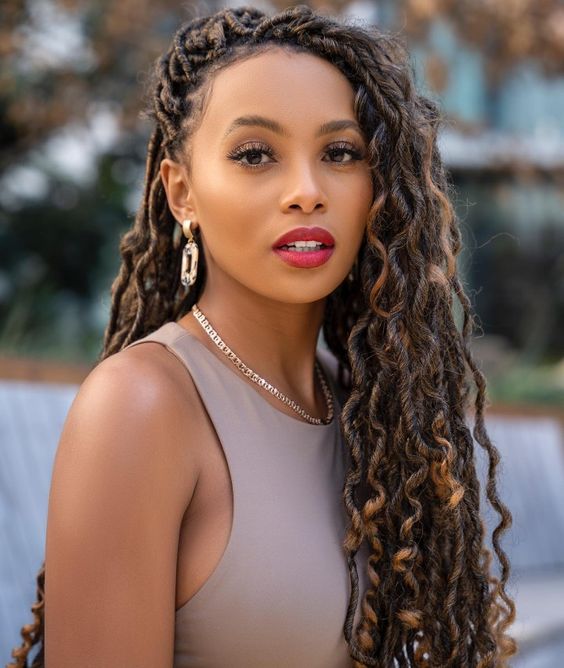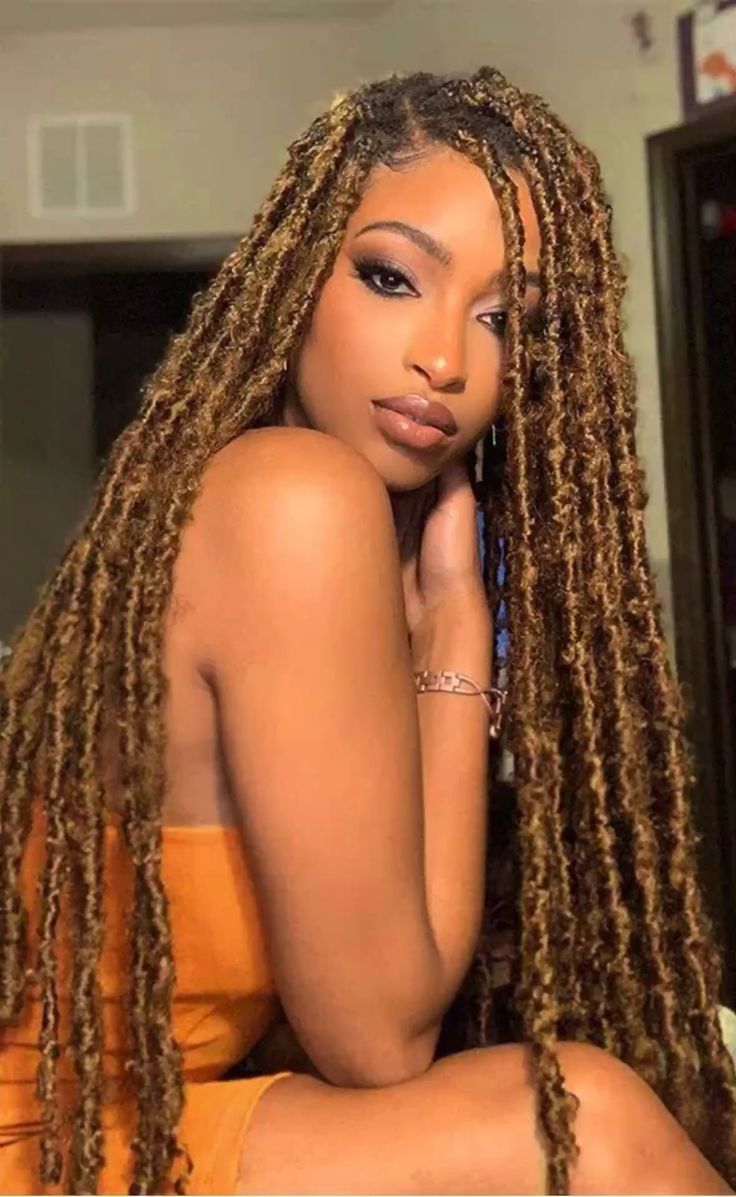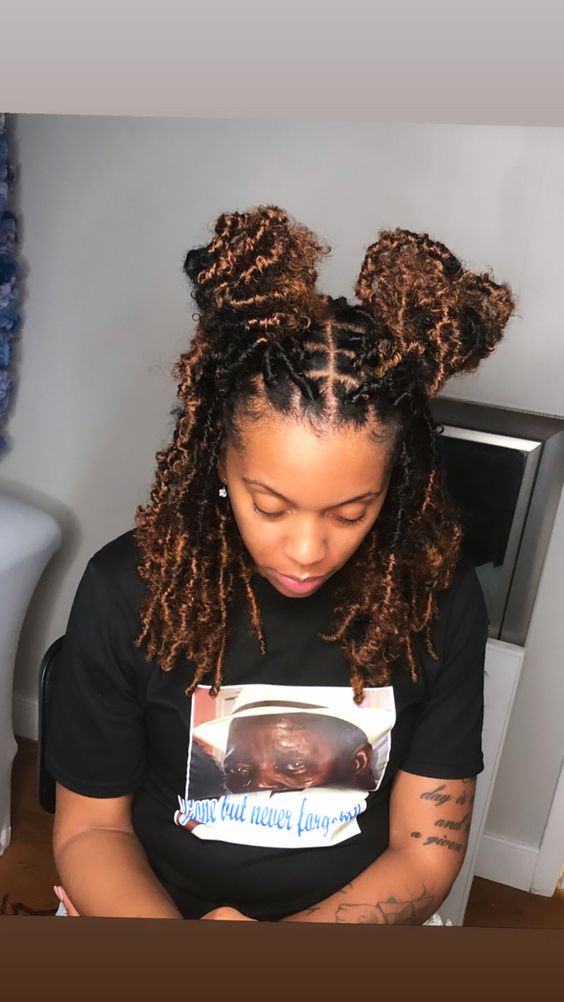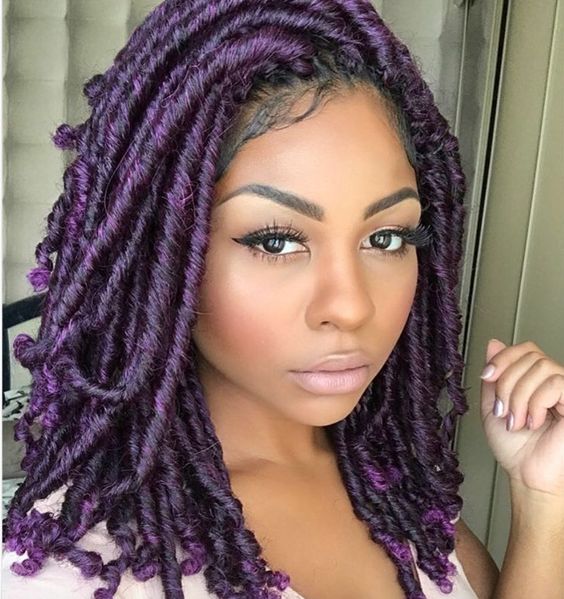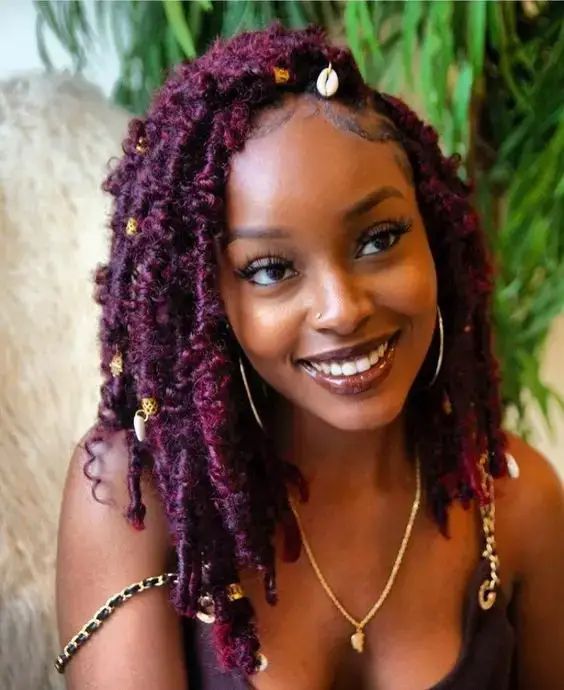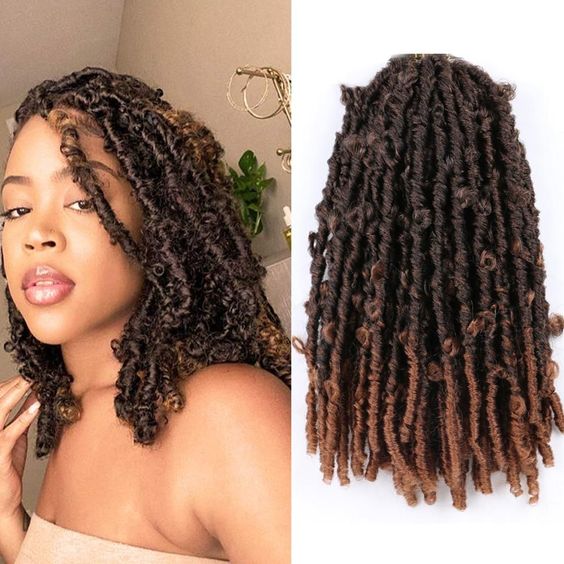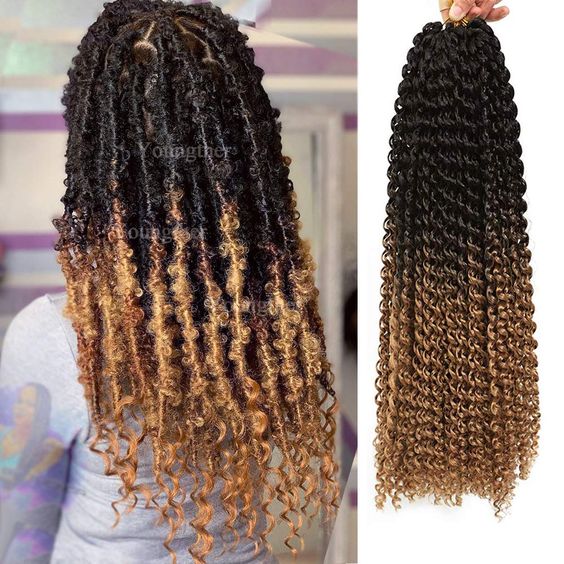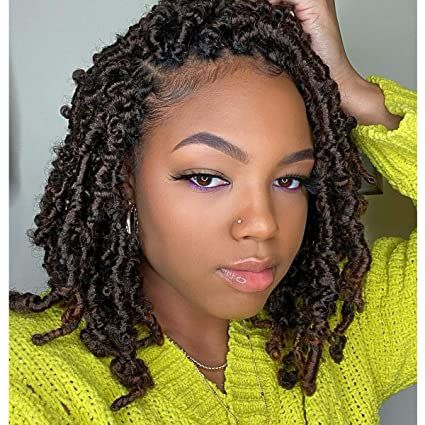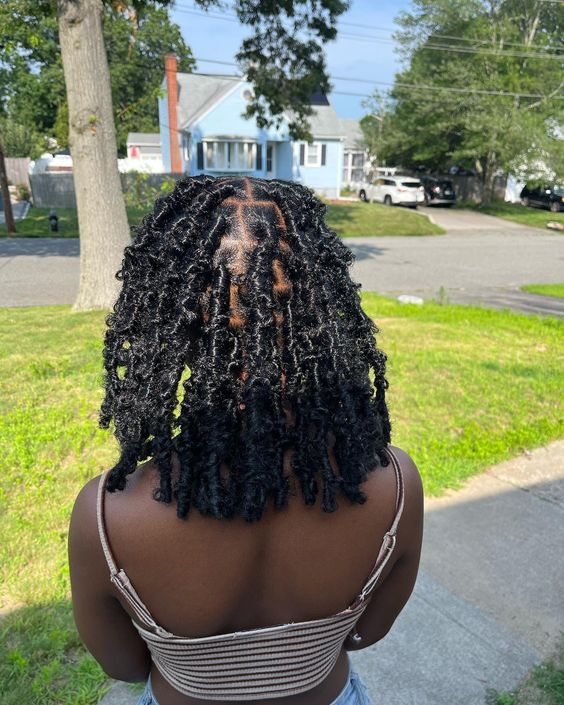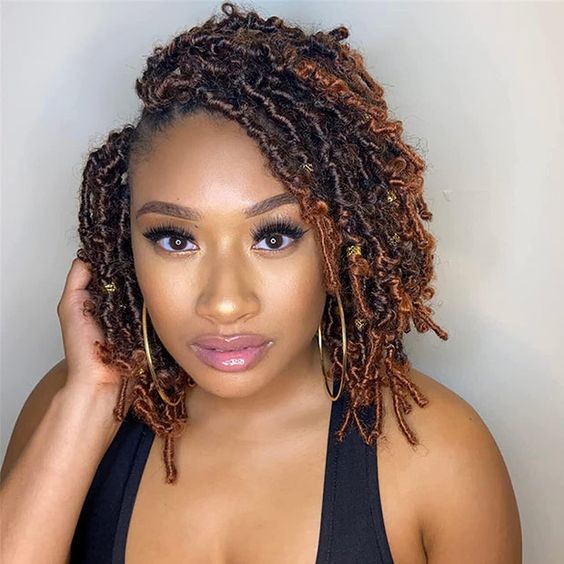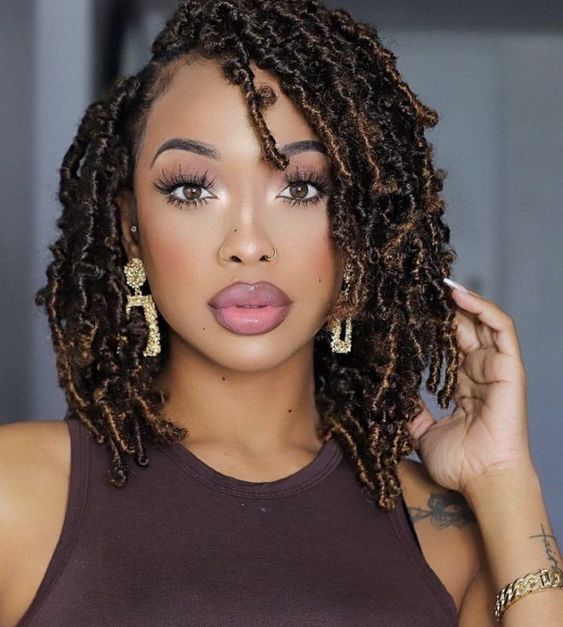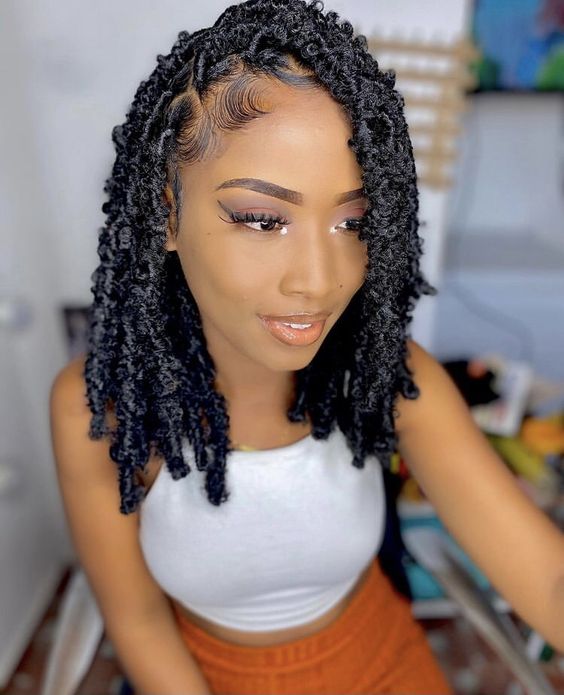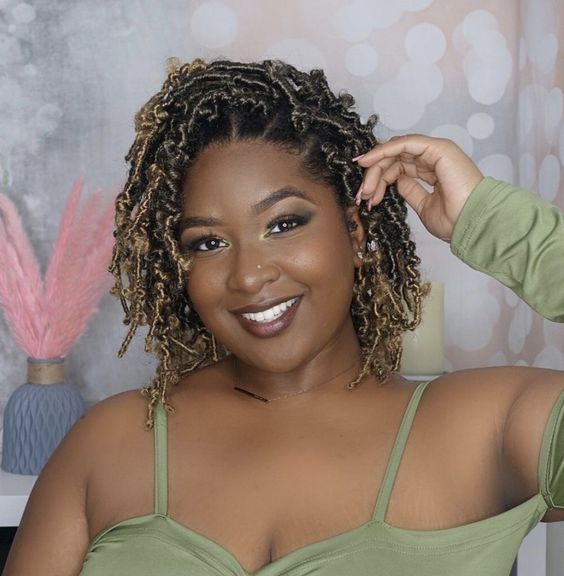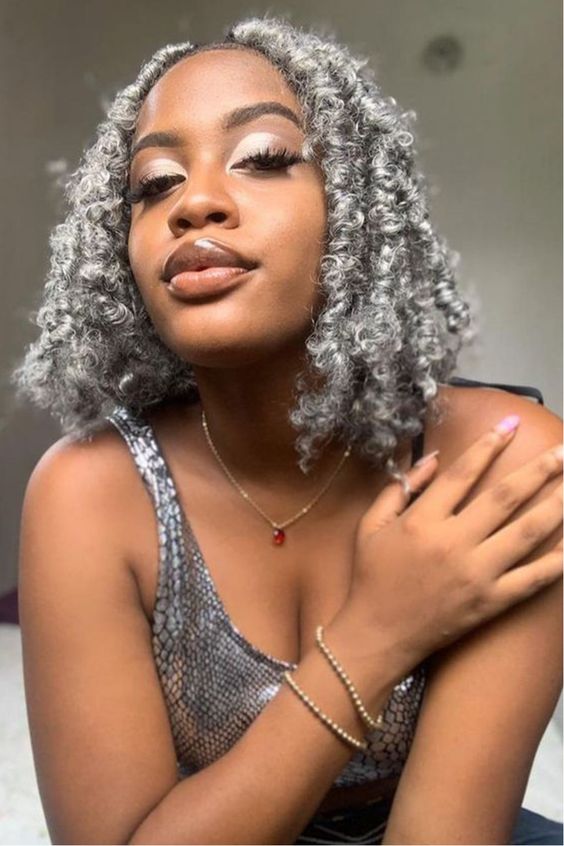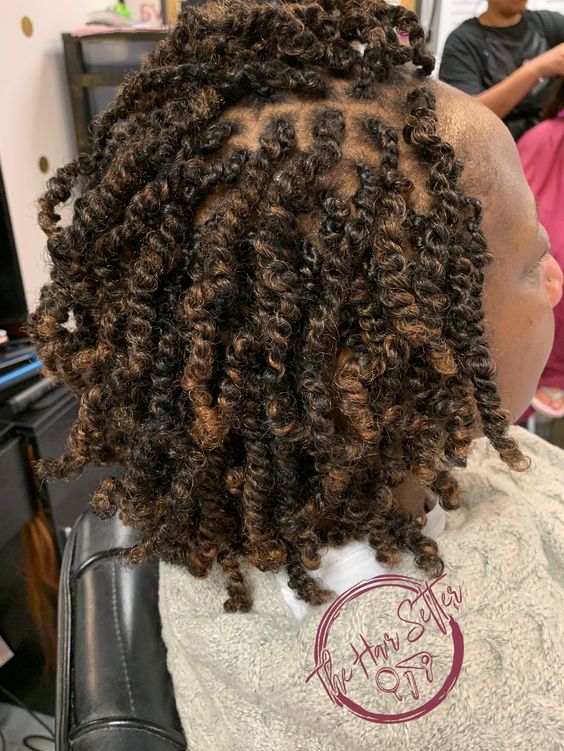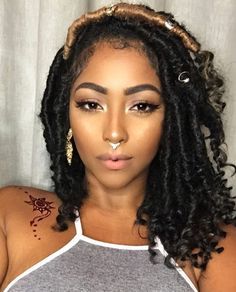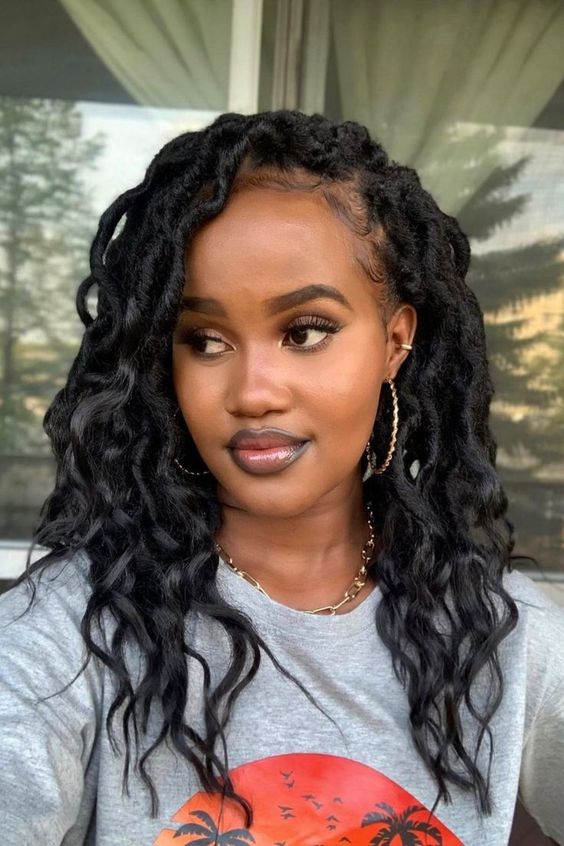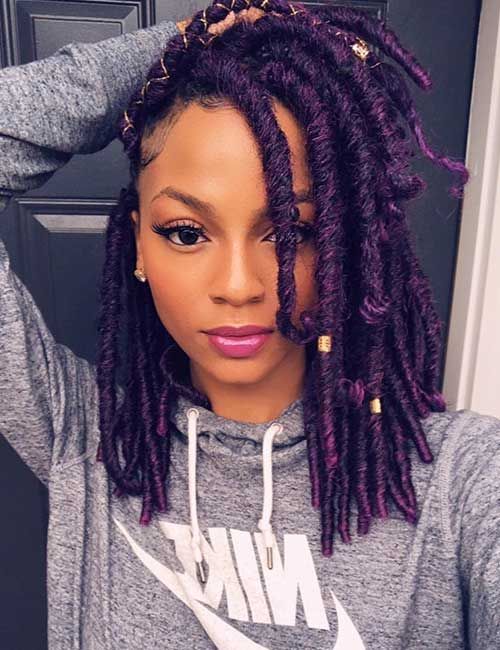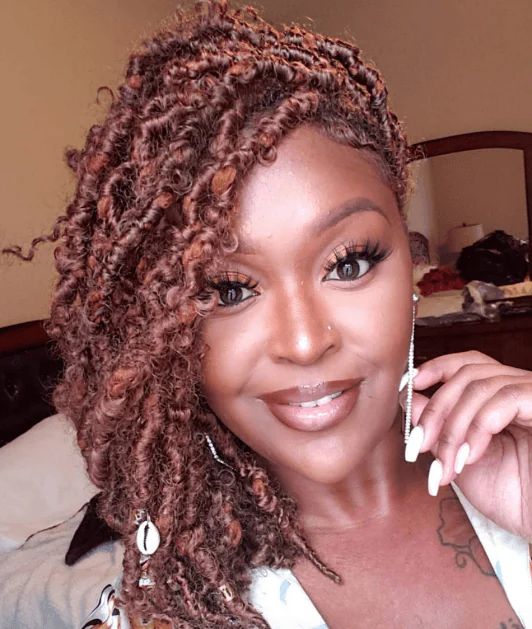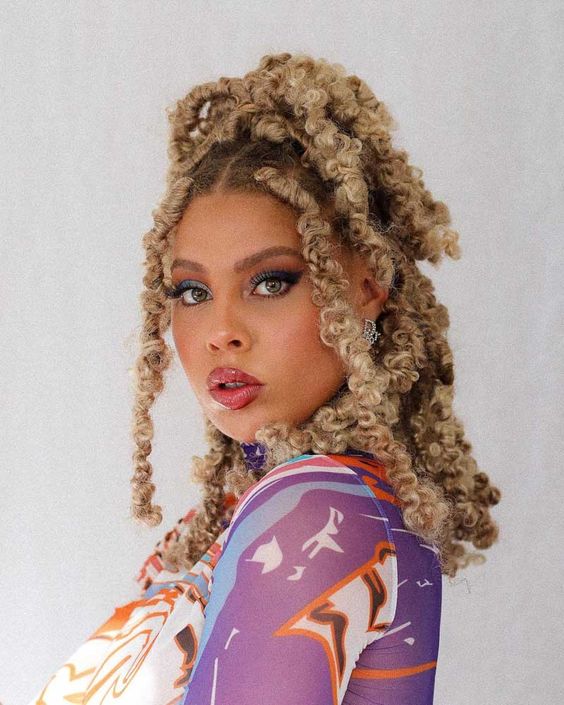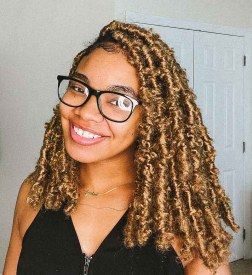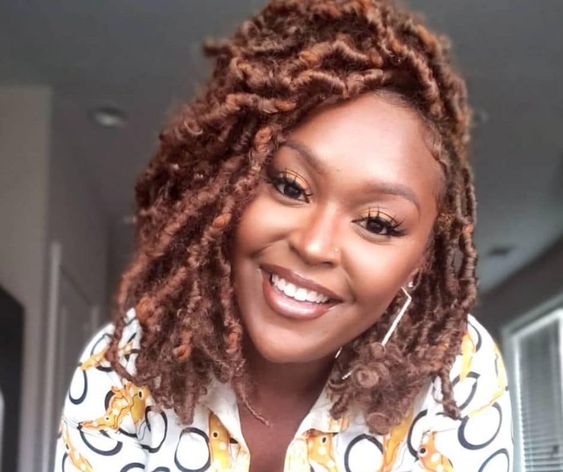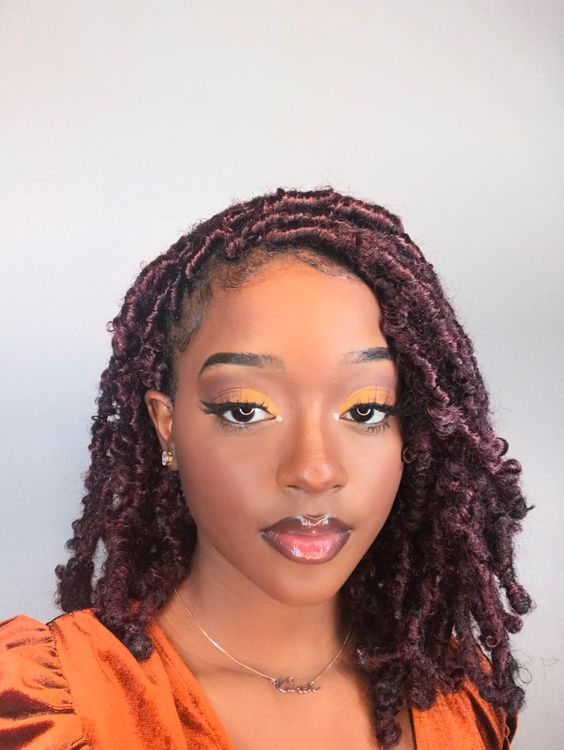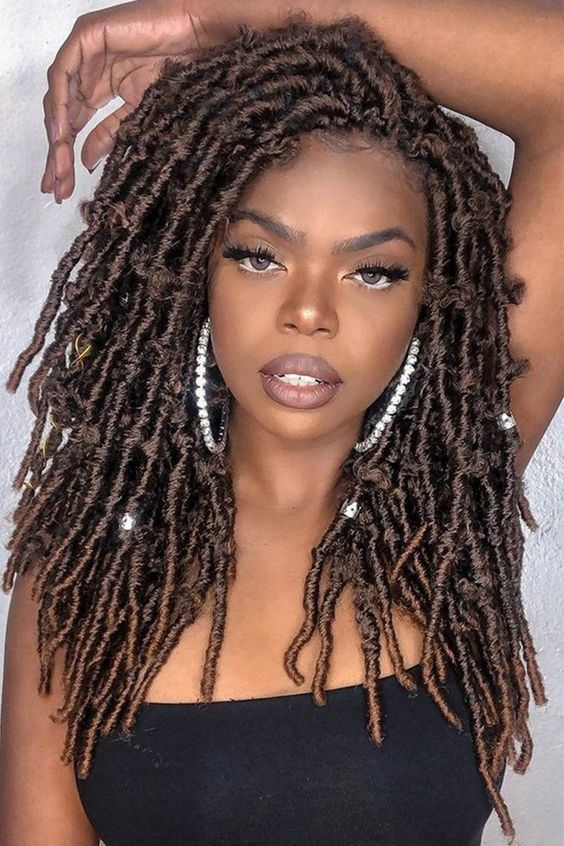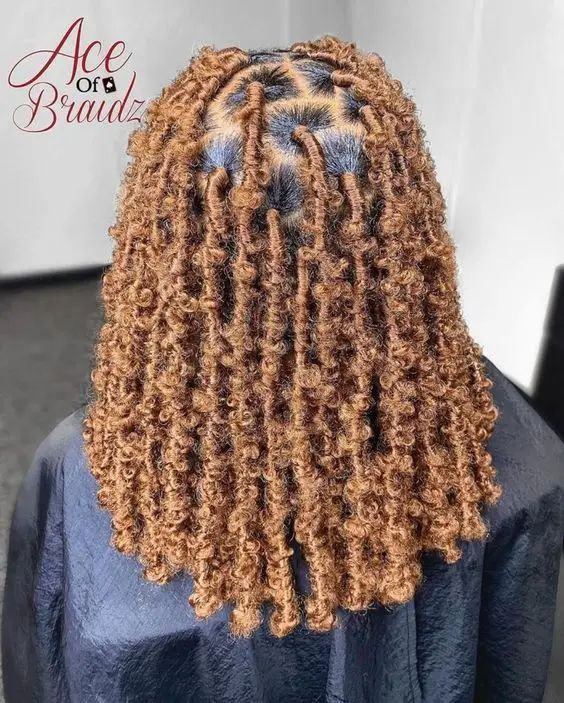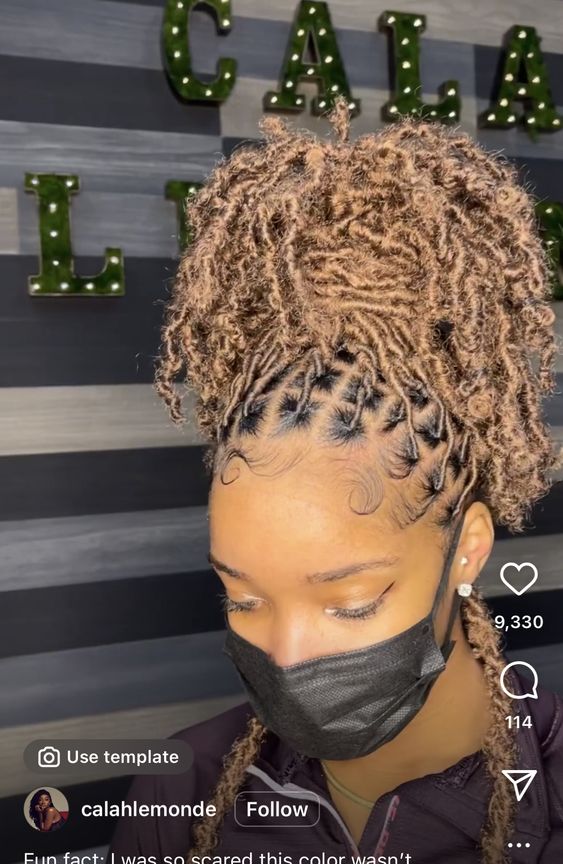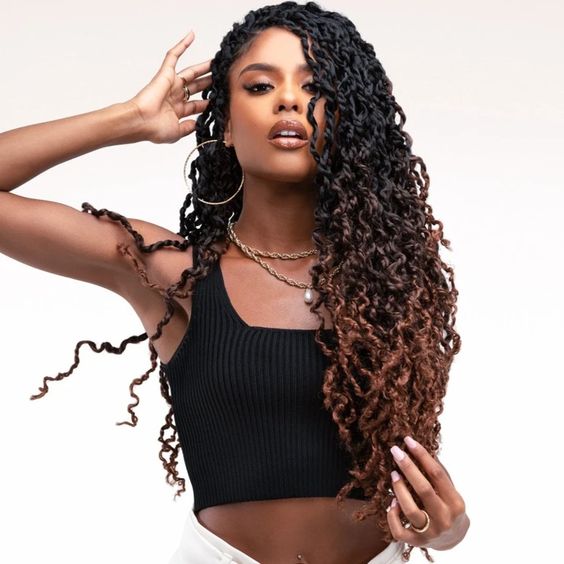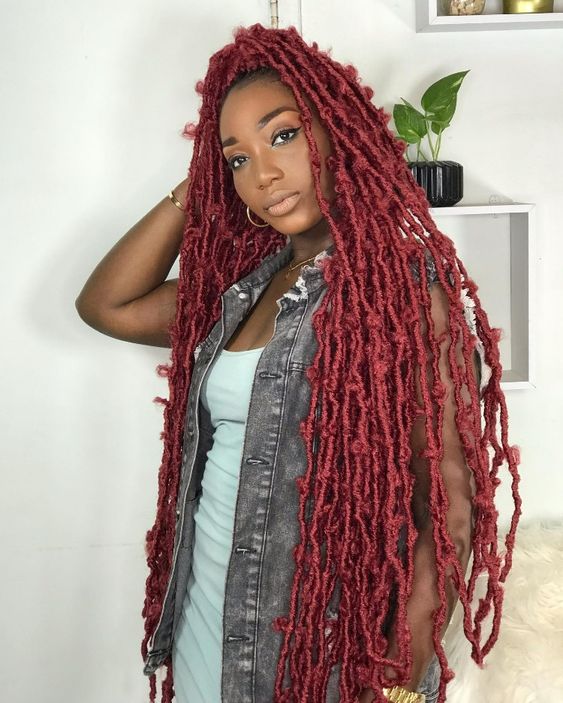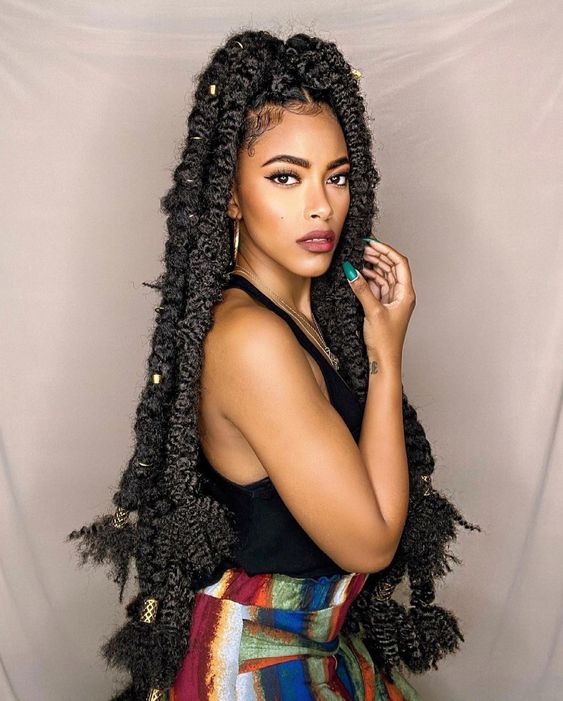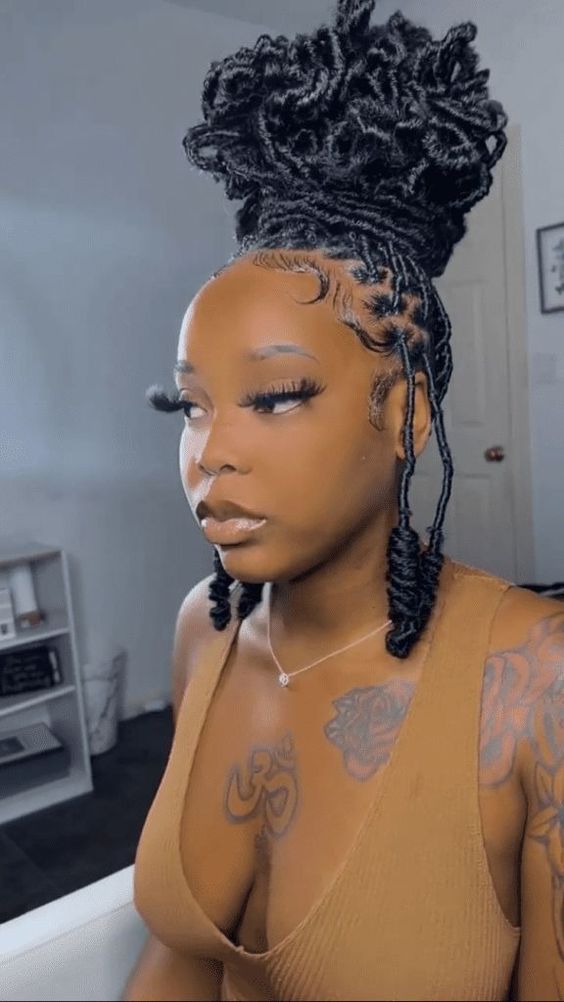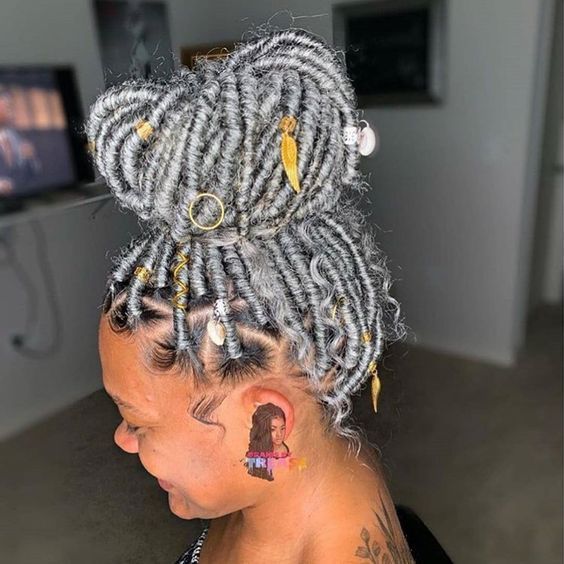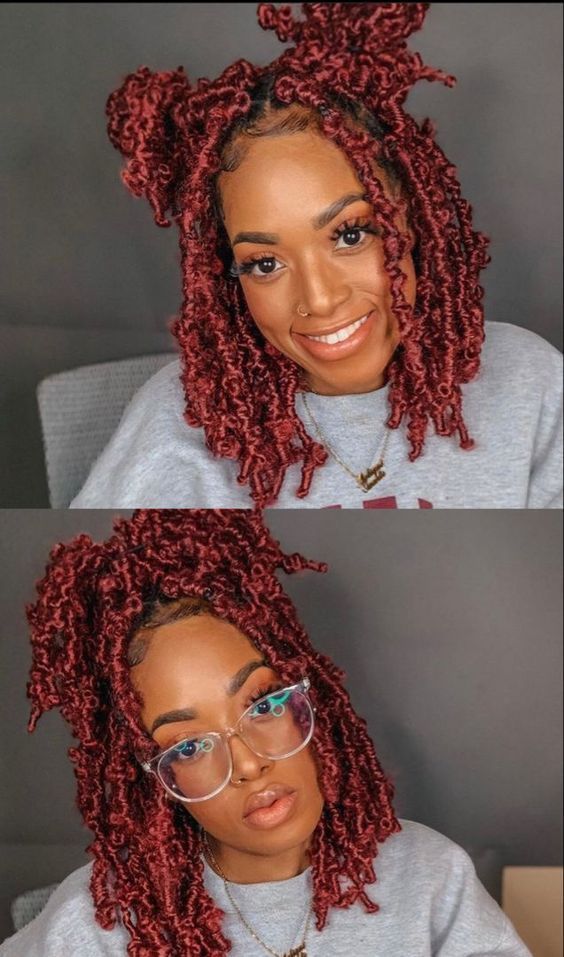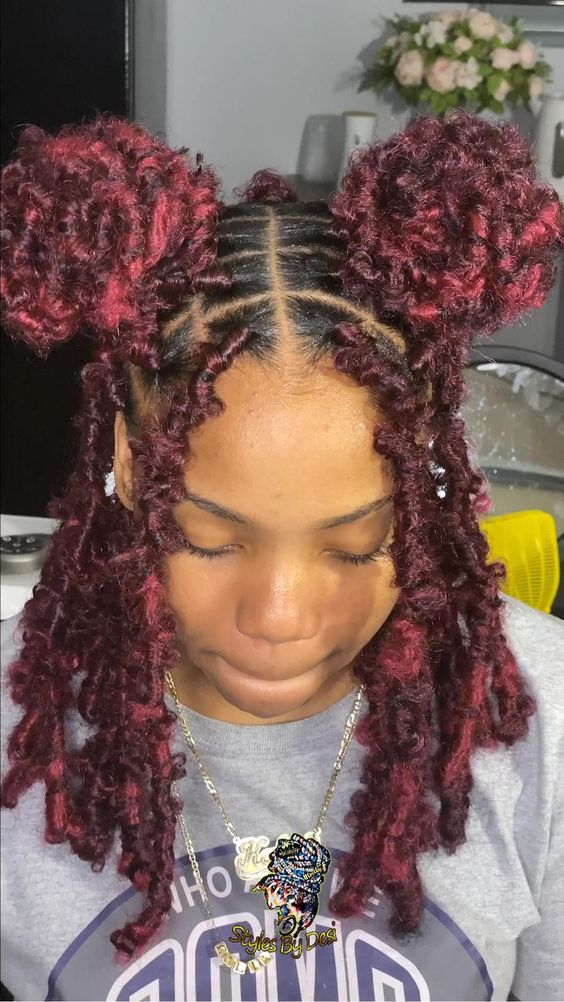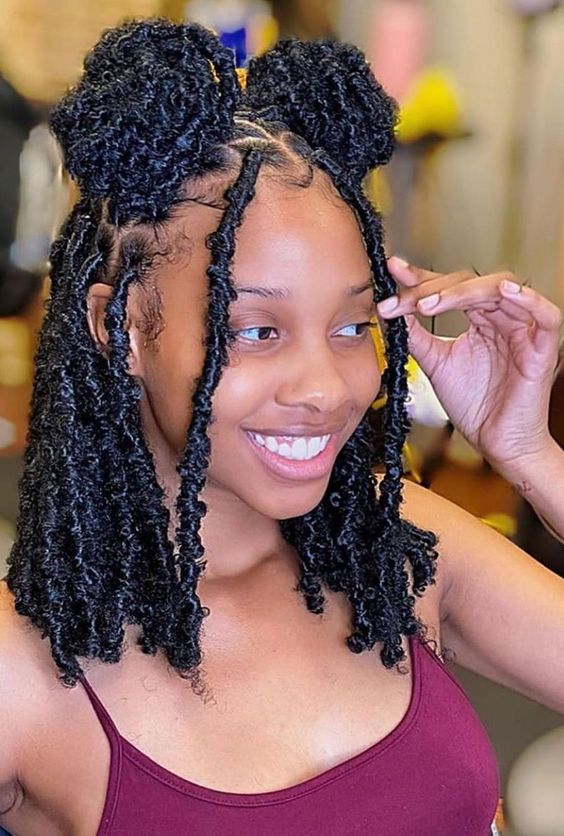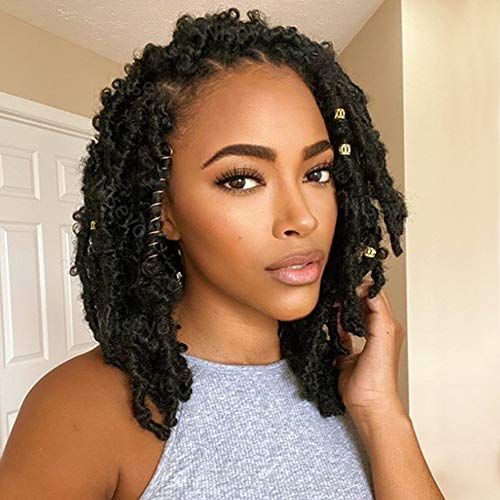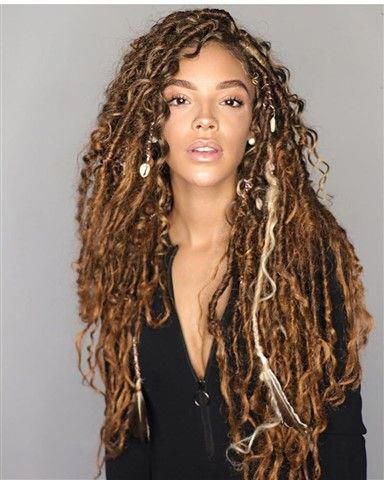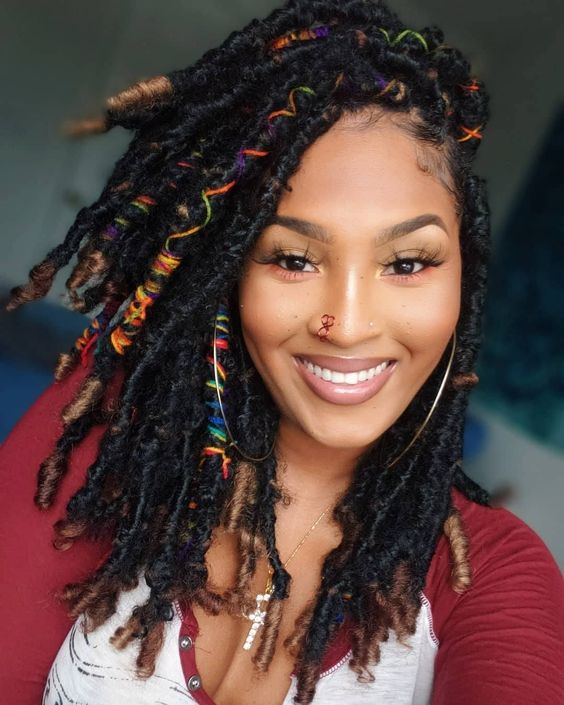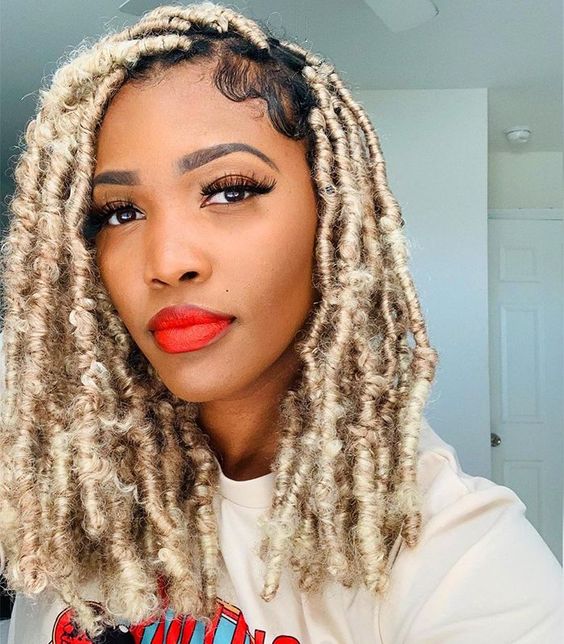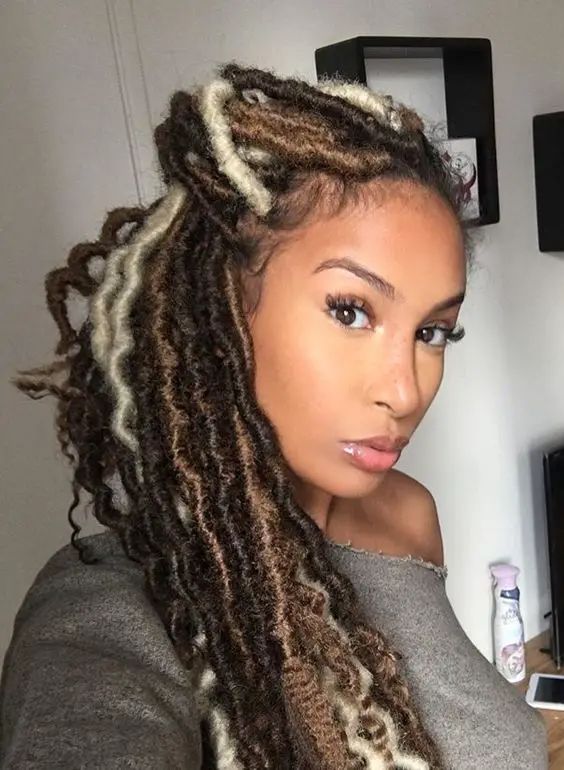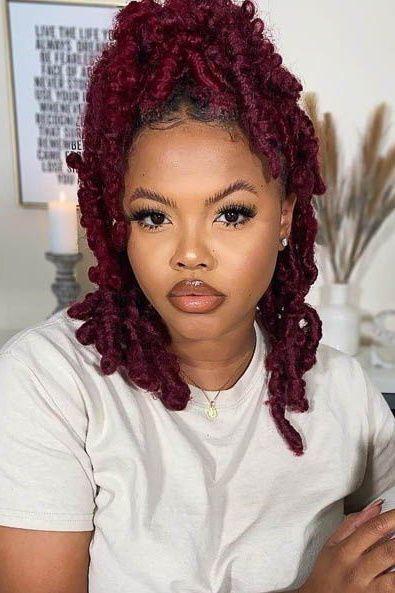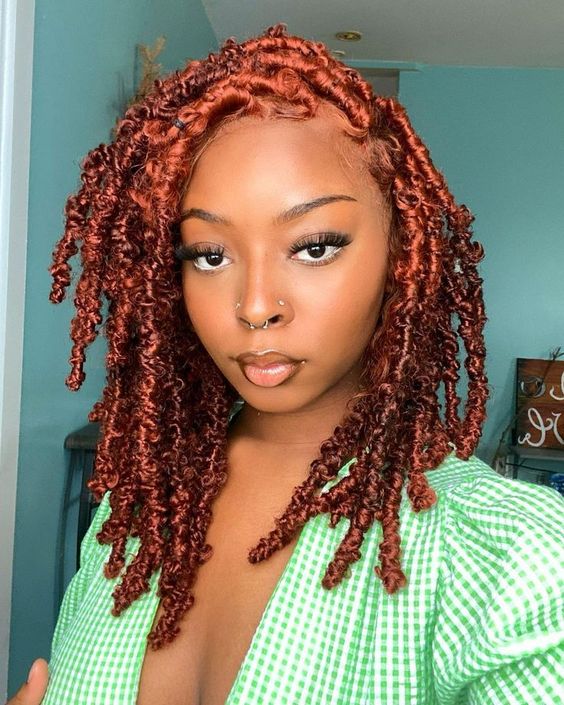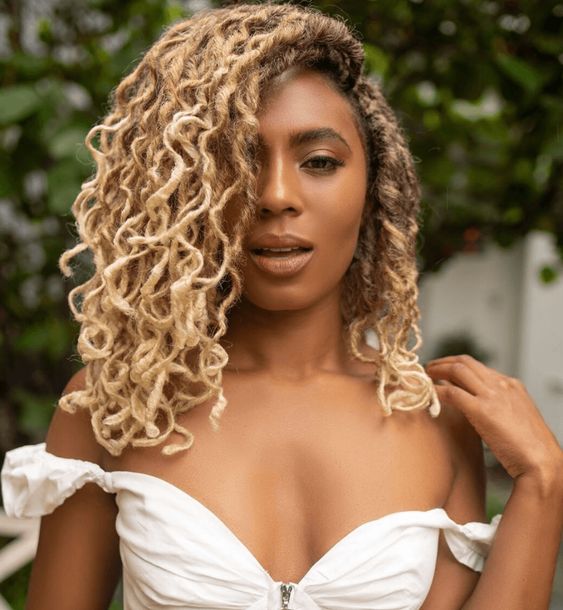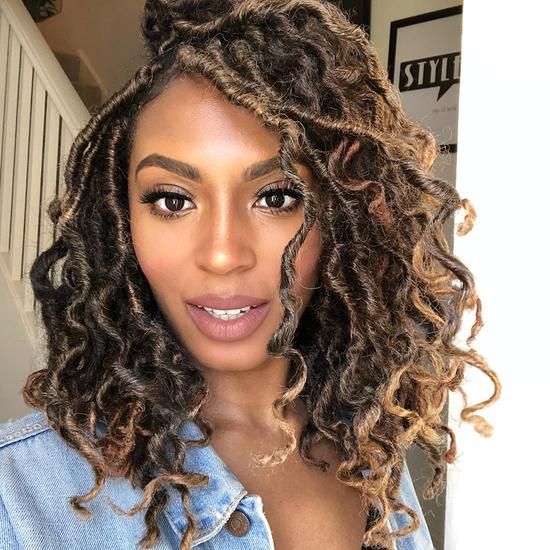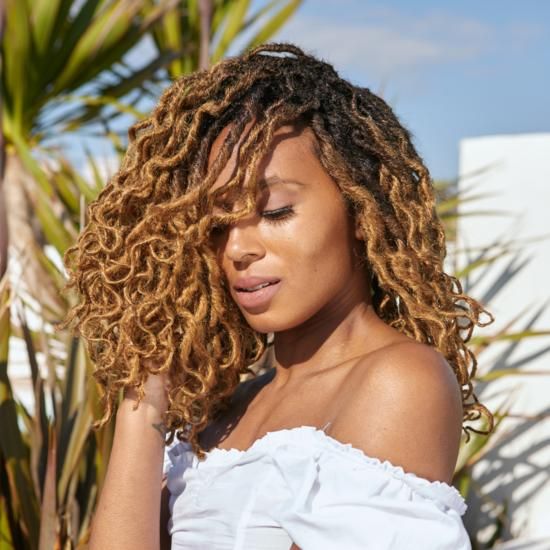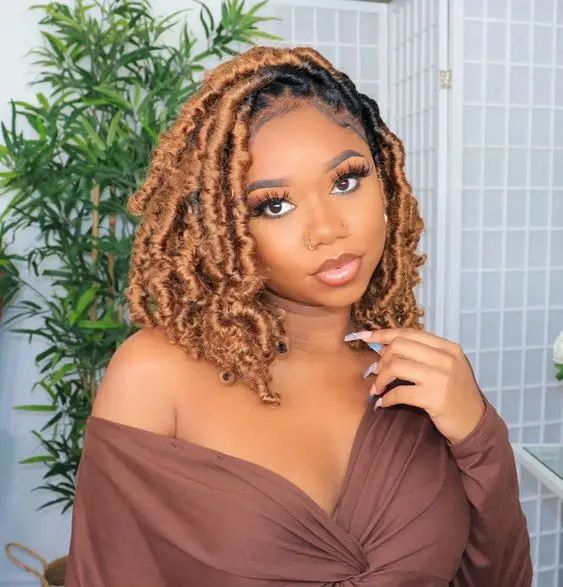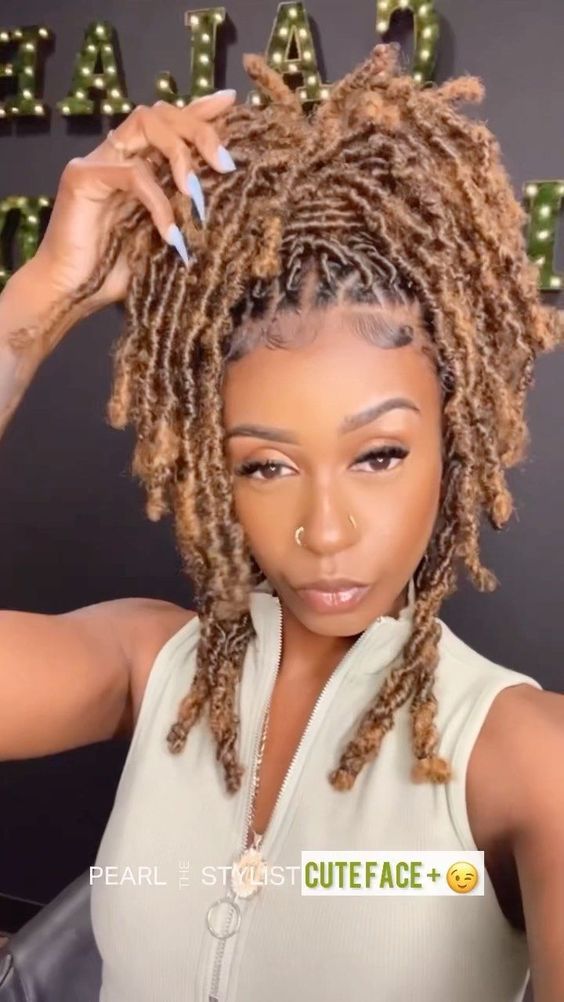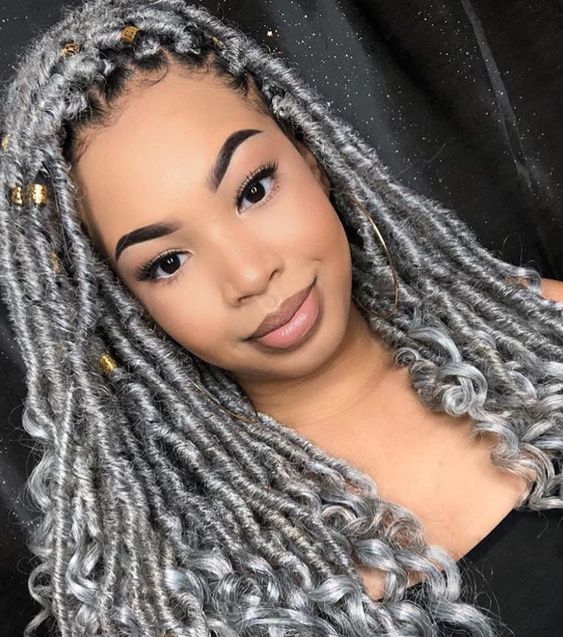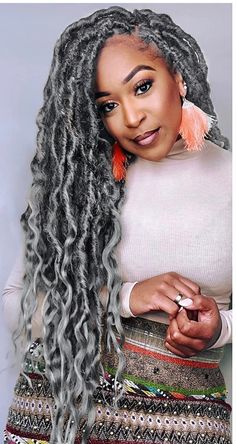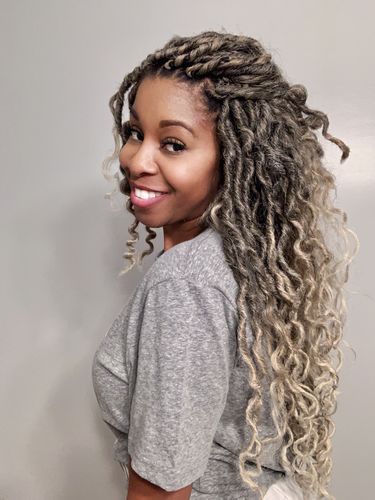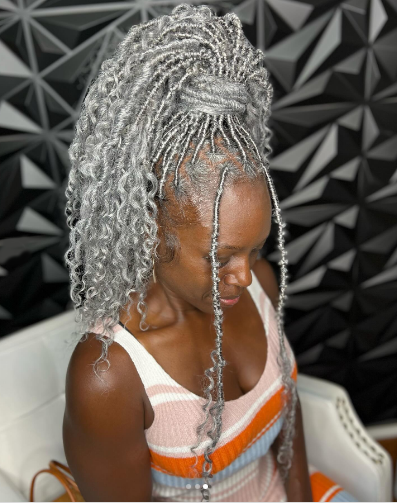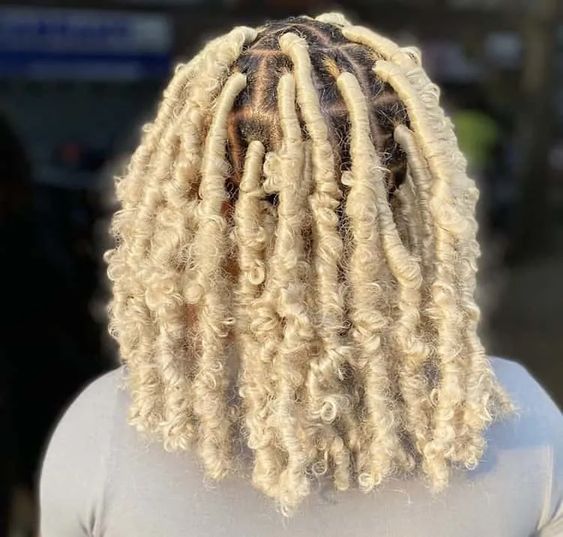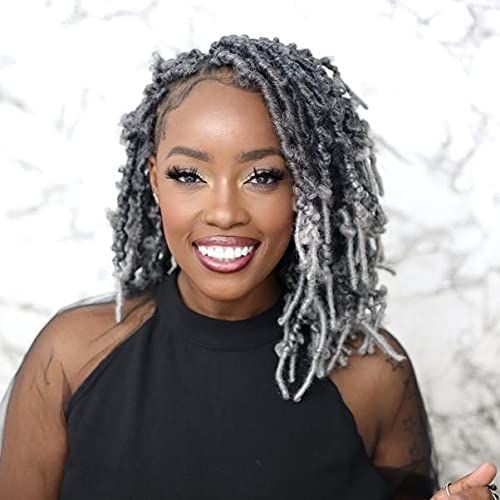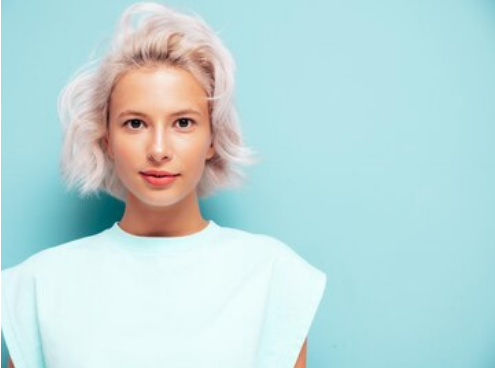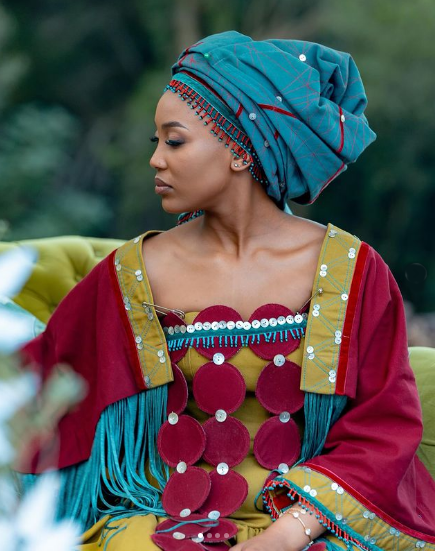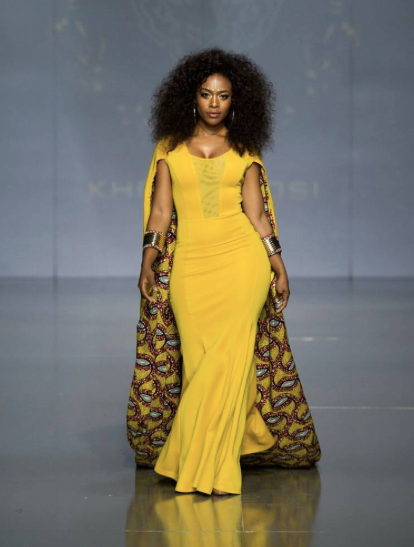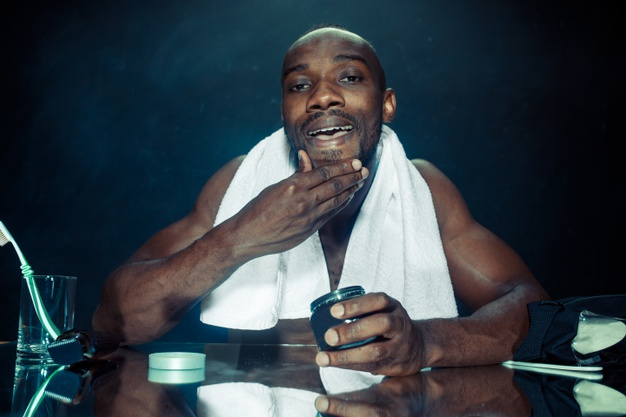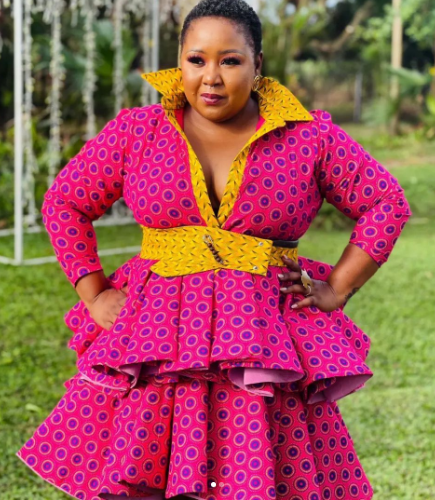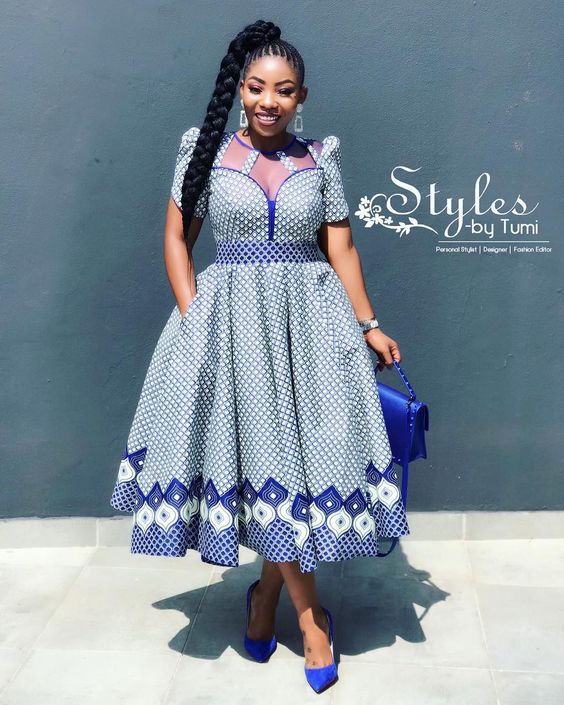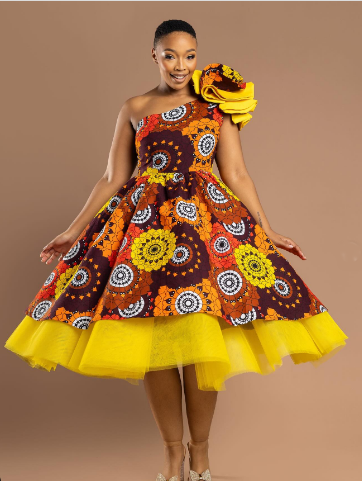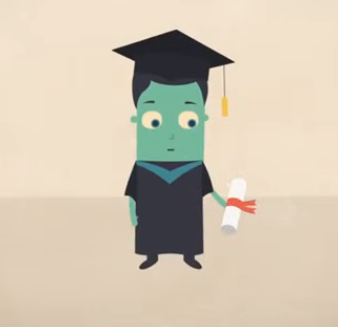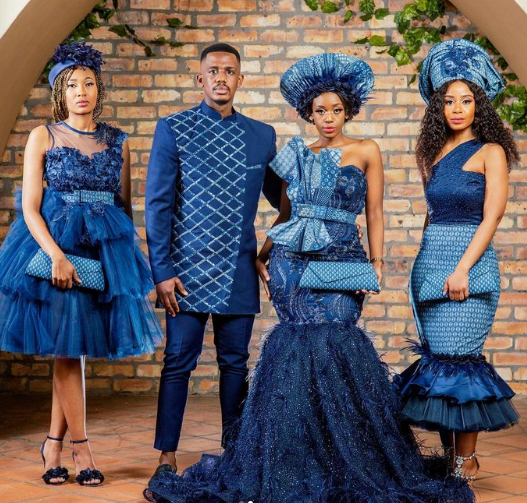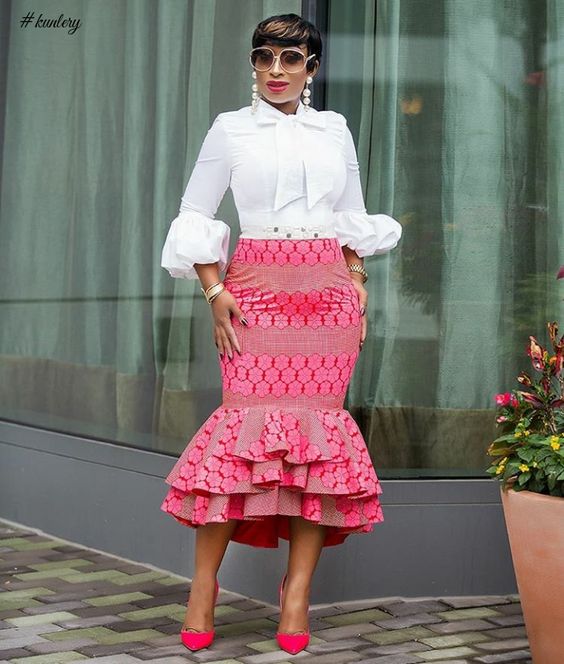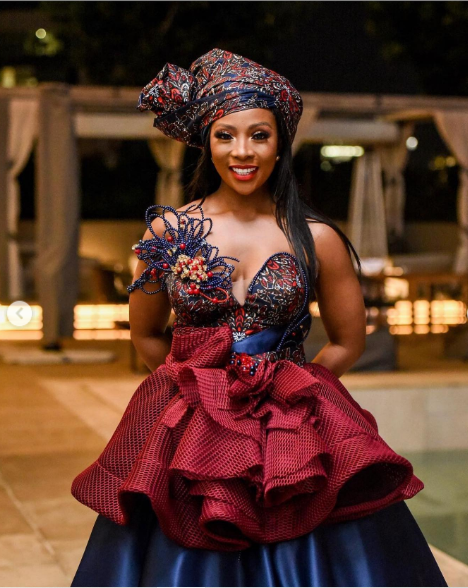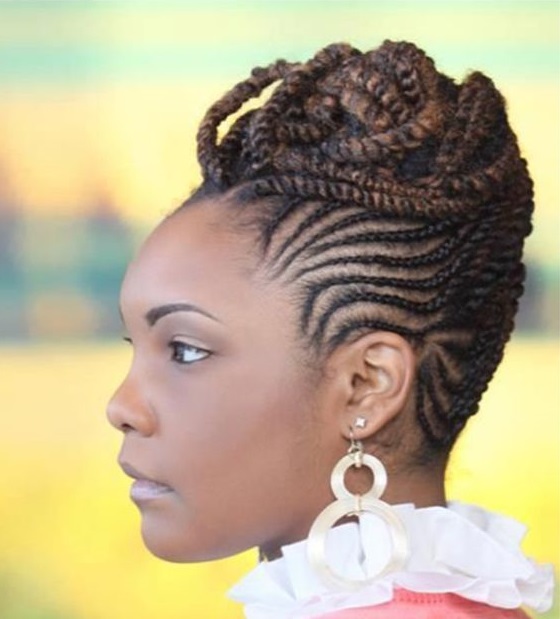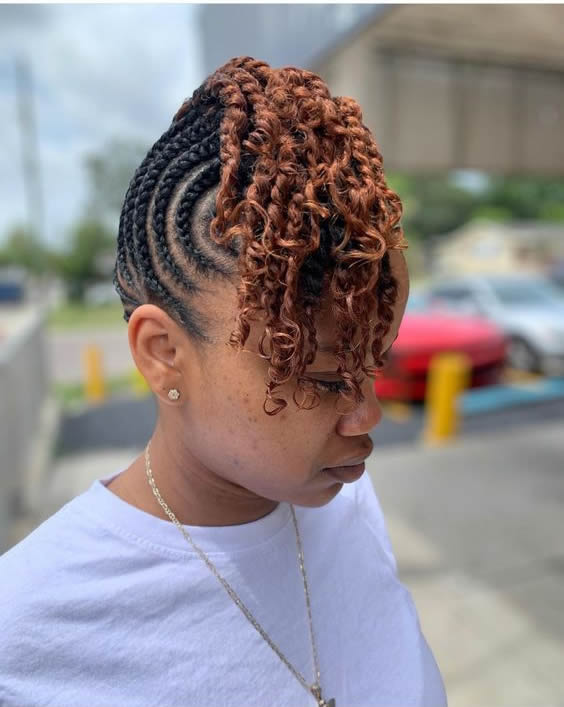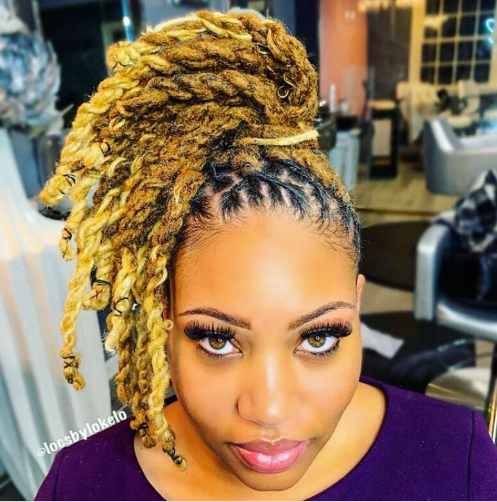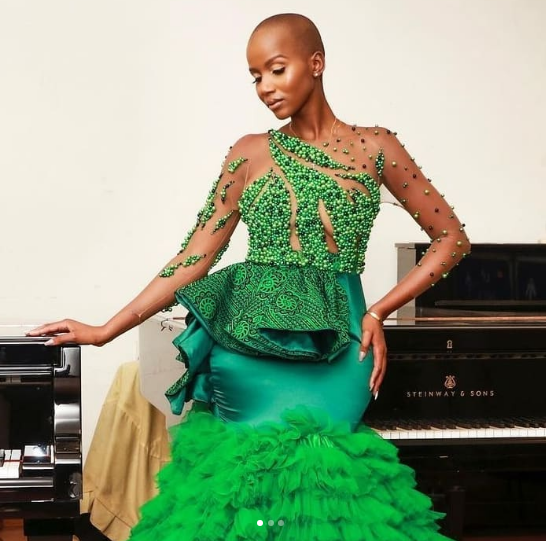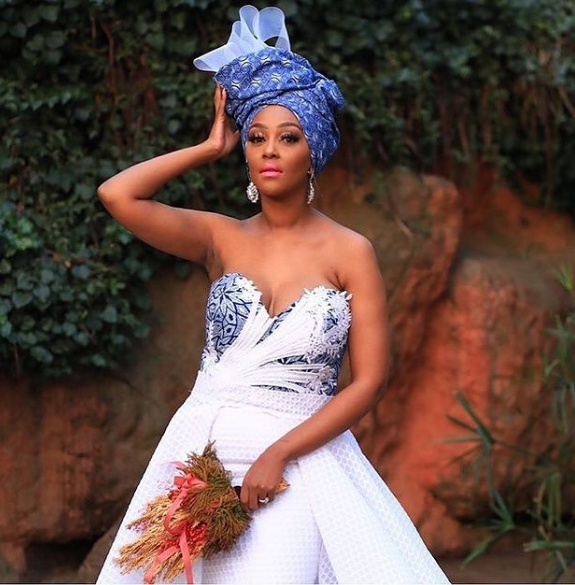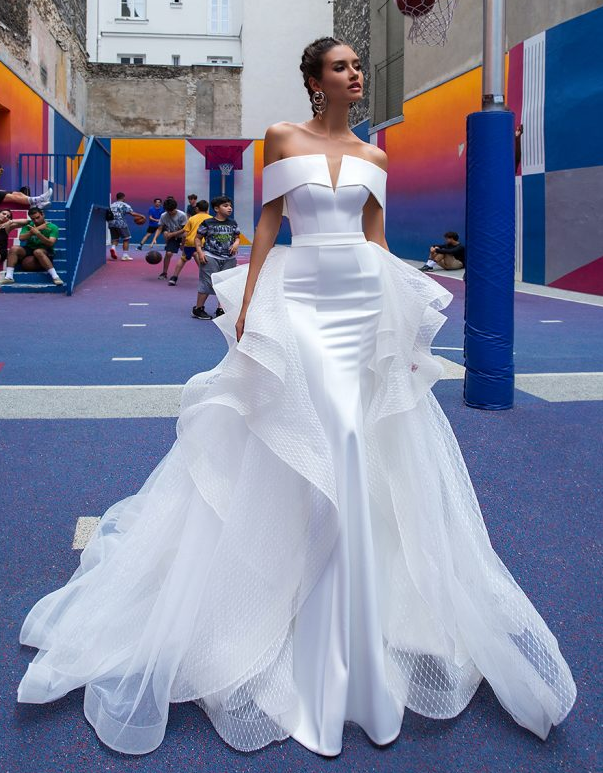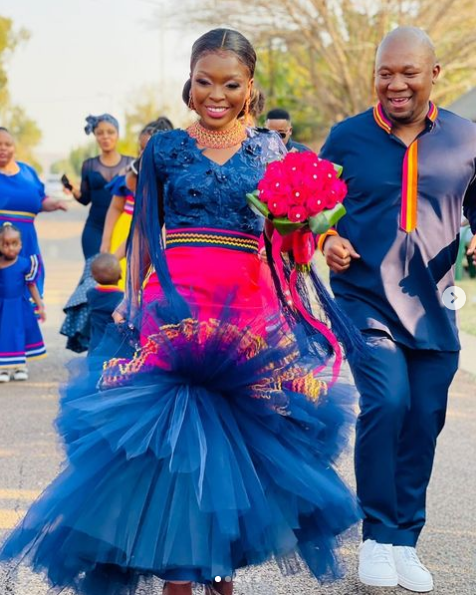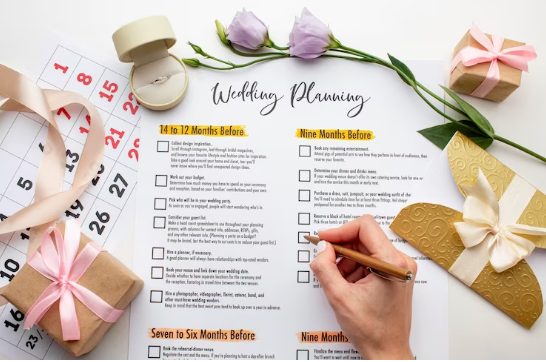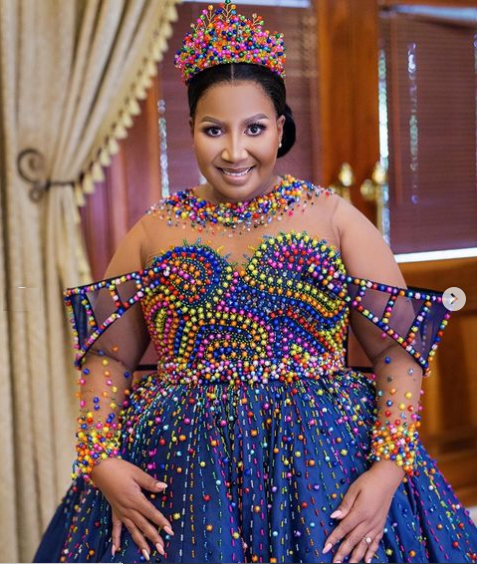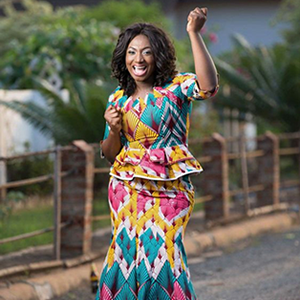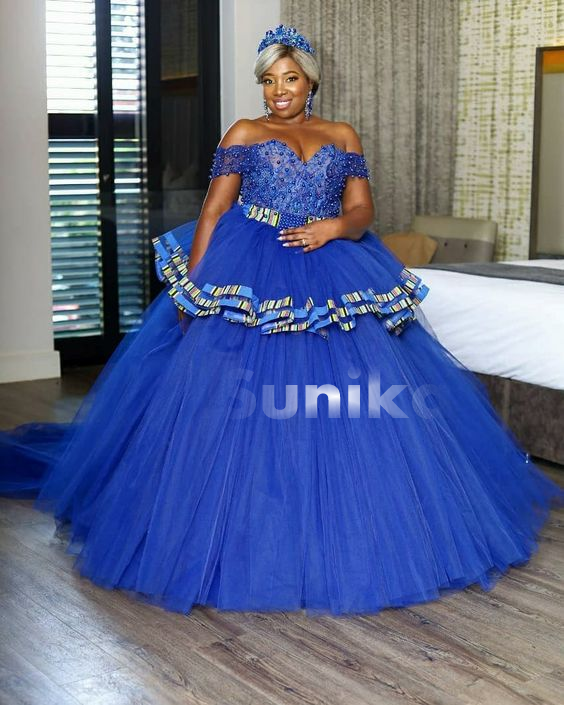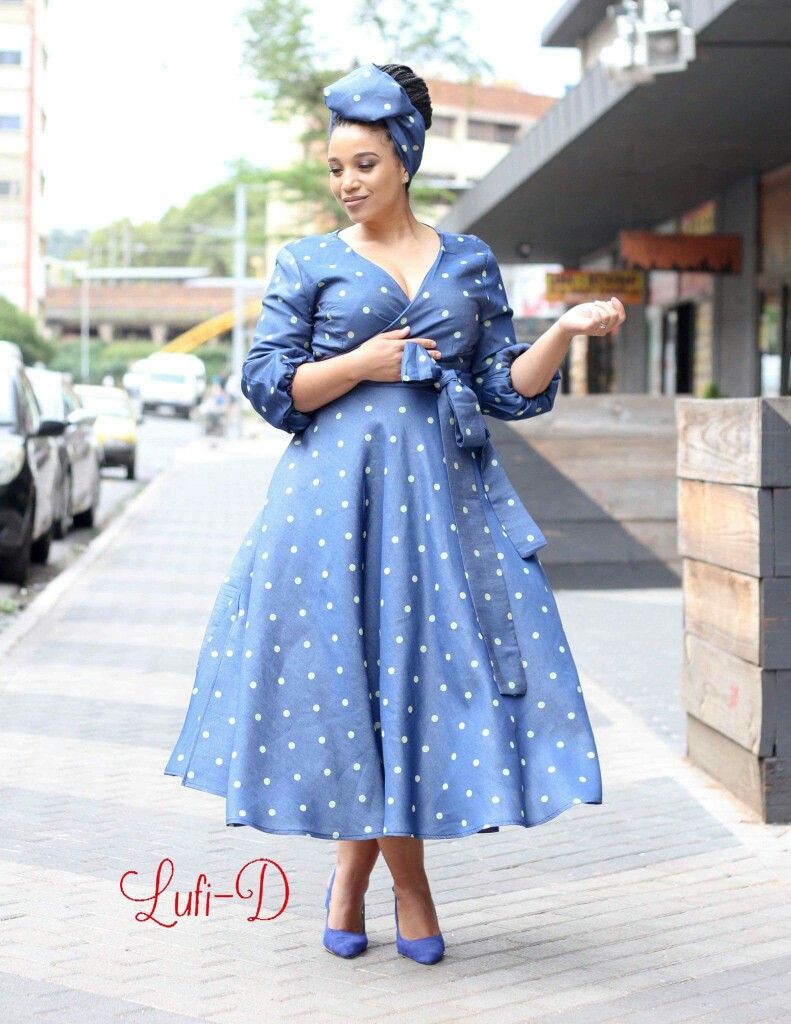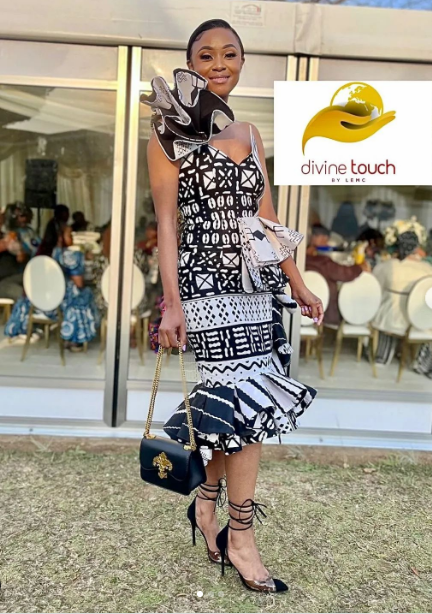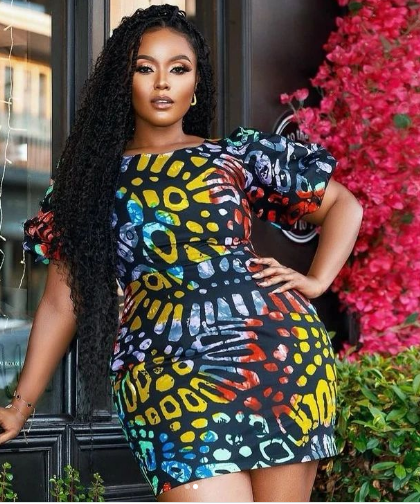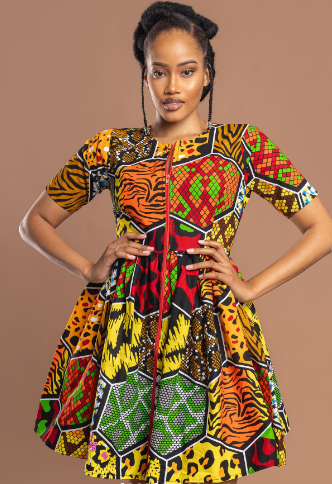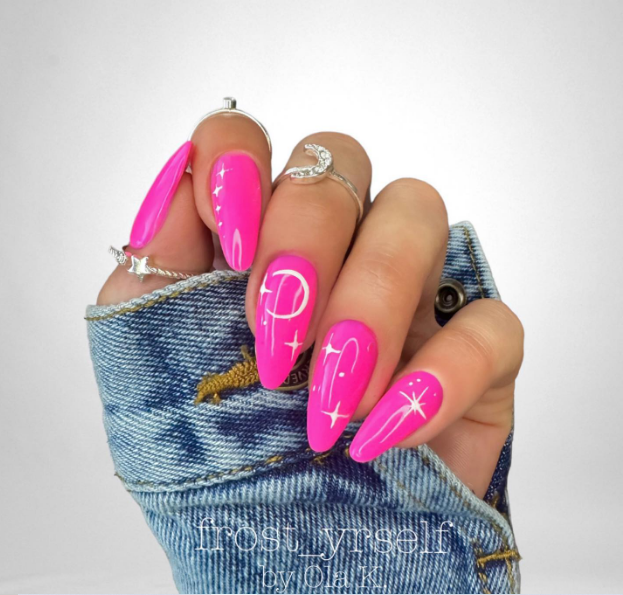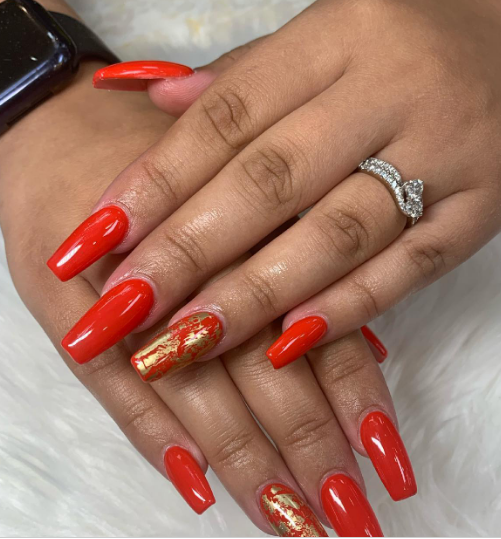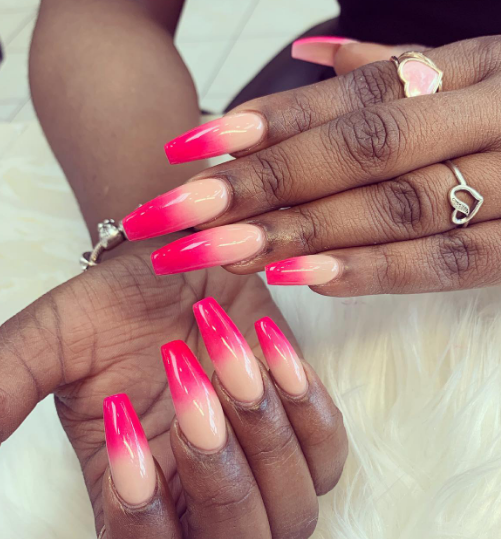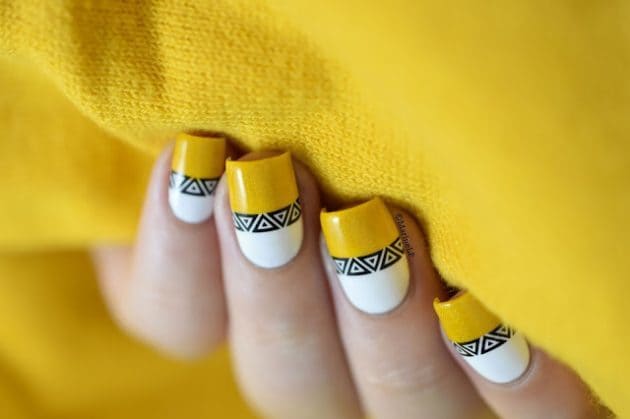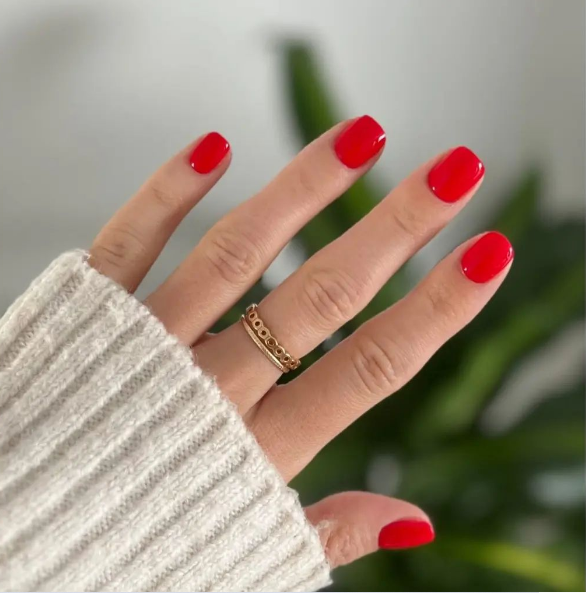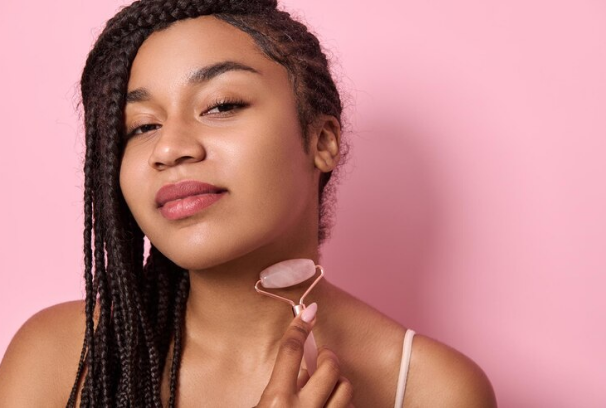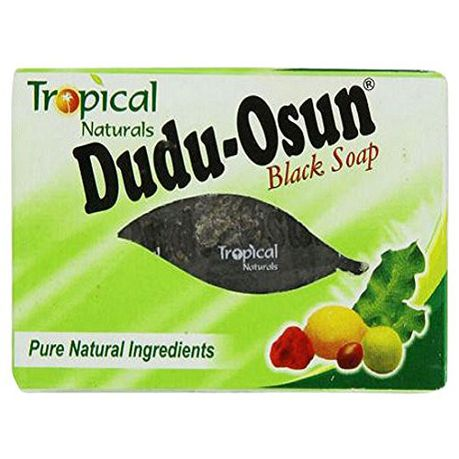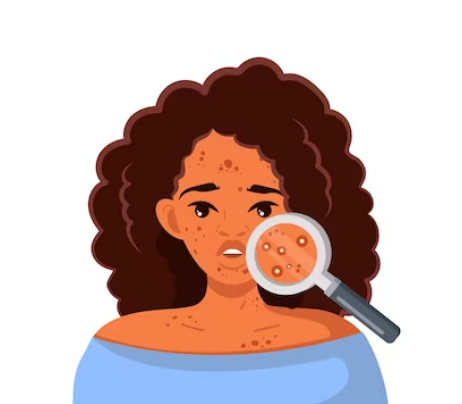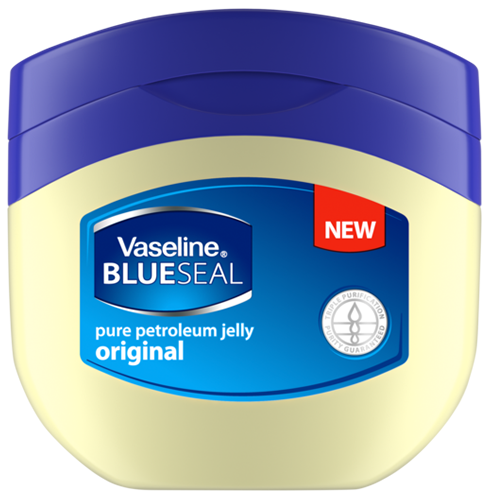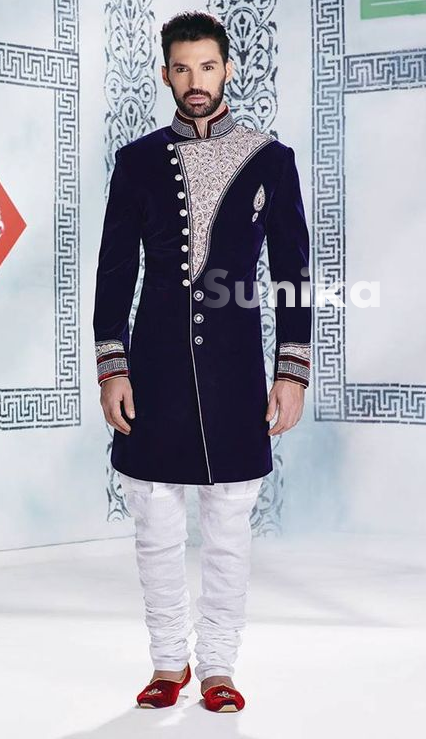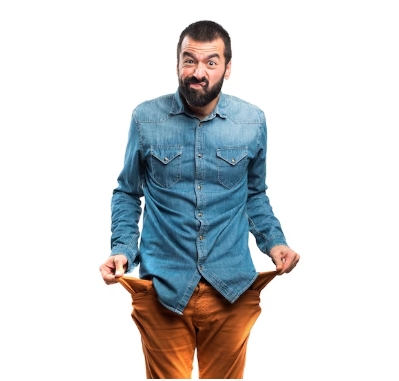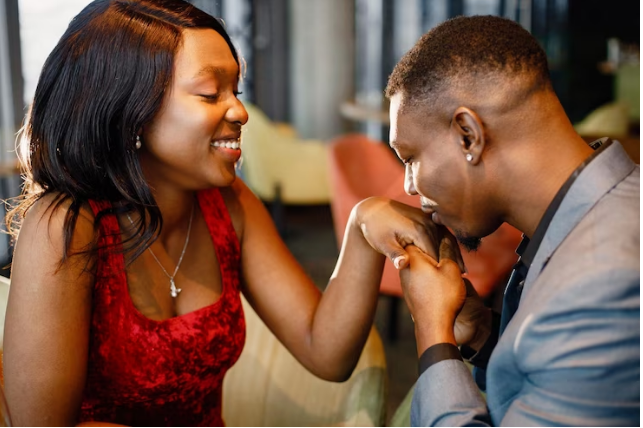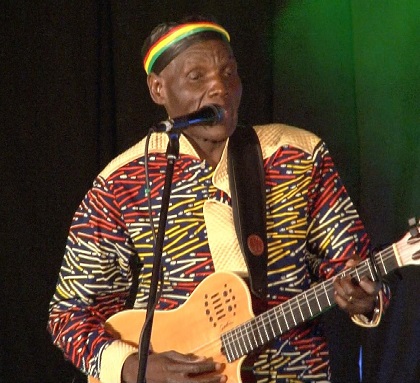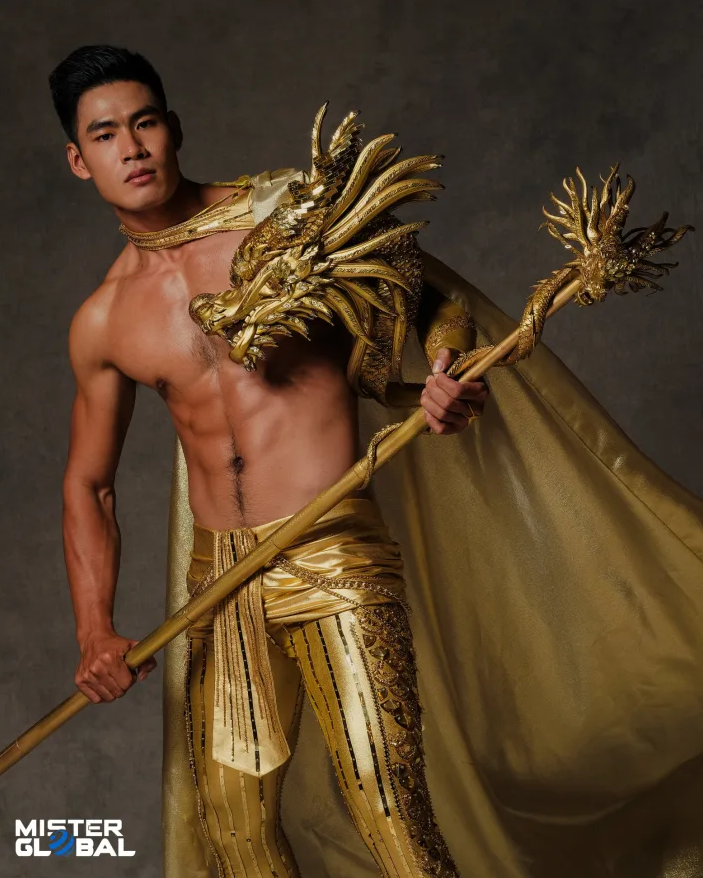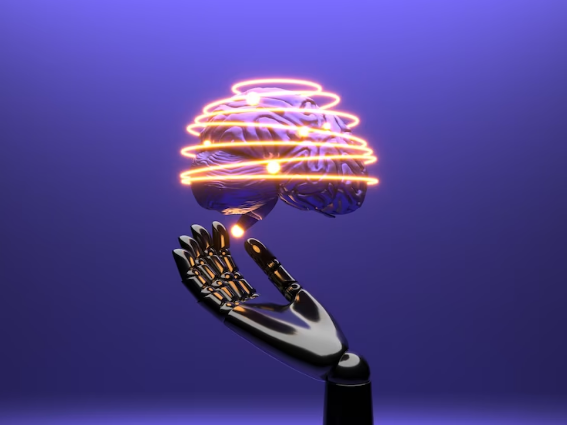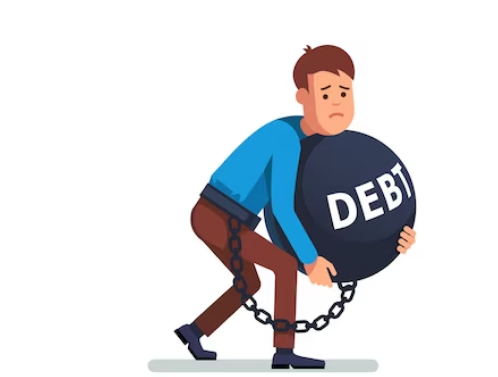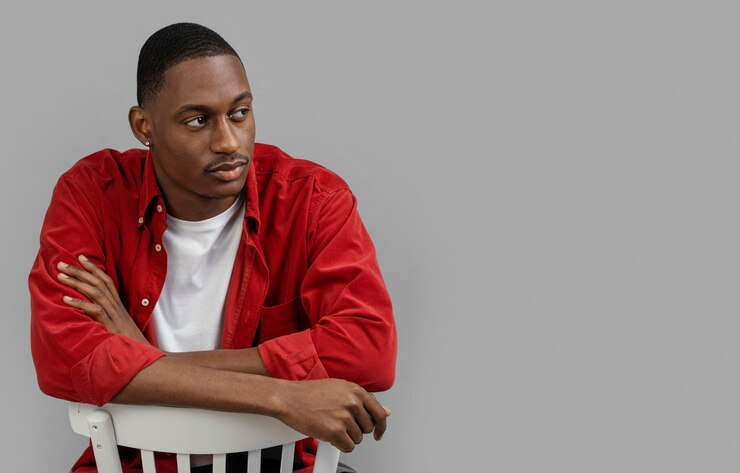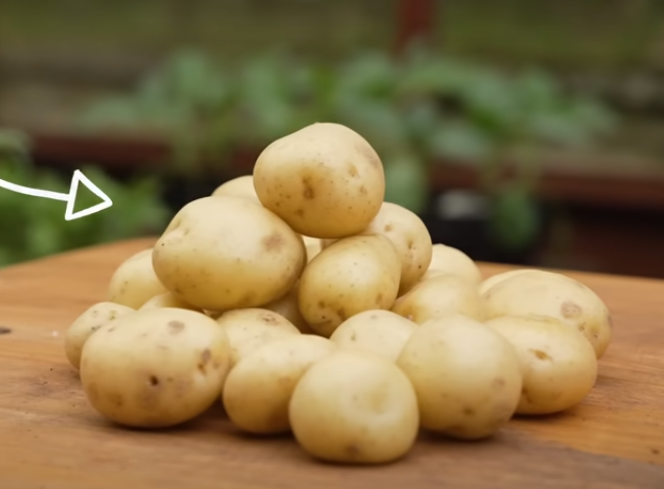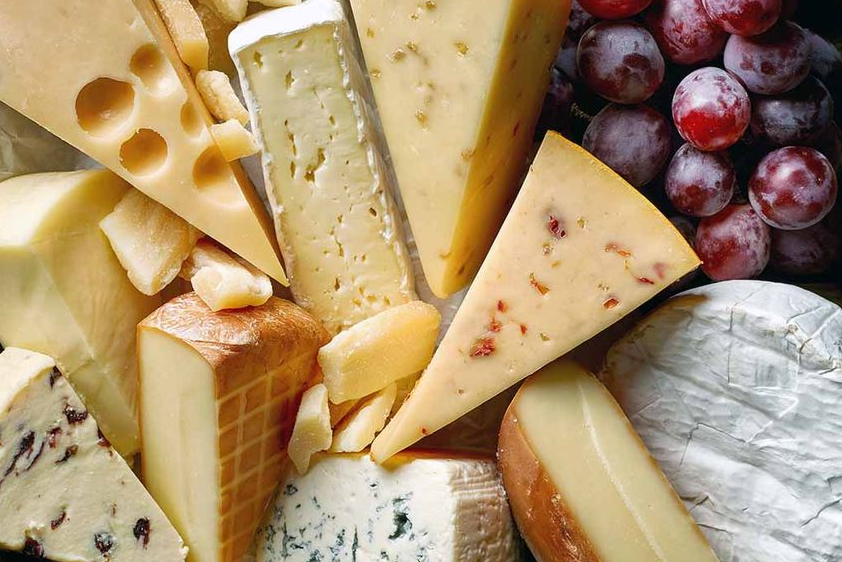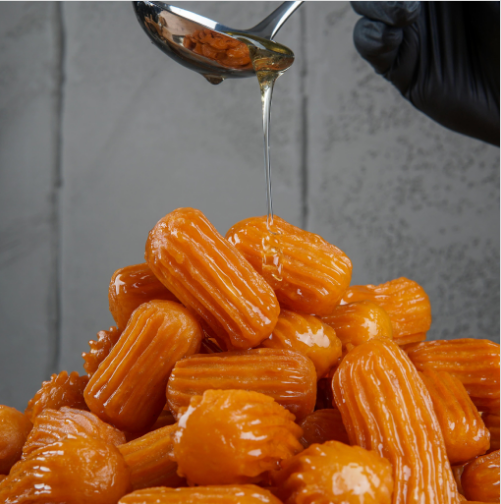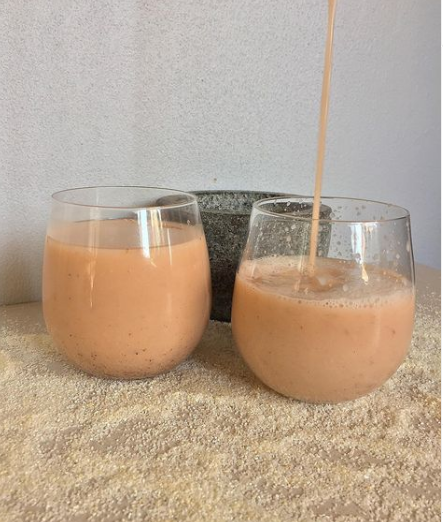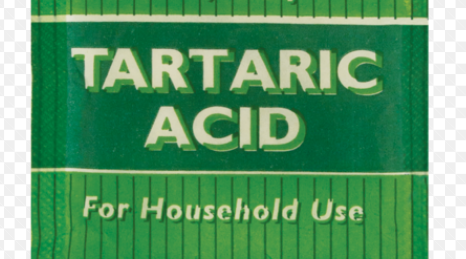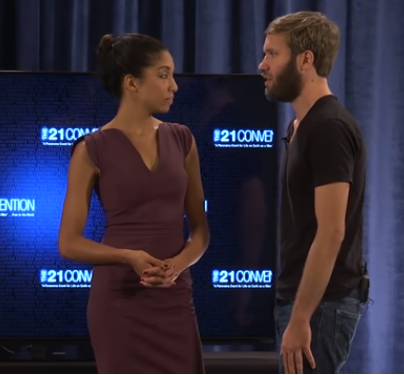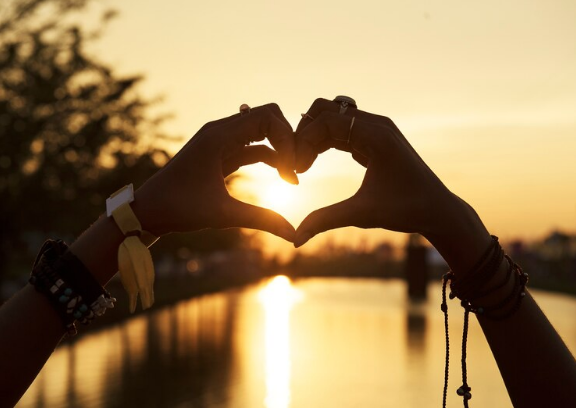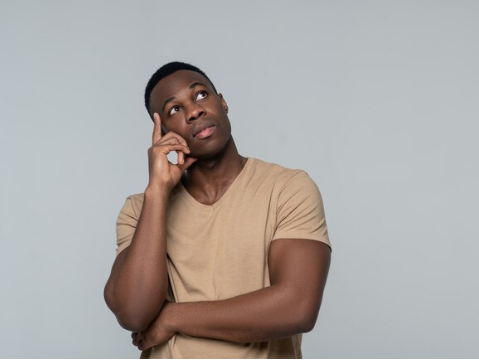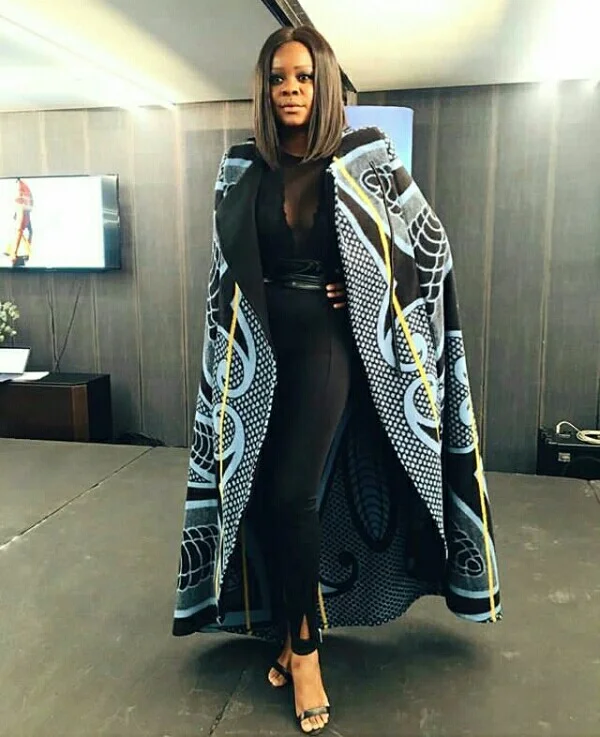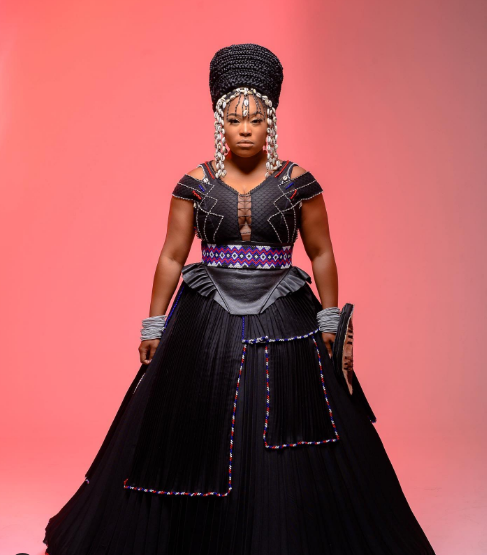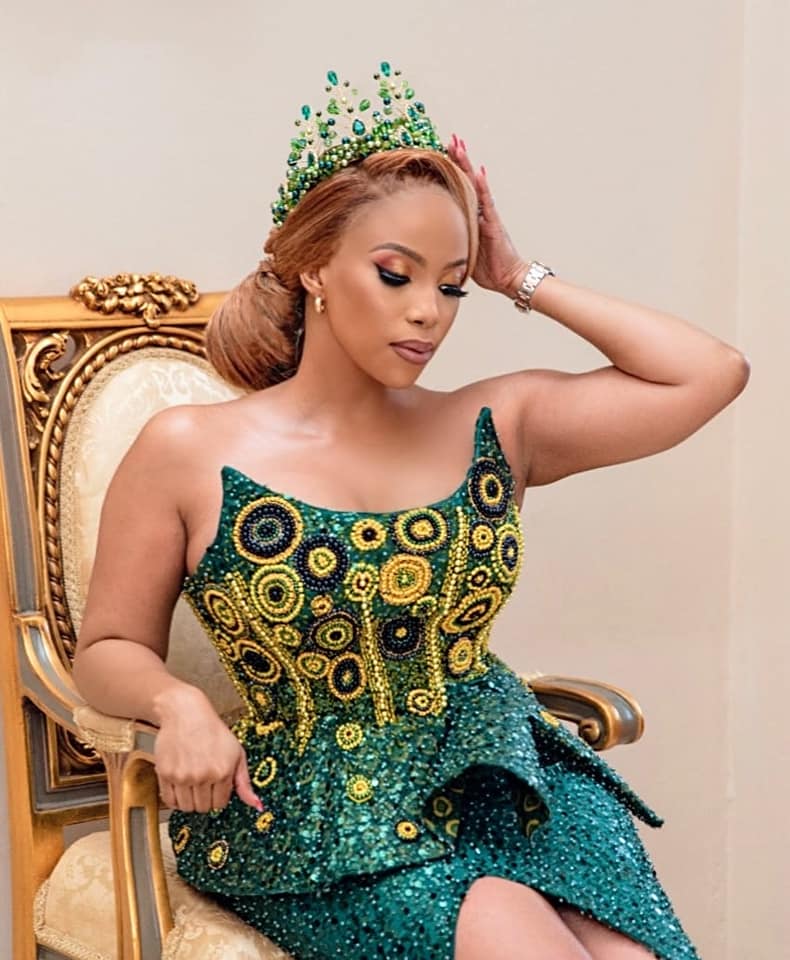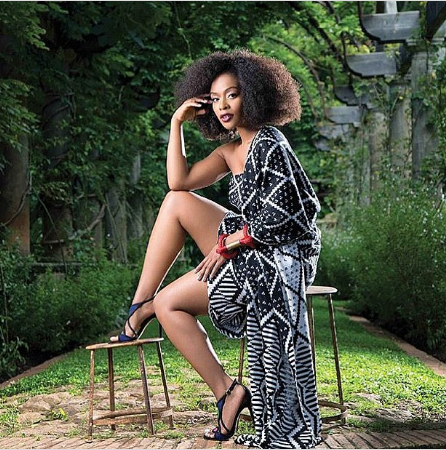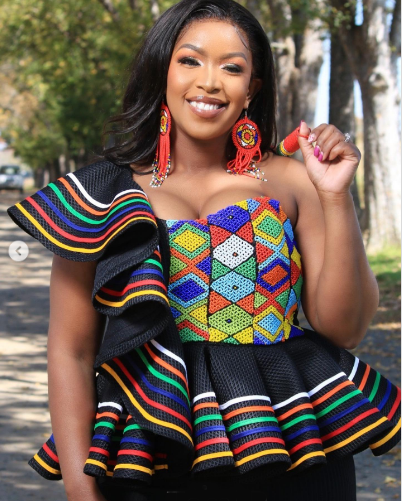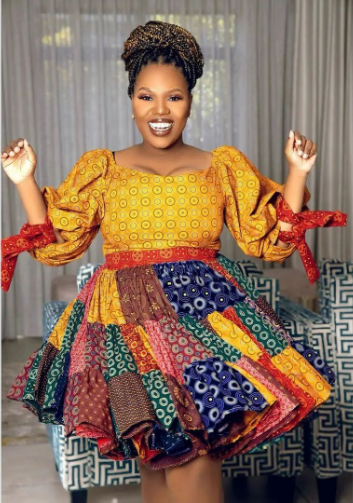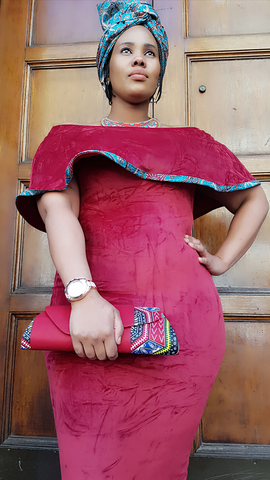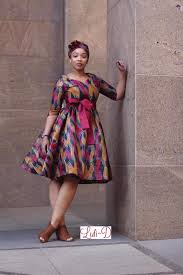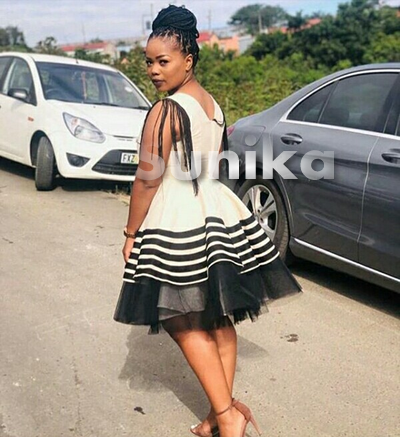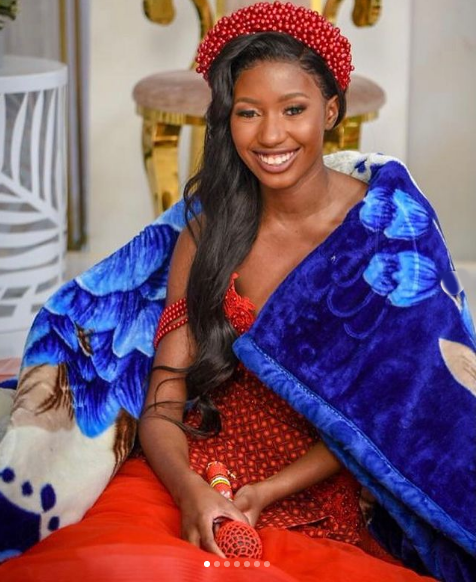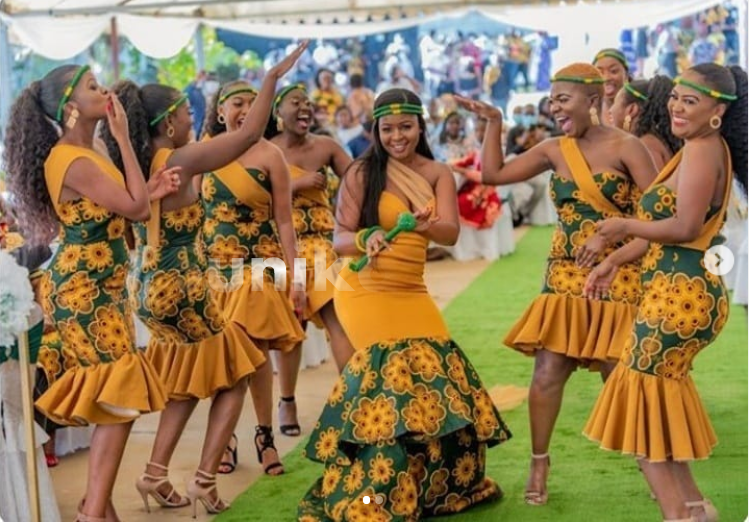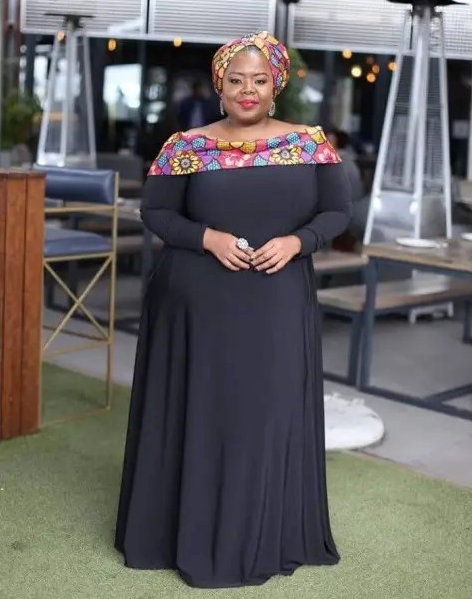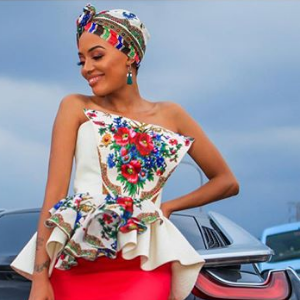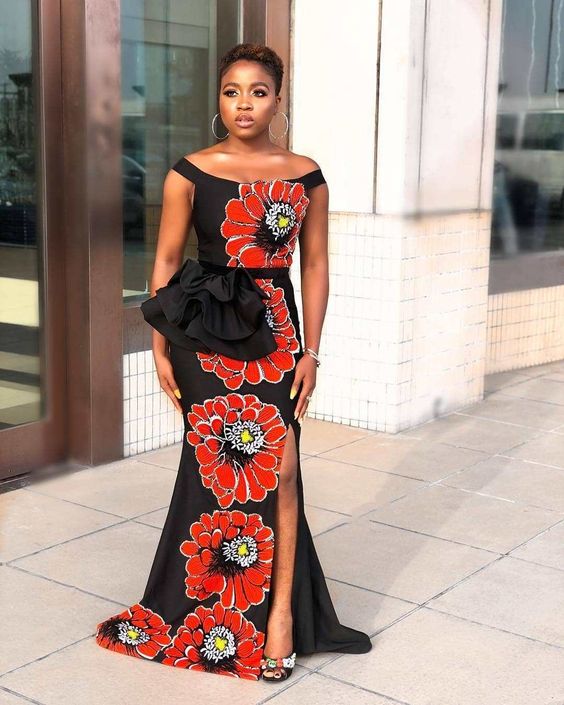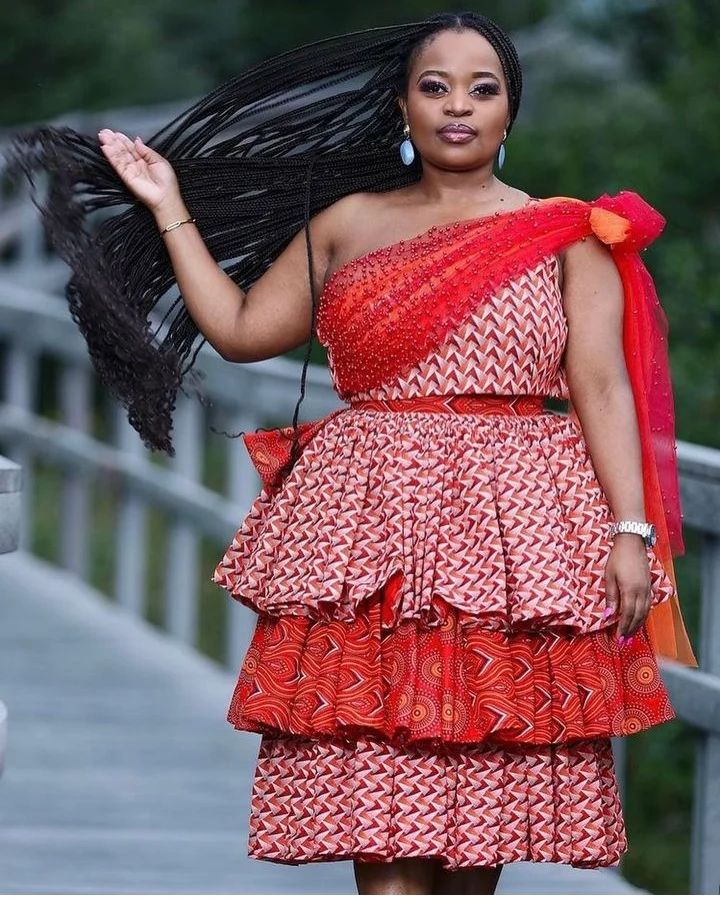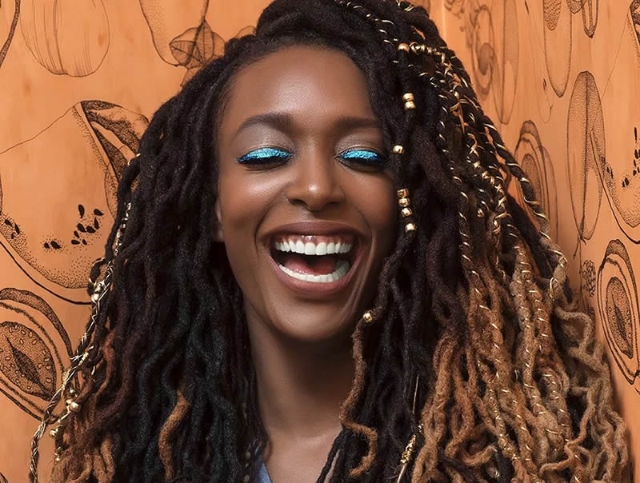
Dreadlocks, characterized by matted or locked hair, have a rich history and cultural significance across various societies, particularly in Africa. Beyond their aesthetic appeal, dreadlocks hold deep spiritual meanings rooted in African traditions and beliefs. In this article, we delve into the spiritual significance of dreadlocks within African culture, exploring their connection to spirituality, identity, and ancestral heritage.
Historical Origins of Dreadlocks
The origins of dreadlocks in ancient African civilizations are deeply intertwined with the rich tapestry of African culture, spirituality, and societal norms. While precise historical records may be limited, evidence suggests that the practice of wearing locked or matted hair dates back thousands of years and holds significant cultural and spiritual significance across various African societies.
Ancient Egypt
One of the earliest depictions of locked or matted hair can be traced to ancient Egypt, where images and artifacts from as early as 3000 BCE portray individuals with intricately styled hair, including what appear to be early forms of dreadlocks.In ancient Egyptian society, hair was considered a symbol of vitality, spirituality, and social status. Both men and women adorned their hair with elaborate hairstyles, braids, and locks, often incorporating beads, shells, and other ornaments.
It is believed that priests and spiritual leaders in ancient Egypt wore dreadlocks as a sign of their devotion to the gods and their commitment to spiritual practices such as meditation, prayer, and ritual purification.
East Africa
In East Africa, particularly among the Maasai and Samburu tribes of Kenya and Tanzania, dreadlocks, known as "ojwang" or "olusungu," have been traditionally worn by warriors and elders as symbols of strength, courage, and wisdom.
For the Maasai and Samburu, hair is revered as a sacred gift from the creator, and the wearing of dreadlocks is seen as a way of honoring this gift and connecting to their ancestral heritage.
Dreadlocks among the Maasai and Samburu are often adorned with beads, shells, and feathers, each carrying its own symbolic meaning and representing aspects of tribal identity, lineage, and social status.
West Africa
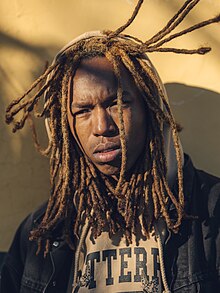
In West Africa, dreadlocks have been historically associated with spiritual leaders, healers, and mystics who possessed esoteric knowledge and served as intermediaries between the physical and spiritual realms.
Among the Yoruba people of Nigeria, dreadlocks, known as "dada" or "suku," were worn by members of secret societies and religious orders as a symbol of their devotion to the deities and their role in maintaining spiritual balance and harmony within the community.
Similarly, in the Akan culture of Ghana, dreadlocks, referred to as "sankofa," were worn by priests and priestesses of the traditional religion to channel divine energy and communicate with the ancestors.
The origins of dreadlocks in ancient African civilizations are rooted in a complex tapestry of cultural, spiritual, and societal traditions. Across different regions of Africa, dreadlocks have served as symbols of spirituality, strength, wisdom, and cultural identity, worn by priests, warriors, healers, and spiritual leaders as a testament to their connection to the divine and their commitment to ancestral heritage. Today, the legacy of dreadlocks continues to thrive, embodying the resilience, pride, and reverence for African culture and spirituality.
The significance of dreadlocks in different African and Indian societies
Dreadlocks hold significant cultural, spiritual, and societal significance in various African societies, as well as among communities beyond the continent. Let's explore the significance of dreadlocks in three distinct cultural contexts: the Maasai of East Africa, the Rastafarians of Jamaica, and the Sadhus of India.
Maasai of East Africa
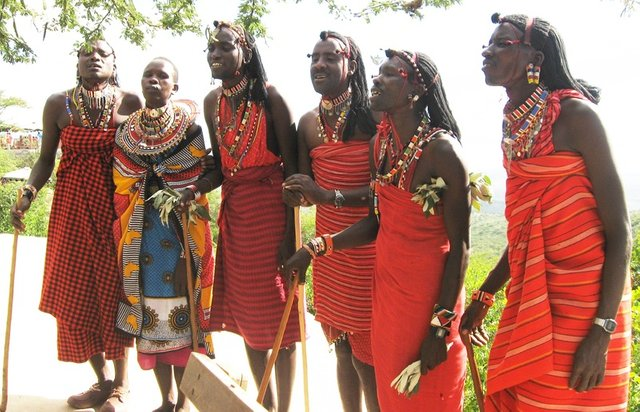
Among the Maasai and Samburu tribes of Kenya and Tanzania, dreadlocks, known as "ojwang" or "olusungu," are traditionally worn by warriors and elders as symbols of strength, courage, and wisdom.
Dreadlocks signify a connection to ancestral heritage and cultural identity, as well as a commitment to the values and traditions of the community.
The wearing of dreadlocks among the Maasai is also associated with spiritual beliefs, with hair being regarded as a sacred gift from the creator. Adorning dreadlocks with beads, shells, and feathers adds to their spiritual significance and represents aspects of tribal identity and social status.
Rastafarians of Jamaica
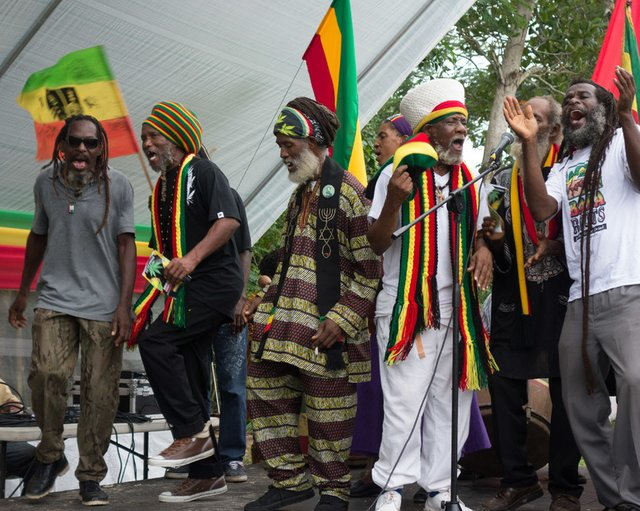
In Rastafarian culture, dreadlocks, often referred to as "locs" or "locks," are central to spiritual beliefs and practices. Rastafarians view dreadlocks as a manifestation of their African roots, rebellion against Babylonian oppression, and adherence to the teachings of Marcus Garvey and Haile Selassie.
Dreadlocks symbolize a commitment to natural living, spiritual enlightenment, and the rejection of societal norms associated with Western culture.
Rastafarians believe that the biblical injunction against cutting one's hair, found in the Nazirite vow (Numbers 6:1-21), supports the wearing of dreadlocks as a symbol of devotion to God and separation from worldly influences.
Sadhus of India
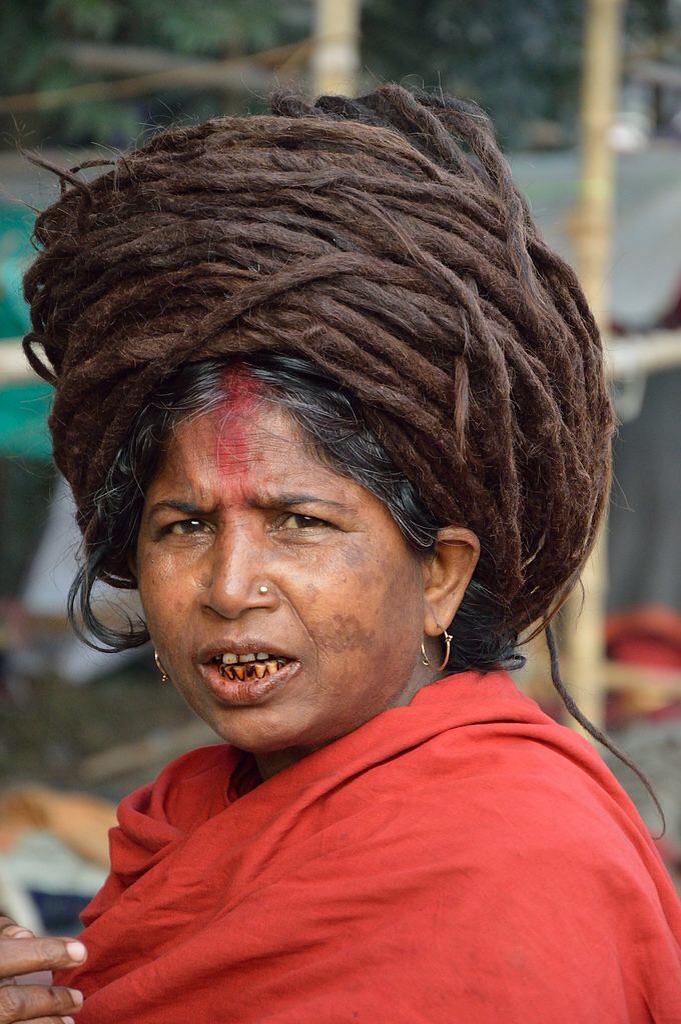
(Credits: www.truelaurels.com)
Among the Sadhus, or Hindu ascetics, of India, dreadlocks, known as "jata" or "jaṭā," are worn as a sign of renunciation, detachment from worldly possessions, and devotion to spiritual pursuits.
Sadhus believe that dreadlocks symbolize the unification of the individual soul (atman) with the universal consciousness (Brahman) and the cultivation of spiritual power (siddhis) through disciplined practice and austerity.
Dreadlocks also serve as a visual marker of the Sadhu's commitment to the path of yoga, meditation, and self-realization, as well as their renunciation of material desires and ego.
Dreadlocks hold diverse cultural, spiritual, and symbolic meanings in different African societies and among communities around the world. Whether worn as symbols of cultural identity, spiritual devotion, or resistance to societal norms, dreadlocks serve as powerful expressions of individual and collective consciousness, resilience, and reverence for ancestral heritage and spiritual traditions.
The spiritual symbolism of dreadlocks as a conduit for spiritual energy and connection to the divine
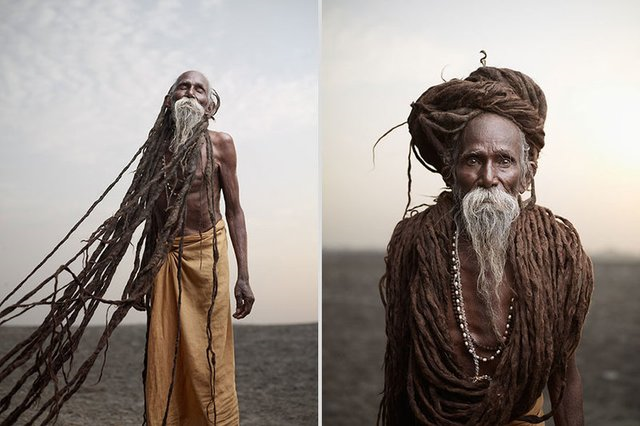
(credits: www.boredpanda.com)
The spiritual symbolism of dreadlocks as a conduit for spiritual energy and connection to the divine is deeply rooted in various cultural and religious traditions around the world. Across different societies, dreadlocks are believed to possess unique spiritual qualities that facilitate a deeper connection to the divine and enhance one's spiritual awareness and consciousness. Here's a closer look at the spiritual symbolism of dreadlocks:
Channeling Spiritual Energy
Many spiritual traditions regard hair as a conductor of energy, with dreadlocks being seen as particularly potent channels for spiritual energy.
It is believed that the coiled and matted structure of dreadlocks acts as a medium for the flow of cosmic energy or life force (prana, chi, or vital energy) through the body and energy centers (chakras), facilitating spiritual growth and inner transformation.
Enhancing Intuition and Insight
Dreadlocks are often associated with heightened intuition, wisdom, and spiritual insight. It is believed that by allowing the hair to grow freely and form dreadlocks, individuals can enhance their receptivity to divine guidance and deepen their understanding of spiritual truths.
The matted strands of hair are thought to serve as antennas, attuning individuals to subtle vibrations and spiritual frequencies, thereby enabling them to access higher states of consciousness and perceive spiritual realities beyond the physical realm.
Symbolizing Spiritual Commitment
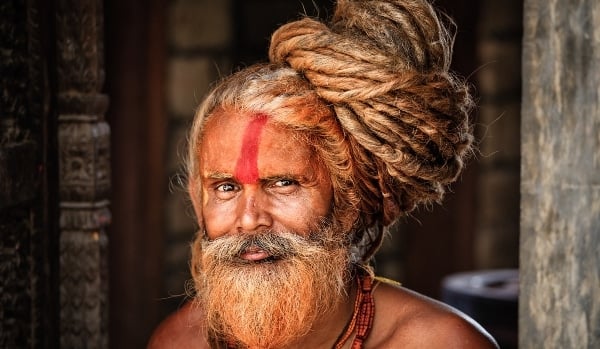
(Credits: goodmenproject.com)
For many practitioners of spiritual paths such as yoga, meditation, and mysticism, dreadlocks symbolize a deep commitment to spiritual practice, self-discovery, and enlightenment.
The decision to cultivate and maintain dreadlocks is often viewed as a sacred vow or covenant with the divine, signifying one's dedication to the pursuit of spiritual truth, inner peace, and self-realization.
Connecting to Ancestral Wisdom
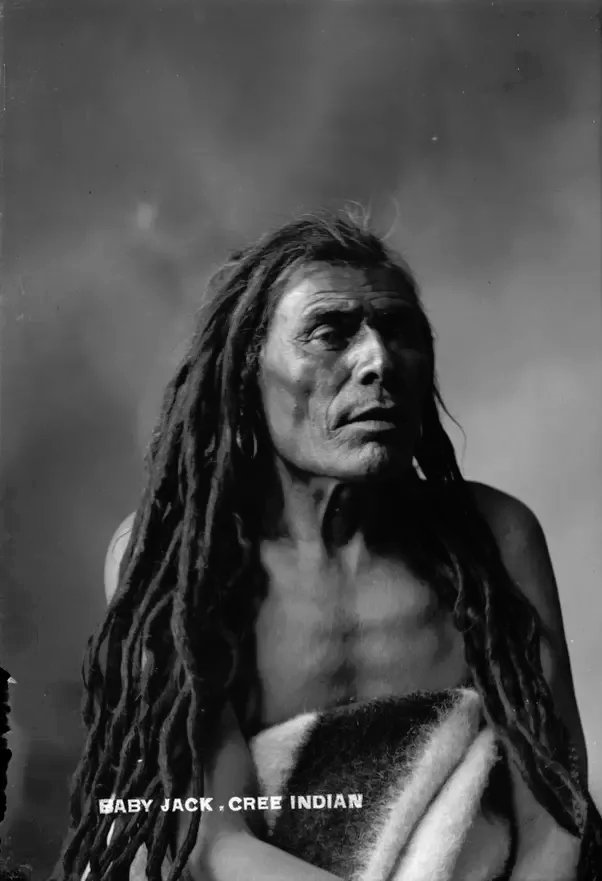
In some cultures, dreadlocks are revered as a link to ancestral wisdom, cultural heritage, and indigenous spiritual traditions.
By wearing dreadlocks, individuals honor the spiritual legacy of their ancestors and seek to uphold the teachings, values, and spiritual practices passed down through generations.
Dreadlocks serve as tangible reminders of the enduring wisdom and spiritual resilience of past generations, inspiring individuals to embody the virtues of strength, resilience, and reverence for nature and the divine.
The spiritual symbolism of dreadlocks
The spiritual symbolism of dreadlocks as a conduit for spiritual energy and connection to the divine encompasses the belief that dreadlocks facilitate the flow of spiritual energy, enhance intuition and insight, symbolize spiritual commitment, and connect individuals to ancestral wisdom and cultural heritage. Whether worn as a personal expression of faith or a symbol of collective identity, dreadlocks continue to inspire reverence, resilience, and spiritual growth among individuals and communities around the world.
Hair is a manifestation of one's spiritual energy
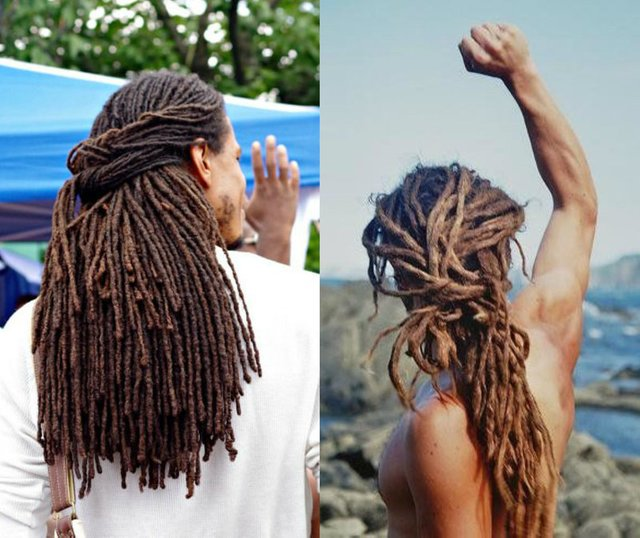
The belief that hair is a manifestation of one's spiritual energy and that allowing it to grow freely in the form of dreadlocks enhances spiritual awareness and intuition is rooted in various cultural and spiritual traditions around the world. In brief:
Across many cultures, hair is seen as more than just a physical attribute; it is believed to contain spiritual energy and vitality.The act of growing and maintaining hair is considered a sacred practice, as it allows individuals to harness and preserve their spiritual essence.
It is believed that hair absorbs and retains energy from the environment, as well as thoughts, emotions, and experiences, making it a powerful symbol of one's spiritual journey and connection to the divine.
Dreadlocks as Enhancers of Spiritual Awareness and Intuition
Dreadlocks, with their coiled and matted structure, are thought to amplify the spiritual energy stored within the hair follicles.
Allowing hair to grow freely and form dreadlocks is believed to enhance spiritual awareness by creating a stronger connection between the individual and their innermost self, as well as the universal consciousness.
The process of cultivating and maintaining dreadlocks is seen as a form of spiritual discipline and self-expression, fostering a deeper understanding of oneself and the world around them.
It is believed that dreadlocks act as antennas, transmitting and receiving subtle vibrations and spiritual insights, thereby sharpening intuition and facilitating spiritual growth and enlightenment.
The belief in the spiritual significance of dreadlocks stems from the understanding that hair is a manifestation of one's spiritual energy and that allowing it to grow freely in the form of dreadlocks enhances spiritual awareness and intuition. By honoring the natural growth of their hair and embracing the spiritual symbolism of dreadlocks, individuals seek to cultivate a deeper connection to themselves, the divine, and the spiritual essence of the universe.
The role of dreadlocks in rituals, ceremonies, and spiritual practices, such as meditation, prayer, and ancestor veneration
Dreadlocks play a significant role in rituals, ceremonies, and spiritual practices across various cultures and traditions, serving as symbols of spiritual devotion, connection to the divine, and reverence for ancestral wisdom. Here's a closer look at the role of dreadlocks in rituals, ceremonies, and spiritual practices such as meditation, prayer, and ancestor veneration:
-
Meditation:
- In meditation practices, dreadlocks are often viewed as conduits for spiritual energy and tools for deepening one's connection to the divine.
- Individuals with dreadlocks may incorporate their hair into meditation rituals by gently touching or holding their locks as they enter a state of deep concentration and inner reflection.
- Some practitioners believe that the coiled and matted structure of dreadlocks helps to anchor their awareness in the present moment and facilitate a deeper sense of inner peace and spiritual alignment.
-
Prayer:
- In prayer rituals, dreadlocks are regarded as symbols of spiritual commitment and humility, reflecting an individual's reverence for the divine and their willingness to surrender to divine guidance.
- Individuals with dreadlocks may engage in prayer practices that involve touching or caressing their locks as a form of tactile meditation, seeking solace, and spiritual strength from the divine presence within and around them.
- Dreadlocks serve as tangible reminders of one's spiritual journey and the sacred bond between the individual and the divine, infusing prayer rituals with a sense of reverence, gratitude, and devotion.
-
Ancestor Veneration:
- In many cultures, dreadlocks are associated with ancestral wisdom and the spiritual lineage passed down through generations.
- During ancestor veneration rituals, individuals with dreadlocks may honor their ancestors by incorporating their hair into ceremonial offerings, prayers, and rituals.
- Dreadlocks serve as a physical link to ancestral heritage, connecting individuals to the spiritual legacy of their forebears and fostering a deeper sense of kinship, respect, and gratitude for the wisdom and guidance of past generations.
Overall, dreadlocks play a multifaceted role in rituals, ceremonies, and spiritual practices, serving as symbols of spiritual devotion, connection to the divine, and reverence for ancestral wisdom. Whether used in meditation, prayer, or ancestor veneration, dreadlocks serve as tangible expressions of one's spiritual journey and commitment to spiritual growth, enlightenment, and inner transformation.
-
Symbolism of Unity and Community:
Dreadlocks symbolize unity and community in various cultural contexts, serving as visual markers of shared identity, values, and collective consciousness. In brief:
-
Shared Identity:
- Dreadlocks often represent a shared cultural heritage and collective identity within communities.
- Individuals who wear dreadlocks are seen as part of a unified group, bound by common beliefs, traditions, and experiences.
- The presence of dreadlocks fosters a sense of belonging and solidarity among members of the community, reinforcing connections and promoting mutual support and understanding.
-
Cultural Values:
- In many cultures, dreadlocks are associated with specific cultural values such as resilience, strength, and spiritual awareness.
- The decision to wear dreadlocks reflects a commitment to upholding these values and embodying the principles of unity, harmony, and mutual respect within the community.
- Dreadlocks serve as symbols of cultural pride and empowerment, inspiring individuals to celebrate their heritage and embrace their unique identities within a collective framework.
-
Collective Consciousness:
- Dreadlocks are believed to embody the collective consciousness of a community, transmitting and amplifying shared spiritual energy and wisdom.
- Individuals who wear dreadlocks contribute to the collective vibration of the community, enriching its spiritual tapestry and fostering a sense of interconnectedness and mutual support.
- The presence of dreadlocks serves as a visible reminder of the community's resilience, solidarity, and commitment to spiritual growth and social justice.
Dreadlocks symbolize unity and community by representing shared identity, cultural values, and collective consciousness within communities. Whether worn as a personal expression of cultural pride or a symbol of collective solidarity, dreadlocks serve as powerful symbols of unity, fostering a sense of belonging and mutual support among individuals and communities around the world.
-
Representation of Ancestral Heritage:
Dreadlocks serve as a representation of ancestral heritage by symbolizing a connection to the wisdom, traditions, and spiritual legacy of past generations. In brief:
-
Cultural Legacy:
- Dreadlocks are often associated with specific cultural traditions and practices passed down through generations.
- Individuals who wear dreadlocks honor their ancestral heritage by embracing these cultural legacies and preserving their traditions for future generations.
- The presence of dreadlocks serves as a tangible reminder of the resilience, wisdom, and spiritual insights of ancestors who came before, fostering a sense of reverence and gratitude for their contributions to the community.
-
Spiritual Connection:
- In many cultures, dreadlocks are believed to embody the spiritual energy and wisdom of ancestors, serving as conduits for ancestral guidance and protection.
- Individuals with dreadlocks cultivate a deeper connection to their ancestral lineage, drawing strength and inspiration from the spiritual teachings and insights passed down through generations.
- The decision to wear dreadlocks reflects a commitment to honoring and upholding the spiritual values and traditions of one's ancestors, fostering a sense of continuity and connection across time and space.
-
Cultural Identity:
- Dreadlocks are a visible expression of cultural identity, signaling an individual's affiliation with a specific cultural group or community.
- By wearing dreadlocks, individuals assert their pride in their ancestral heritage and affirm their commitment to preserving and celebrating their cultural identity.
- The presence of dreadlocks serves as a symbol of cultural resilience and resistance, challenging stereotypes and promoting greater understanding and appreciation for diverse cultural traditions and perspectives.
In summary, dreadlocks represent ancestral heritage by embodying the cultural legacy, spiritual connection, and cultural identity of past generations. Whether worn as a personal expression of pride or a symbol of collective solidarity, dreadlocks serve as powerful reminders of the resilience, wisdom, and spiritual insights of ancestors who have shaped the cultural tapestry of communities around the world.
-
Resistance and Empowerment:
Dreadlocks are often utilized as symbols of resistance and empowerment, challenging societal norms and promoting individual and collective liberation. In brief:
-
Resistance to Oppression:
- Dreadlocks have been embraced by individuals and communities as a form of resistance against systems of oppression and social injustice.
- By wearing dreadlocks, individuals assert their autonomy and reclaim ownership of their bodies and identities in the face of societal pressure to conform to dominant cultural standards.
- The decision to cultivate and maintain dreadlocks represents a rejection of Eurocentric beauty standards and a celebration of natural aesthetics, promoting self-acceptance and empowerment.
-
Cultural Pride and Identity:
- Dreadlocks serve as expressions of cultural pride and identity, affirming individuals' connections to their ancestral heritage and cultural traditions.
- For marginalized communities, dreadlocks become symbols of resilience and solidarity, fostering a sense of unity and empowerment in the face of systemic discrimination and cultural erasure.
- By embracing their cultural identities through the wearing of dreadlocks, individuals reclaim agency and assert their right to exist and thrive on their own terms.
-
Asserting Spiritual and Political Ideals:
- In spiritual and political movements, dreadlocks are often adopted as symbols of commitment to specific ideals and values.
- Within Rastafarianism, for example, dreadlocks signify adherence to the principles of equality, social justice, and spiritual enlightenment espoused by Marcus Garvey and Haile Selassie.
- Dreadlocks also serve as visual markers of resistance and defiance in movements advocating for social change, environmental justice, and human rights, amplifying voices and narratives that challenge the status quo.
In summary, dreadlocks are used for resistance and empowerment by challenging societal norms, asserting cultural pride and identity, and promoting spiritual and political ideals. Whether worn as symbols of cultural resistance, spiritual devotion, or political activism, dreadlocks serve as powerful expressions of individual and collective agency, inspiring empowerment, liberation, and social transformation.
Conclusion:
Dreadlocks hold profound spiritual meanings within African culture, serving as symbols of spirituality, unity, ancestral heritage, and empowerment. As we unravel the spiritual significance of dreadlocks, we gain a deeper appreciation for their cultural relevance and enduring legacy in African societies. Whether worn as a personal expression of faith or a symbol of collective identity, dreadlocks continue to inspire reverence, resilience, and reverence for African spirituality and cultural heritage.
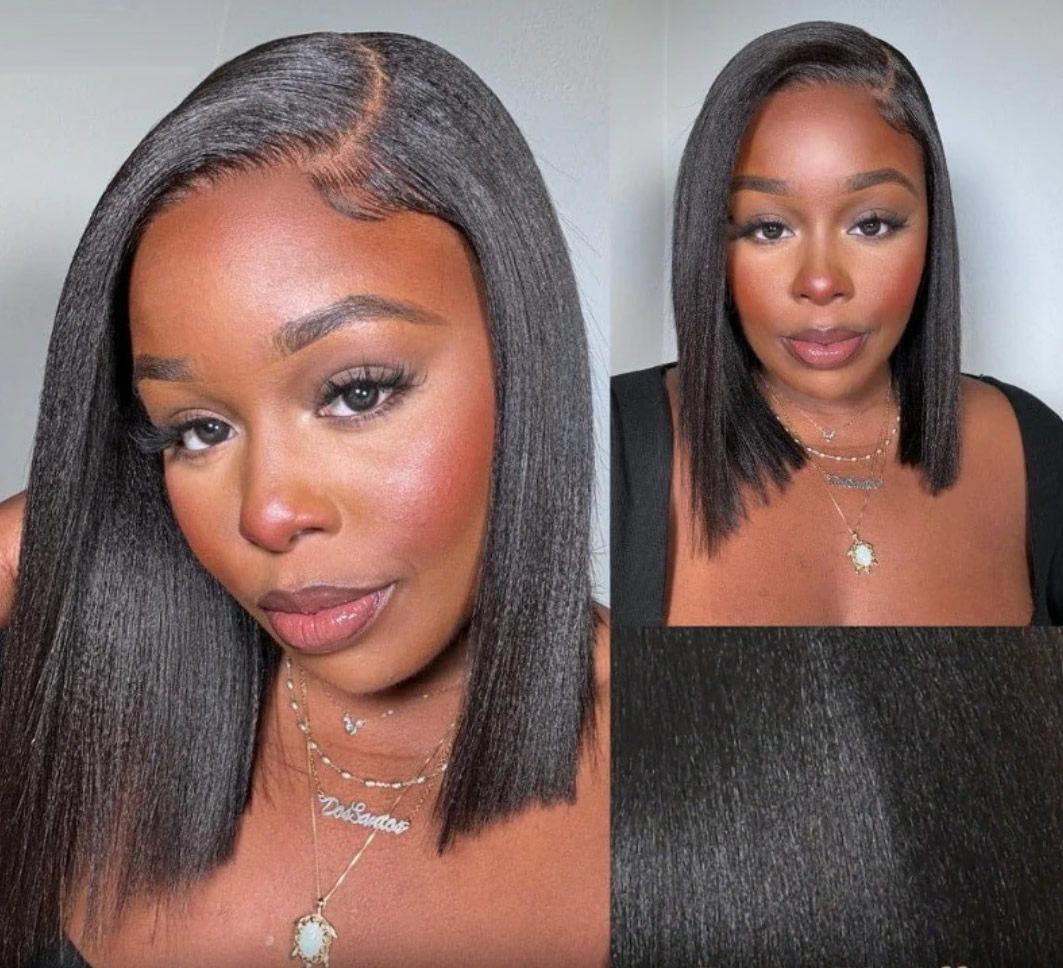
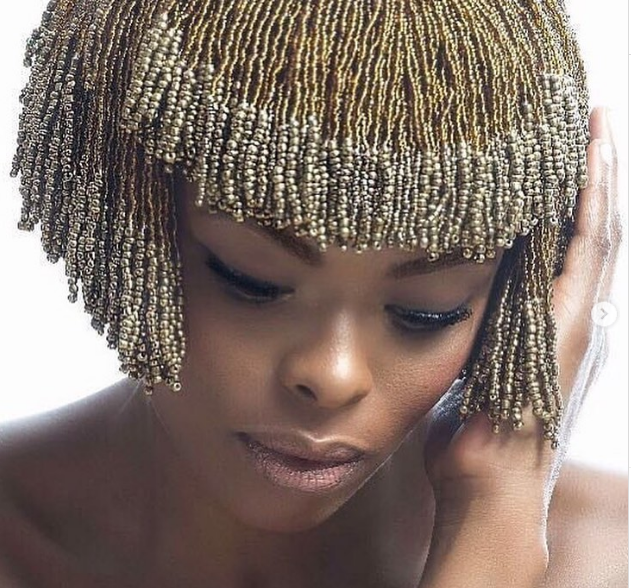 In the rich tapestry of South African culture, the art of beadwork has long been celebrated for its intricate craftsmanship and cultural significance. Over the years, this traditional form of expression has evolved and found its place in contemporary fashion. One striking example of this fusion of heritage and style is the emergence of bead wigs in South Africa. These exquisite creations not only pay homage to the country's rich cultural diversity but also stand as a testament to the innovation and creativity of South African designers. In this article, we'll dive into the world of bead wigs in South Africa and explore where to find these unique and stunning pieces.
In the rich tapestry of South African culture, the art of beadwork has long been celebrated for its intricate craftsmanship and cultural significance. Over the years, this traditional form of expression has evolved and found its place in contemporary fashion. One striking example of this fusion of heritage and style is the emergence of bead wigs in South Africa. These exquisite creations not only pay homage to the country's rich cultural diversity but also stand as a testament to the innovation and creativity of South African designers. In this article, we'll dive into the world of bead wigs in South Africa and explore where to find these unique and stunning pieces.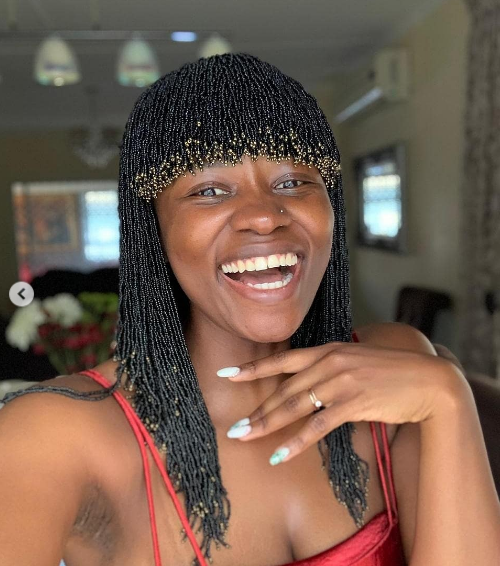 African Bead Wigs
African Bead Wigs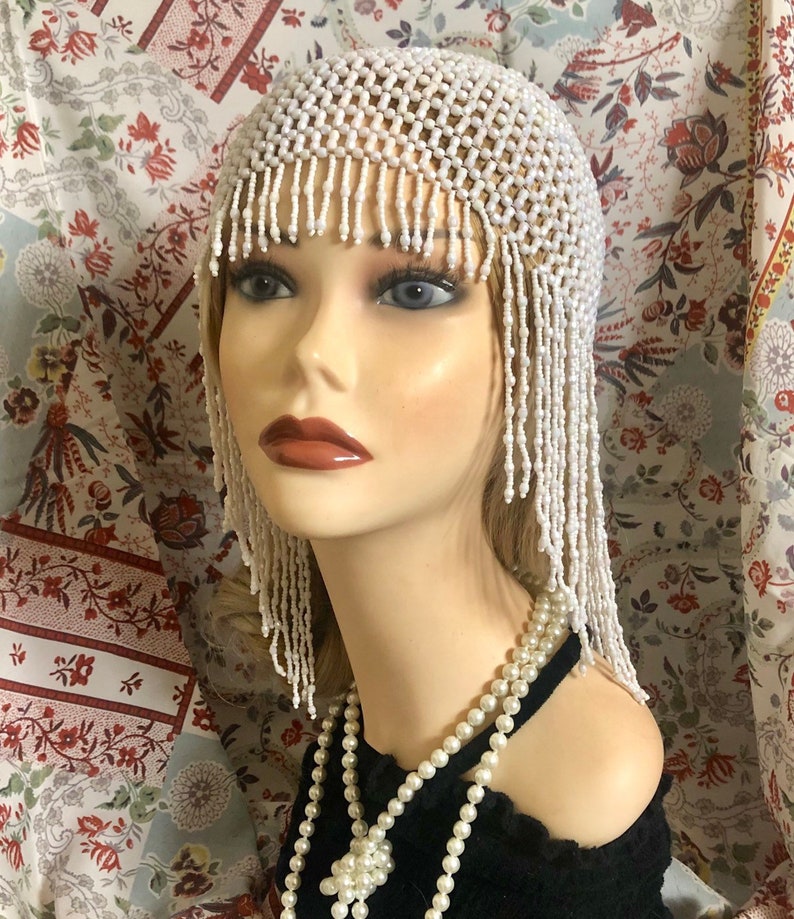 Where to Find Bead Wigs in South Africa
Where to Find Bead Wigs in South Africa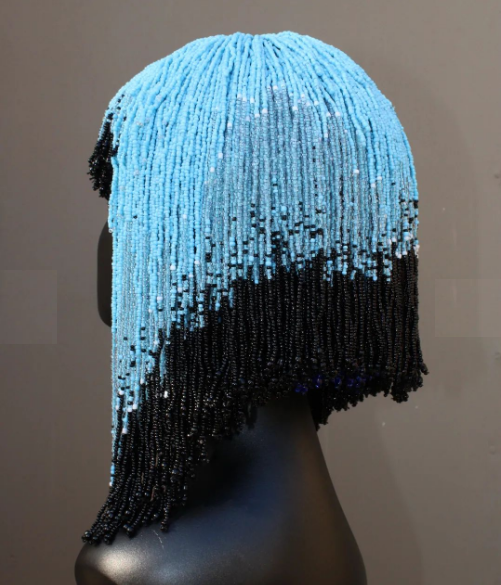
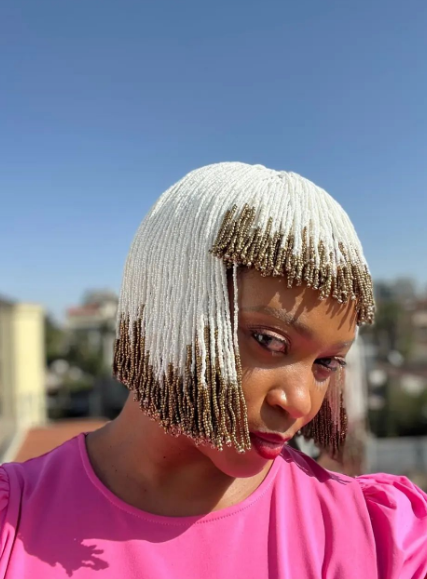
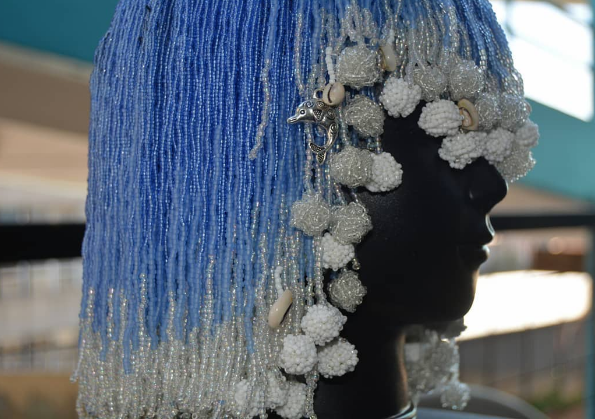
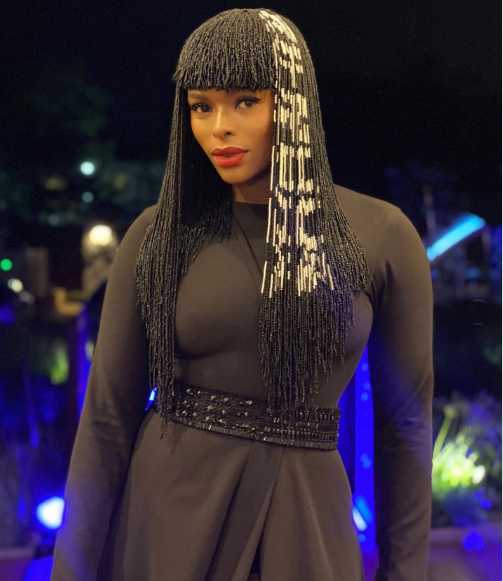
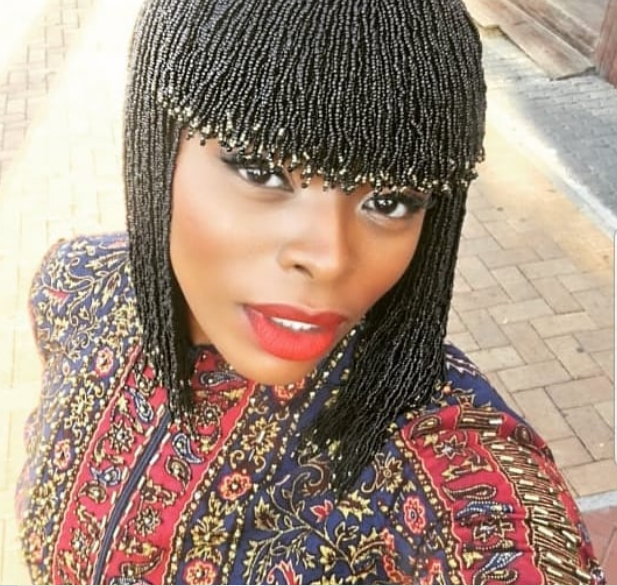
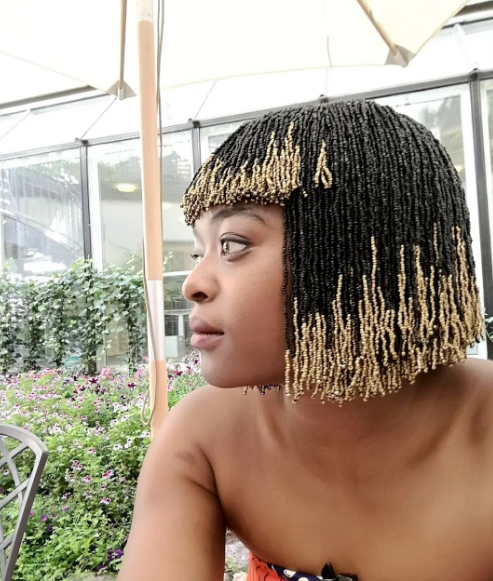
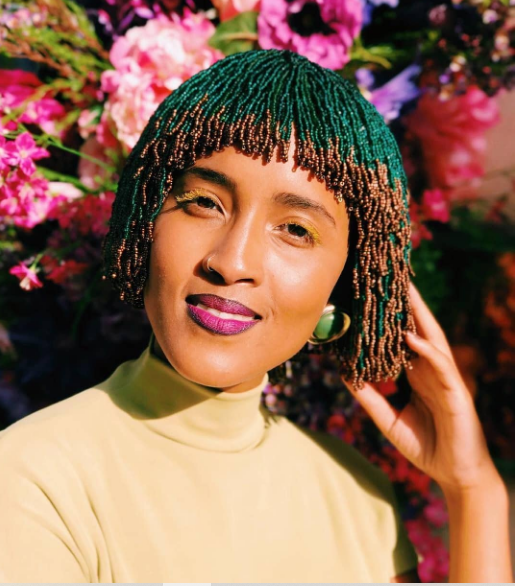
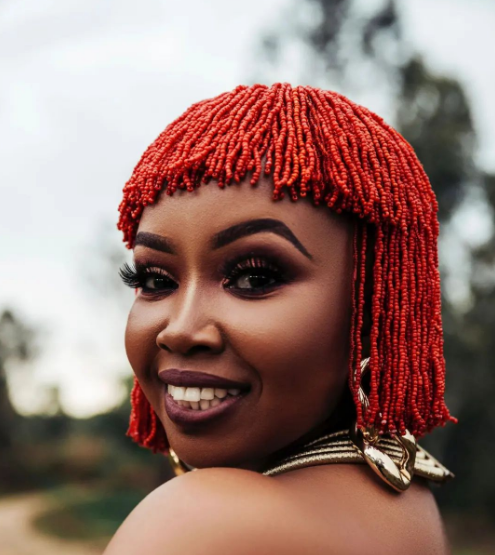









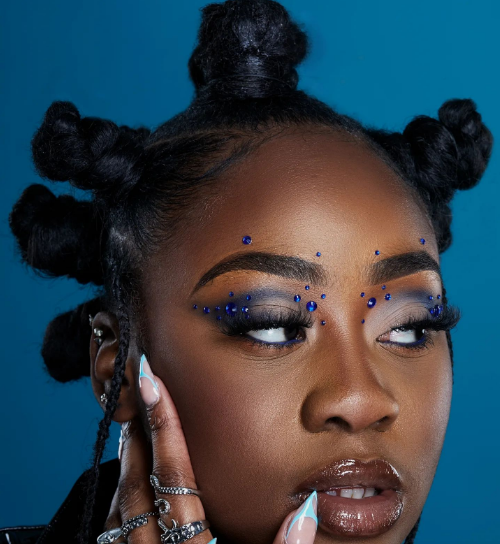 Hairstyling is not only a way to express creativity and personal style but also an opportunity to protect our hair from damage and promote healthy growth. Protective hairstyles are a fantastic way to shield your hair from environmental factors, excessive manipulation, and harsh styling tools. These hairstyles not only preserve your hair's health but also offer versatility and low-maintenance styling options. In this article, we will explore 20 protective hairstyles suitable for various hair types.
Hairstyling is not only a way to express creativity and personal style but also an opportunity to protect our hair from damage and promote healthy growth. Protective hairstyles are a fantastic way to shield your hair from environmental factors, excessive manipulation, and harsh styling tools. These hairstyles not only preserve your hair's health but also offer versatility and low-maintenance styling options. In this article, we will explore 20 protective hairstyles suitable for various hair types.